The evolution of auto format from conventional to trendy spans over a century, marked by monumental technological enhancements, altering cultural results, and transferring design philosophies. This is an unlimited analysis of the important factor tiers on this evolution:
Early Years (Late nineteenth Century – Early twentieth Century):
- Previously, as a result of nineteenth and early twentieth centuries, motors have been horseless carriages with designs closely impressed by horse-drawn automobiles.
- Vehicles featured large, uncovered engines, open cabins, timber or metallic our bodies, and spoked wheels.
- Some top-notch early designs embody the Ford Mannequin T and the Benz Patent-Motorwagen.
Artwork Deco Period (Twenties – Nineteen Thirties):
- Streamlined paperwork, geometric patterns, and highly-priced data characterize the Artwork Deco motion-motivated car format.
- Vehicles featured sleeker, additional aerodynamic shapes, with enclosed cabins and chrome accents.
- Luxurious producers like Bugatti, Rolls-Royce, and Duesenberg epitomized Artwork Deco car styling.
Publish-Struggle Interval (Nineteen Forties – Fifties):
- After World Struggle II, automotive layouts underwent large adjustments, specializing in mass manufacturing and patron-orientated designs.
- Vehicles have grow to be extra intensive, with distinguished fenders, chrome trim, and distinctive tailfins, reflecting the optimism and prosperity of the publish-conflict era.
Iconic designs, with the Chevrolet Bel Air, Cadillac Eldorado, and Ford Thunderbird, exemplified the styling of this period.
Mid-Century Fashionable (Nineteen Sixties – Nineteen Seventies):
- The Sixties and Nineteen Seventies observed a shift in direction of extra minimalist and invaluable designs, motivated by modernist ideas.
- Vehicles featured cleaner traces, unibody creation, and an emphasis on security and effectivity.
- European producers like Porsche, BMW, and Fiat introduced compact and sporty designs, at the same time as American producers experimented with muscle cars just like the Ford Mustang and Chevrolet Camaro.
Eighties – 2000s:
- The Nineteen Eighties marked a size of technological growth and globalization in automotive format.
- Aerodynamics has gained widespread consideration, primarily to smoother, extra rounded shapes.
- Japanese producers gained prominence for his or her reliable, gasoline-efficient cars, whereas European producers focused efficiency and luxury.
- The upward thrust of laptop-aided design (CAD) facilitated extra particular and modern designs.
- Notable designs from this era embody the BMW E30, Honda NSX, and Ford Taurus.
twenty first Century and Past:
- The twenty first century has seen a convergence of design traits, with rising consideration to sustainability, connectivity, and autonomous using applied sciences.
- Electrical automobiles (EVs) have gained recognition, resulting in reimagined car architectures and aerodynamic designs.
- Designers are exploring new substances and manufacturing strategies to boost effectivity and reduce environmental influence.
- Ideas like shared mobility and urbanization are influencing the format of compact, multifunctional automobiles.
- All through these phases, car design has been shaped utilizing a mix of technological innovation, cultural tendencies, regulatory necessities, and shopper choices, reflecting each period’s broader societal and industrial developments.
Present Developments and Future Instructions:
- Sustainability and environmental issues are driving important changes in automotive design. Producers are more and more centered on reducing emissions, enhancing fuel efficiency, and incorporating various powertrains, which embody electric-powered and hydrogen-fuel cellular expertise.
- Aerodynamics continues to play an important perform, with designers optimizing car shapes to minimize drag and beautify efficiency. That is significantly important as cars find yourself additional electrically powered, through which aerodynamic income concurrently translate into the extended selection.
- Connectivity and autonomous using features are reshaping motors’ indoor format and format. With the arrival of the self-riding period, there could also be a creating emphasis on creating soft, versatile interiors that cater to quite a few passenger wants, comparable to work, leisure, and rest.
- Designers are exploring progressive substances and manufacturing methods to brighten cars’ aesthetic enchantment and functionality. Sustainable substances like recycled plastics, pure fibers, and eco-friendly composites are gaining traction, at the same time as superior manufacturing strategies, which embody 3D printing and additive manufacturing, present new prospects for personalisation and light-weight.
- Personalization and customization have grow to be more and more crucial as clients seek for particular, tailored experiences. Automakers present numerous alternate options and equipment, allowing purchasers to customise the whole thing from out of doors paint hues to indoorterials and period options indoors.
- Collaborations amongst conventional automakers and tech companies are blurring the traces between transportation and era, resulting in the emergence of intelligent, associated cars. These collaborations use enhancements in private interface format, infotainment techniques, and vehicle-to-the-entirety (V2X) communication, paving the best way for extra built-in and seamless driving enjoyment.
- Urbanization and changing mobility patterns affect car format, particularly in densely populated cities with constrained area. Compact, agile motors optimized for metropolis environments, which embody electric-powered scooters, bicycles, and micro-mobility solutions, are gaining recognition as alternate options to traditional cars.
- In summary, the evolution of automotive design from conventional to fashionable shows a dynamic interaction of technological innovation, cultural shifts, regulatory necessities, and shopper prospects. Wanting forward, designers will proceed to push the bounds of creativity and innovation to create motors that are not best aesthetically pleasing however moreover sustainable, environment friendly, and seamlessly included within the evolving mobility ecosystem.
Supplies Innovation:
- Developments in supplies expertise have profoundly impressed automotive layouts. From the early days of metal and aluminum to the adoption of light-weight composites and carbon fiber, cloth innovation has enabled designers to create extra sturdy, safe, and additional fuel-green automobiles.
- Carbon fiber has revolutionized automotive design considerably by presenting a superb electricity-to-weight ratio. Its use in chassis elements, physique panels, and indoor trim has allowed for widespread weight discount with out compromising structural integrity.
- Sustainable substances are additionally gaining traction, with automakers exploring choices together with recycled plastics, bio-based composites, and natural fibers like bamboo and hemp. These supplies cut back environmental influence and provide explicit aesthetic and tactile traits.
Consumer-Centric Design:
- Consumer get pleasure from (UX) design has grow to be an an crucial consciousness in cutting-edge car format. Designers are paying shut consideration to how clients work together with automobiles in and out to create intuitive, ergonomic, and thrilling tales.
- The inside format has superior to prioritize comfort, comfort, and connectivity. Options together with adjustable seating, ambient lights, intuitive infotainment constructions, and voice-activated controls beautify the driving expertise.
- The outside format is likewise inspired by way of user-centric points, with features like aerodynamic styling, computerized headlights, and palms-loose entry turning into more and more frequent. Designers try to create automobiles that now not solely look correctly however seamlessly mix into customers’ existence.
Digital Design Instruments:
- The appearance of digital format gear, together with pc-aided format (CAD), pc-aided engineering (CAE), and digital fact (VR), has revolutionized the automotive design process.
- CAD software program permits designers to create and iterate on designs shortly and precisely, bettering advanced shapes and sophisticated data. CAE instruments enable engineers to simulate and optimize car general efficiency, sturdiness, and security earlier than bodily prototypes are constructed.
- VR era is more and more used for immersive format critiques, permitting designers and stakeholders to visualise and evaluate car designs in a digital surroundings. This enhances collaboration, reduces time-to-market, and allows better-informed format selections.
Cultural Influences:
- Cultural traits, societal values, and worldwide views deeply affect car format. Totally different areas of the sector have their very own design languages and aesthetic preferences, forming car’ designs.
- As an illustration, in Europe, a sturdy emphasis on magnificence, sophistication, and efficiency is mirrored within the design of luxurious producers like Mercedes-Benz, BMW, and Audi. In analysis, the American car format frequently emphasizes boldness, power, and individuality, as seen inside Ford, Chevrolet, and Dodge designs.
- Cultural shifts, together with changing attitudes towards sustainability, selection, and inclusivity, additionally influence car design. Designers are more and more aware of those components, incorporating sustainability, inclusivity, and cultural relevance into their designs.
- By exploring these explicit components of automotive format evolution, we achieve a extra profound know-how of how design tendencies, technological enhancements, shopper choices, and cultural impacts have shaped the advance of automobiles from conventional to fashionable situations.


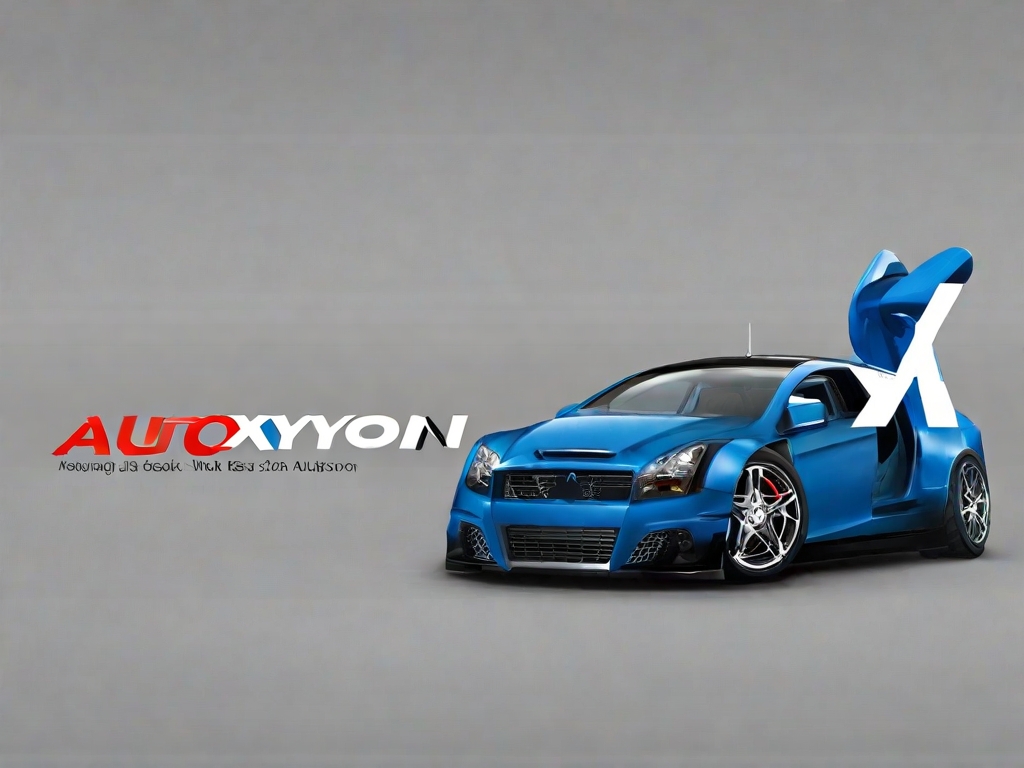




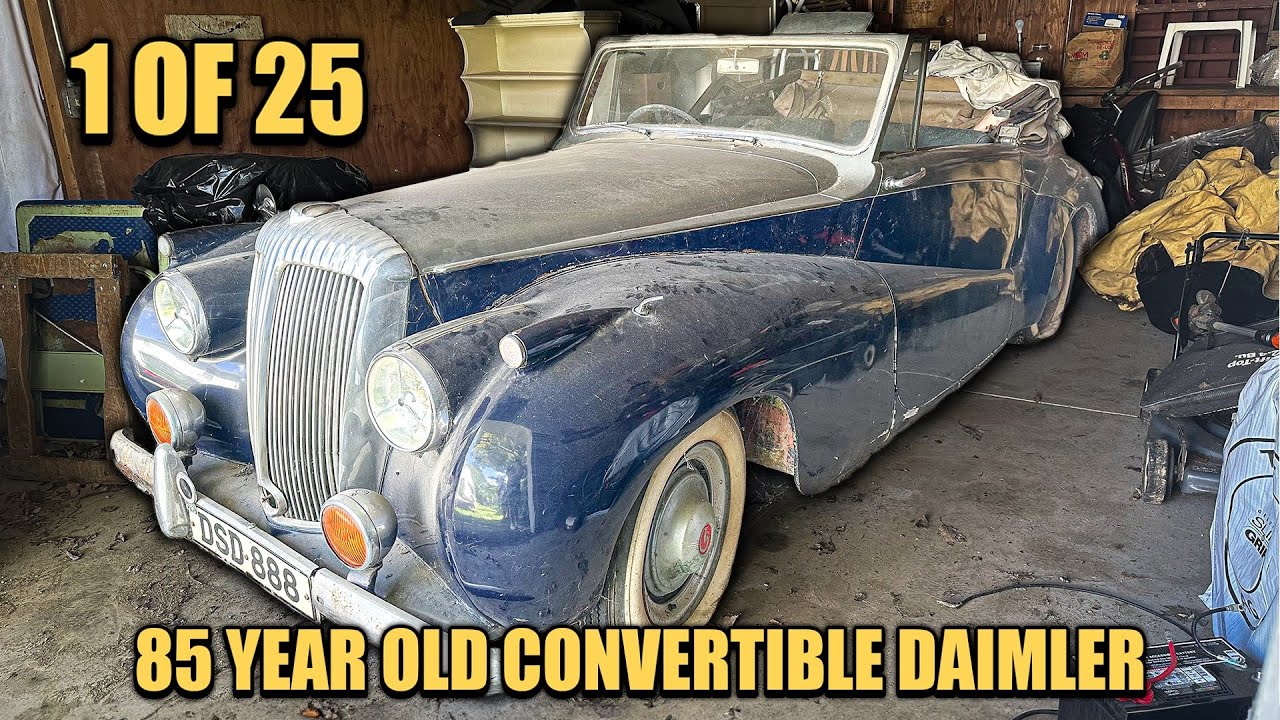











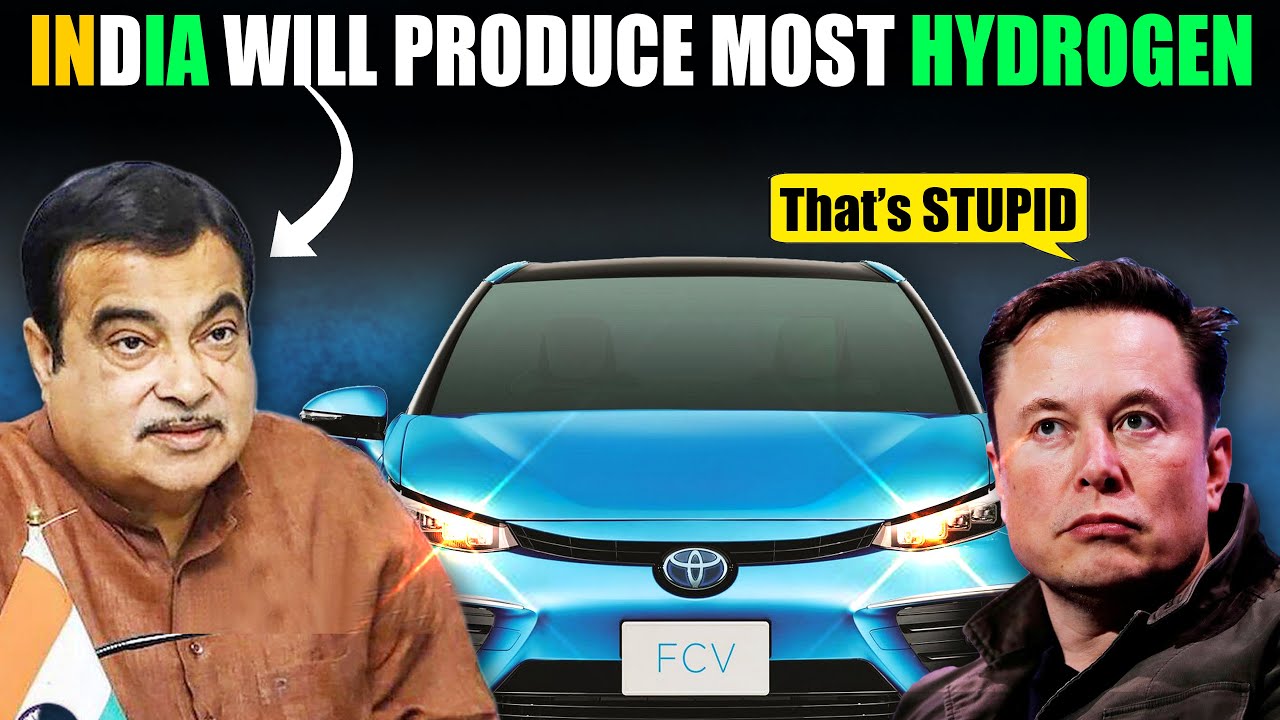

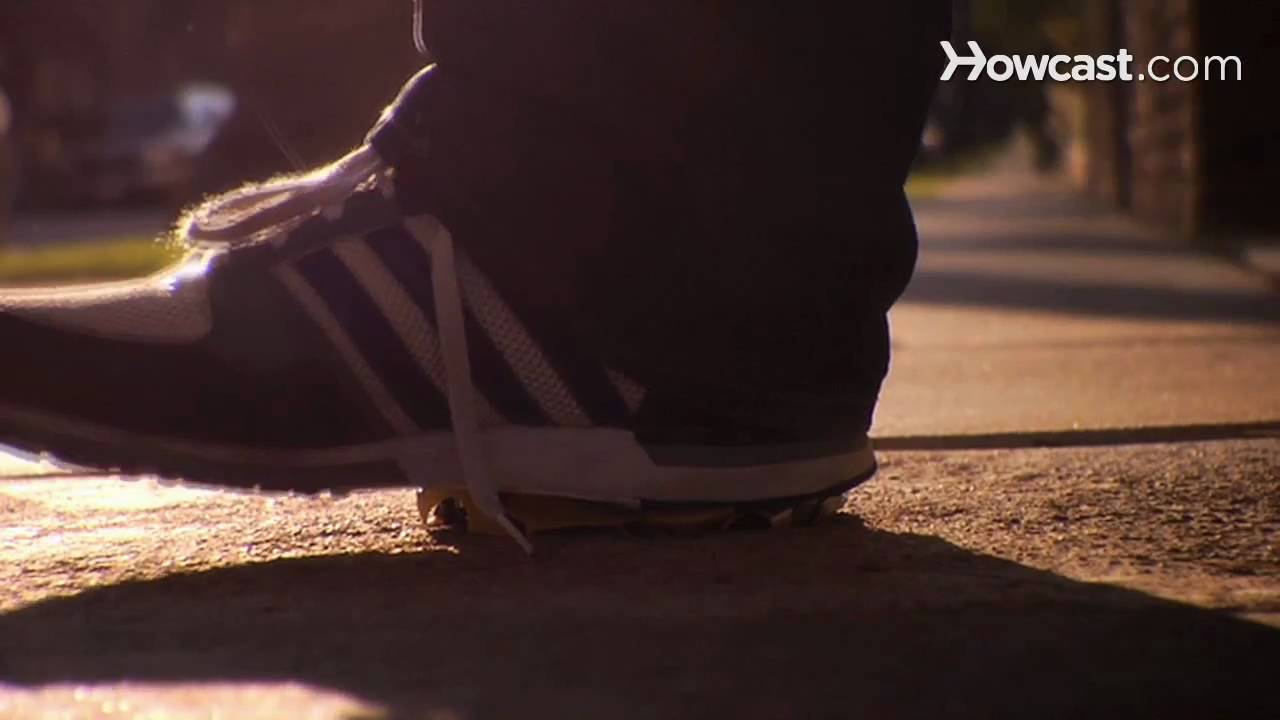
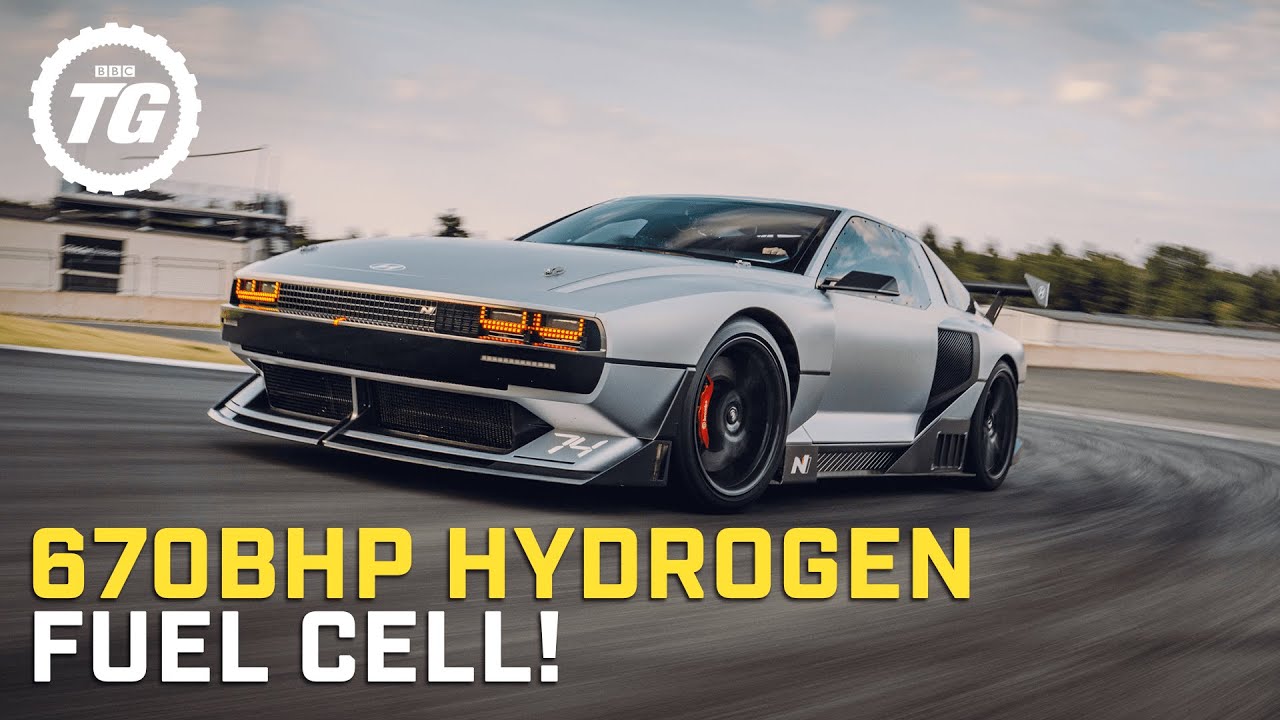
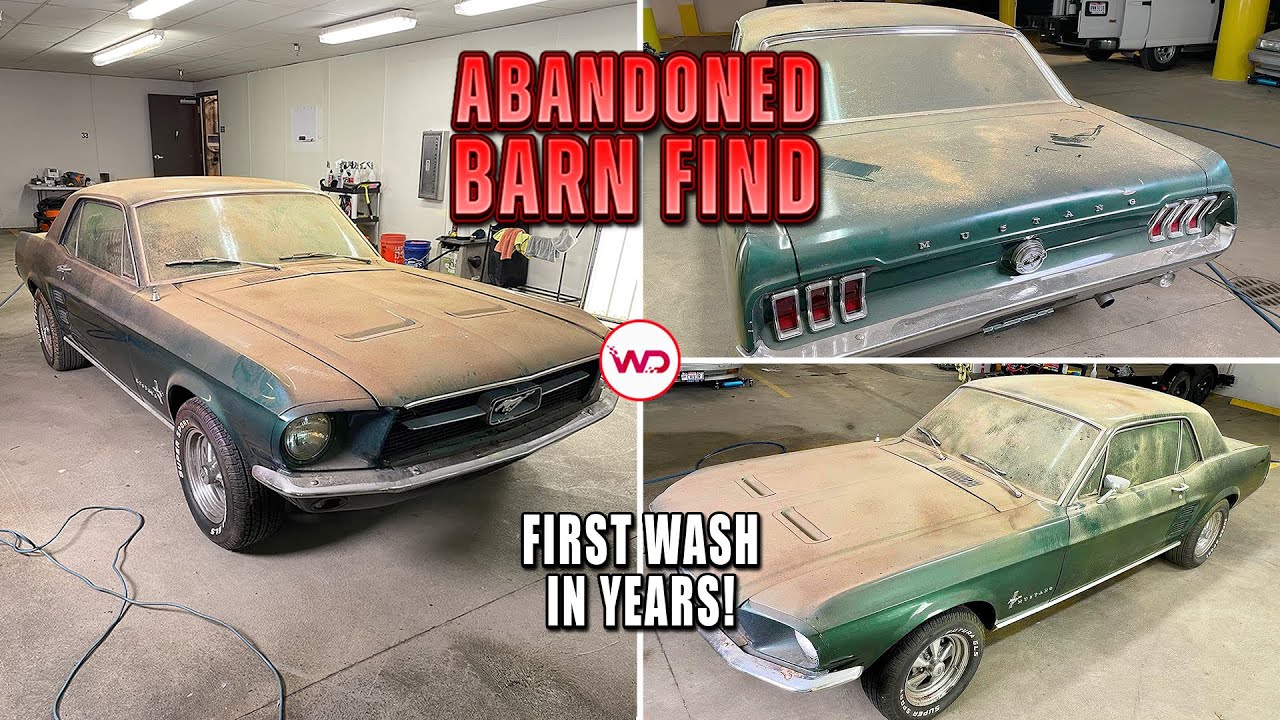







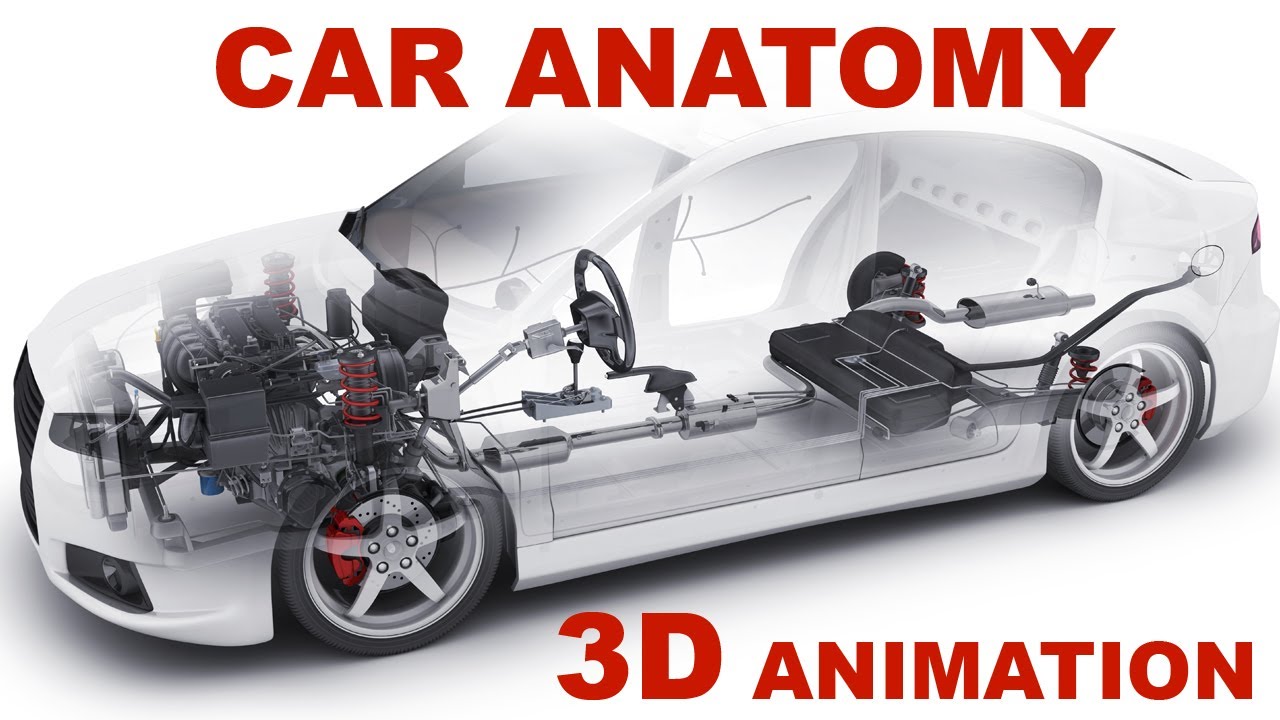



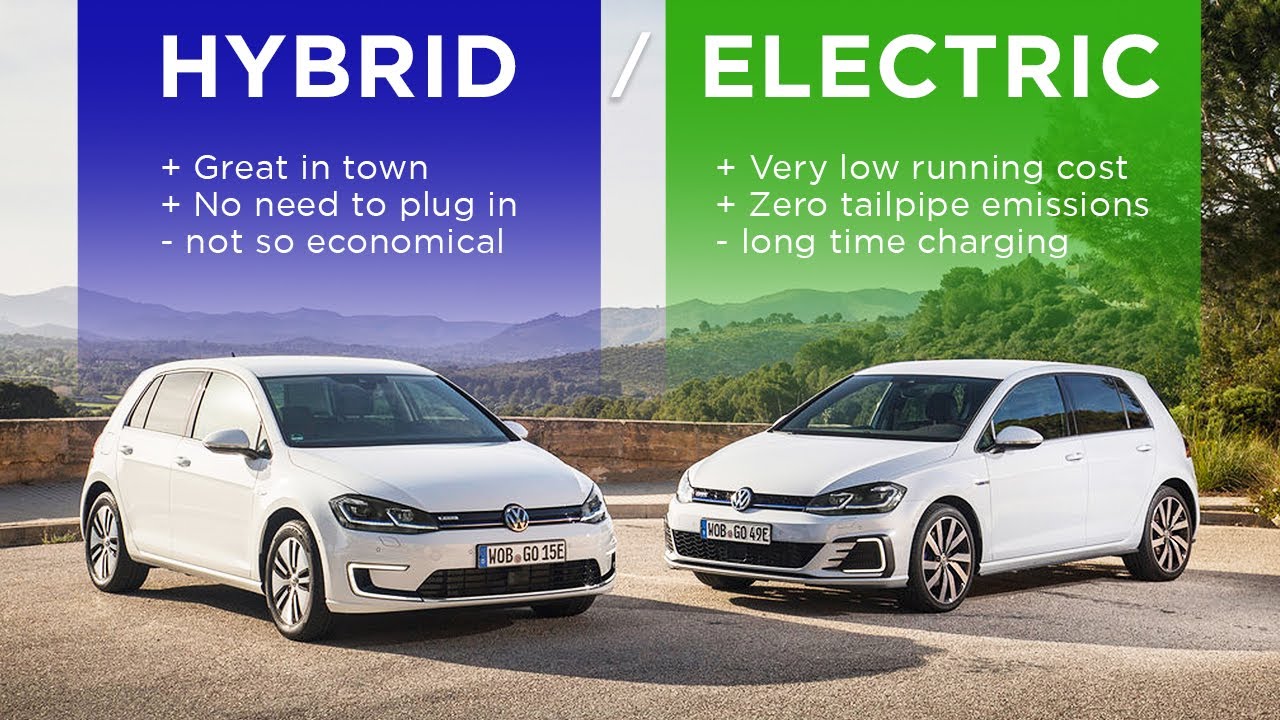

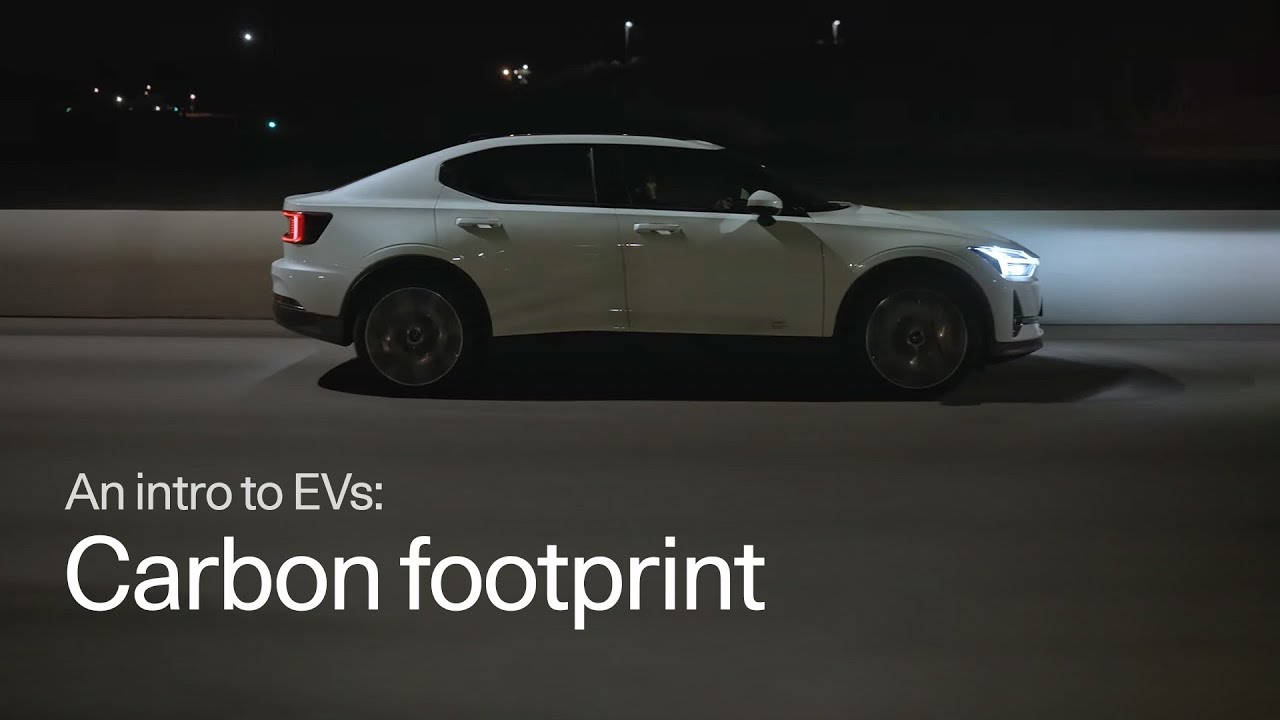




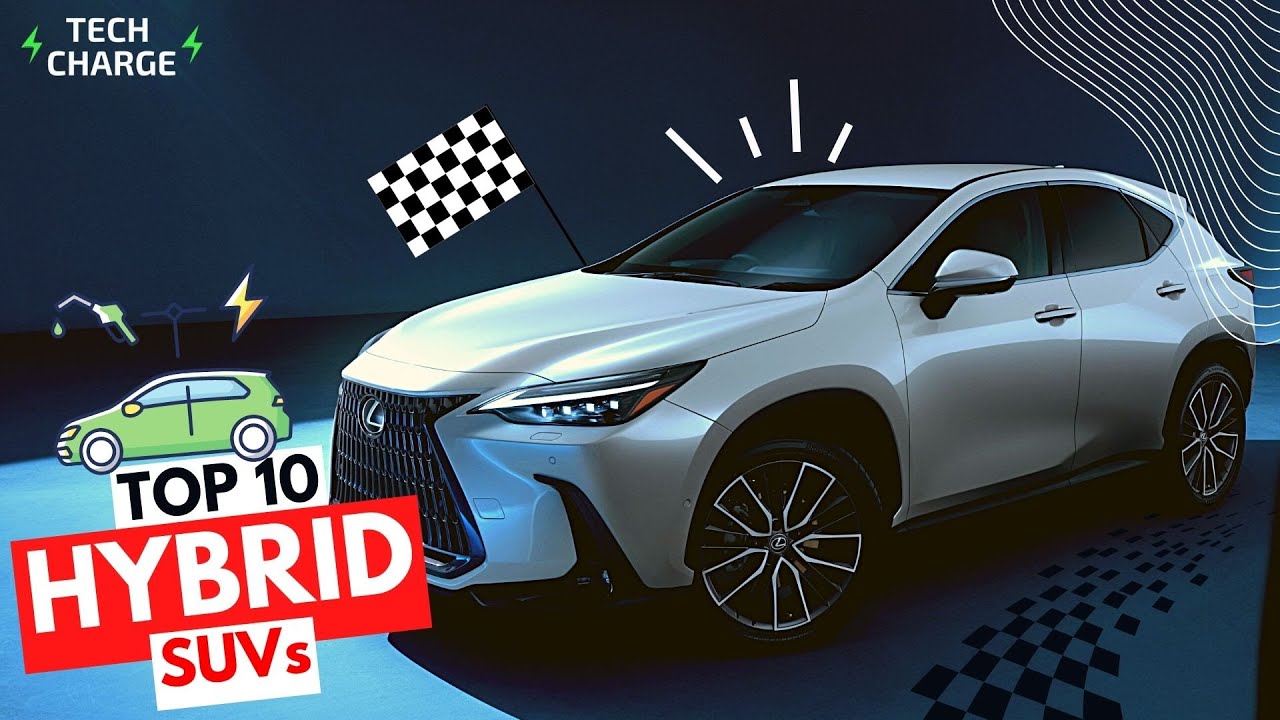

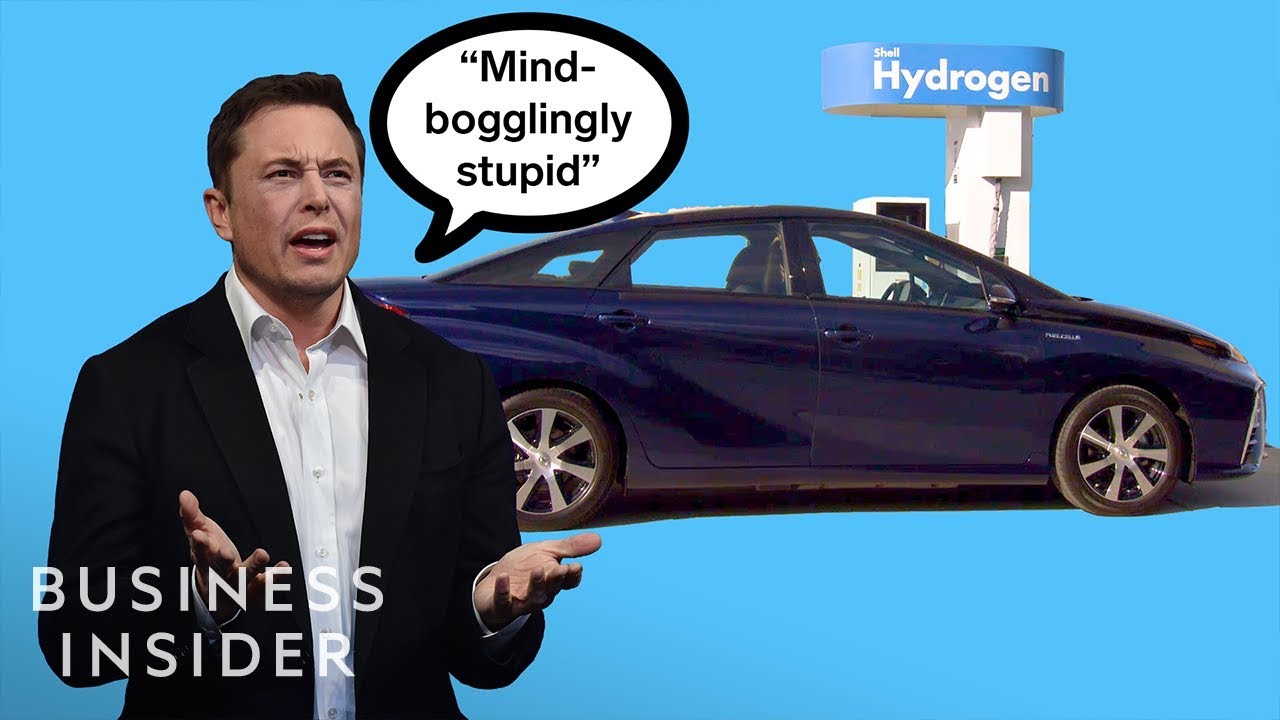

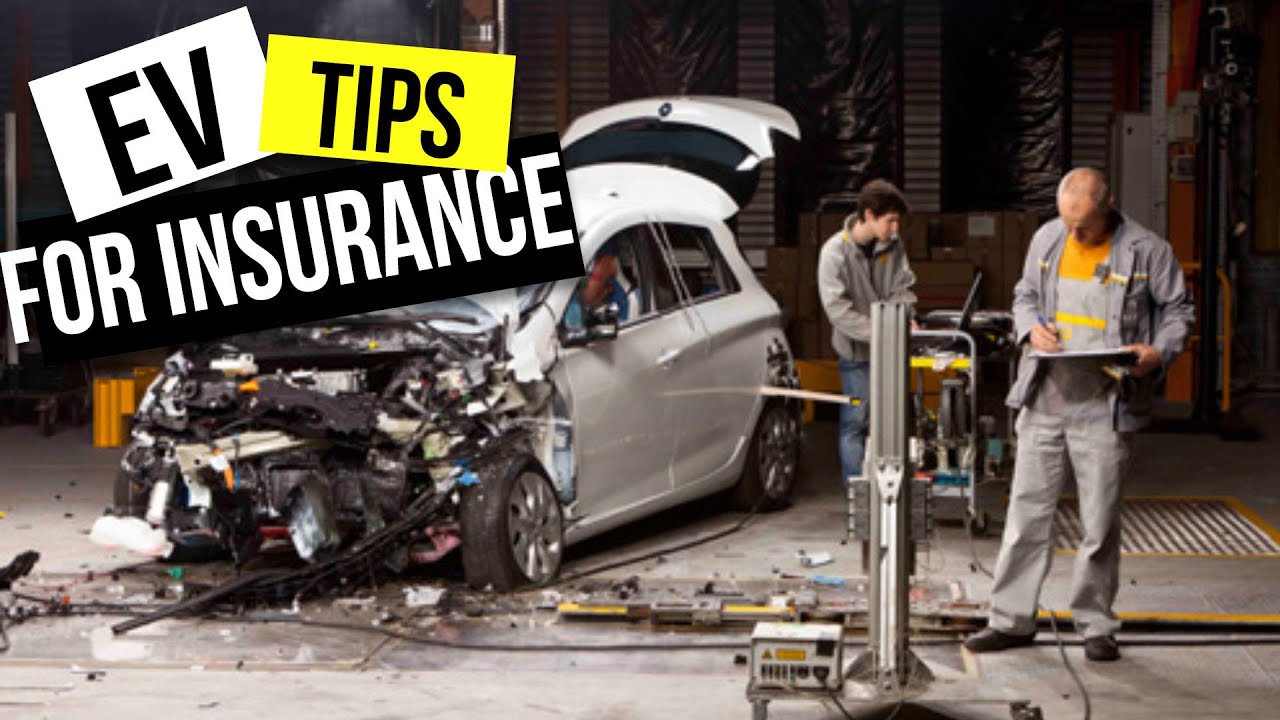










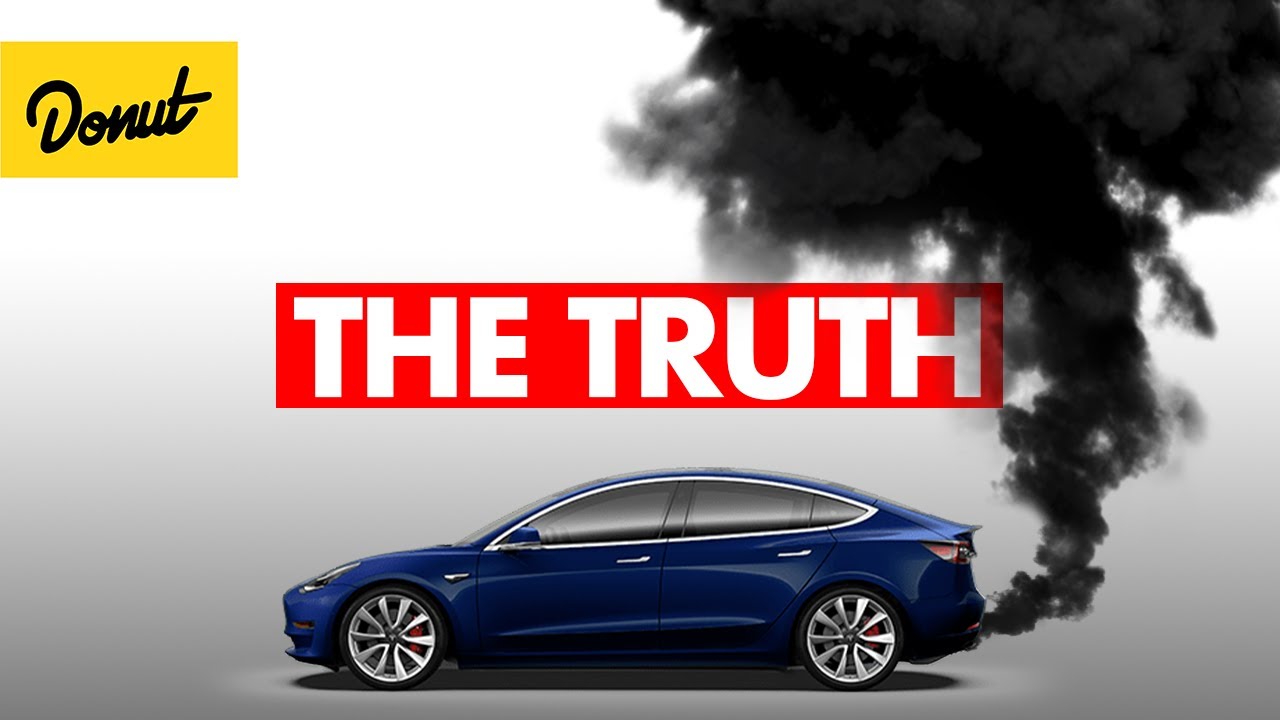
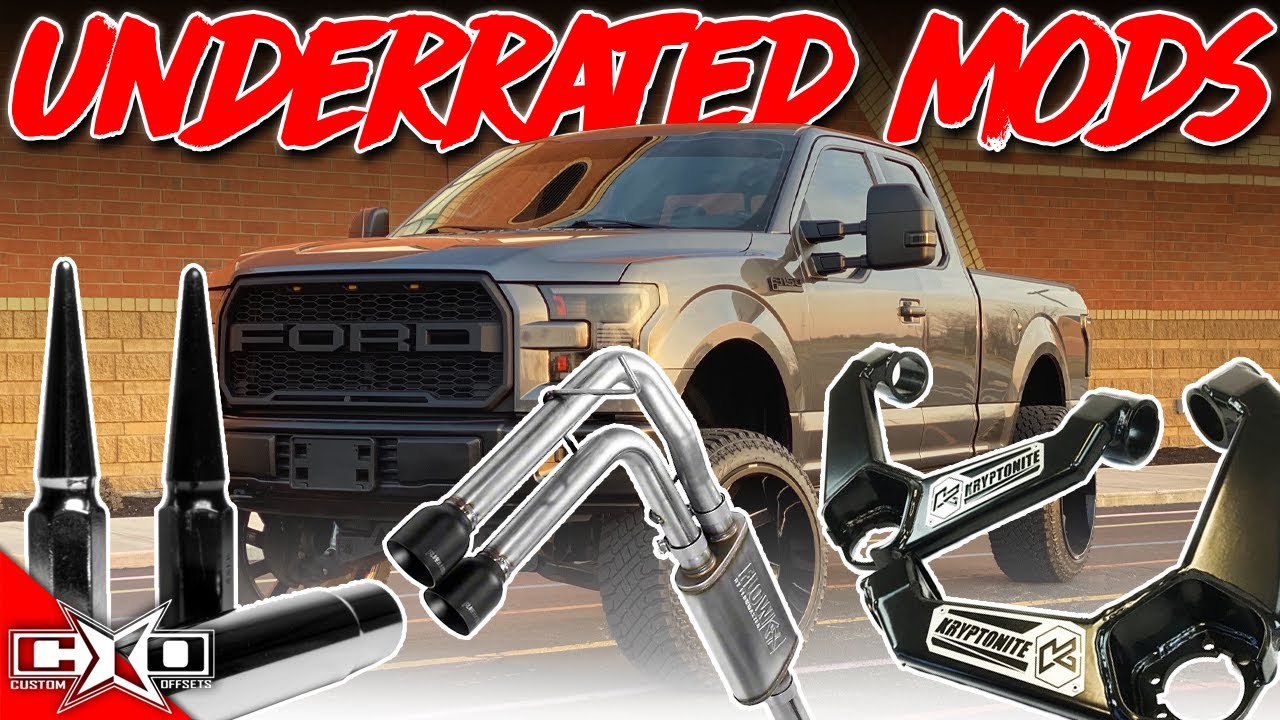







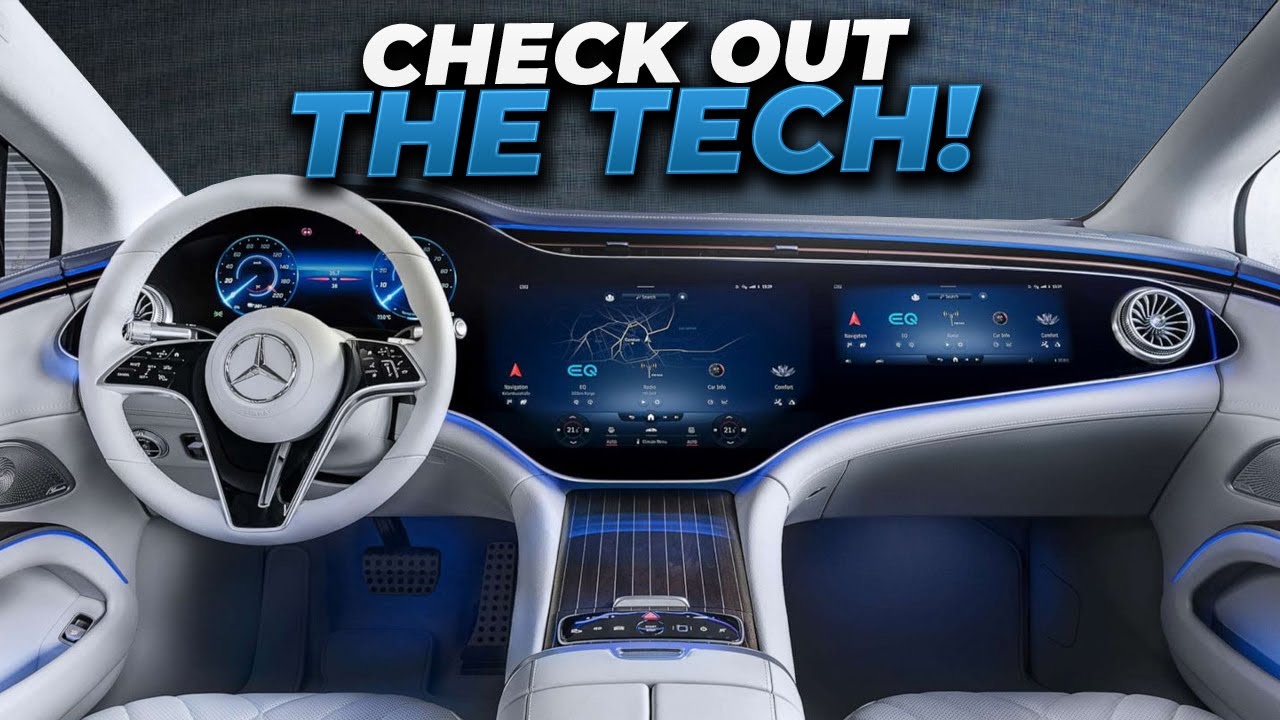








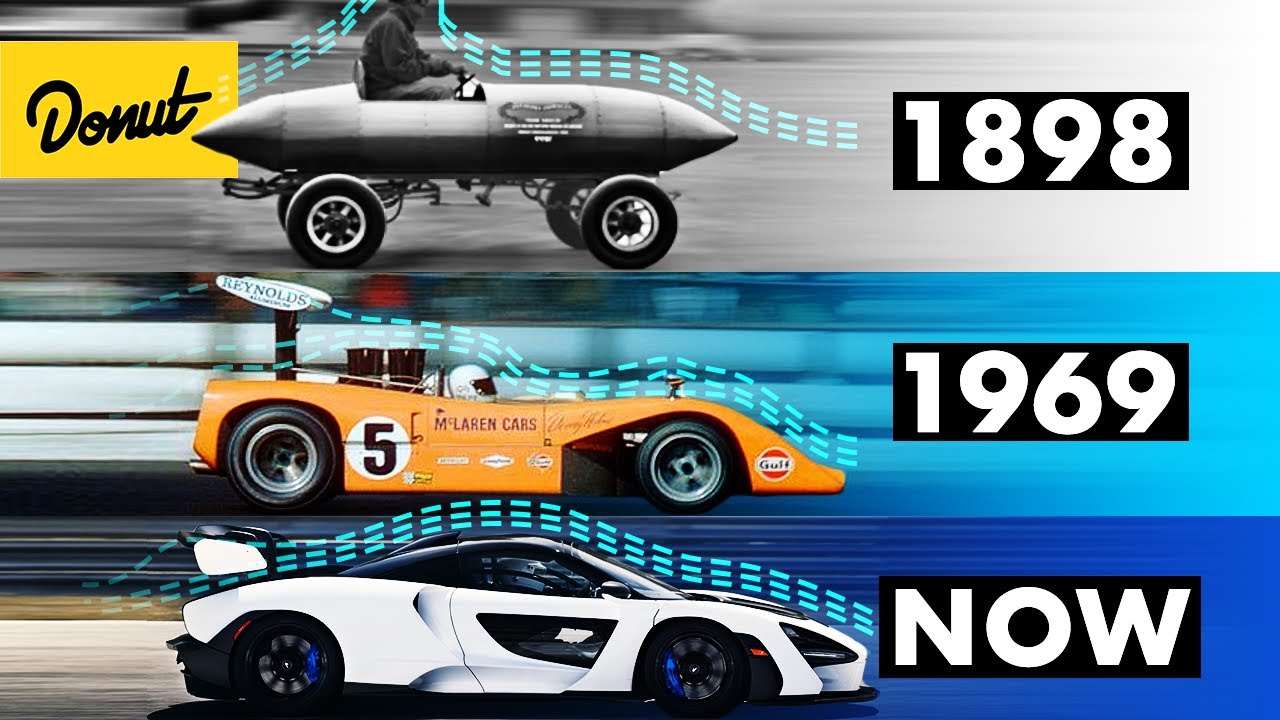



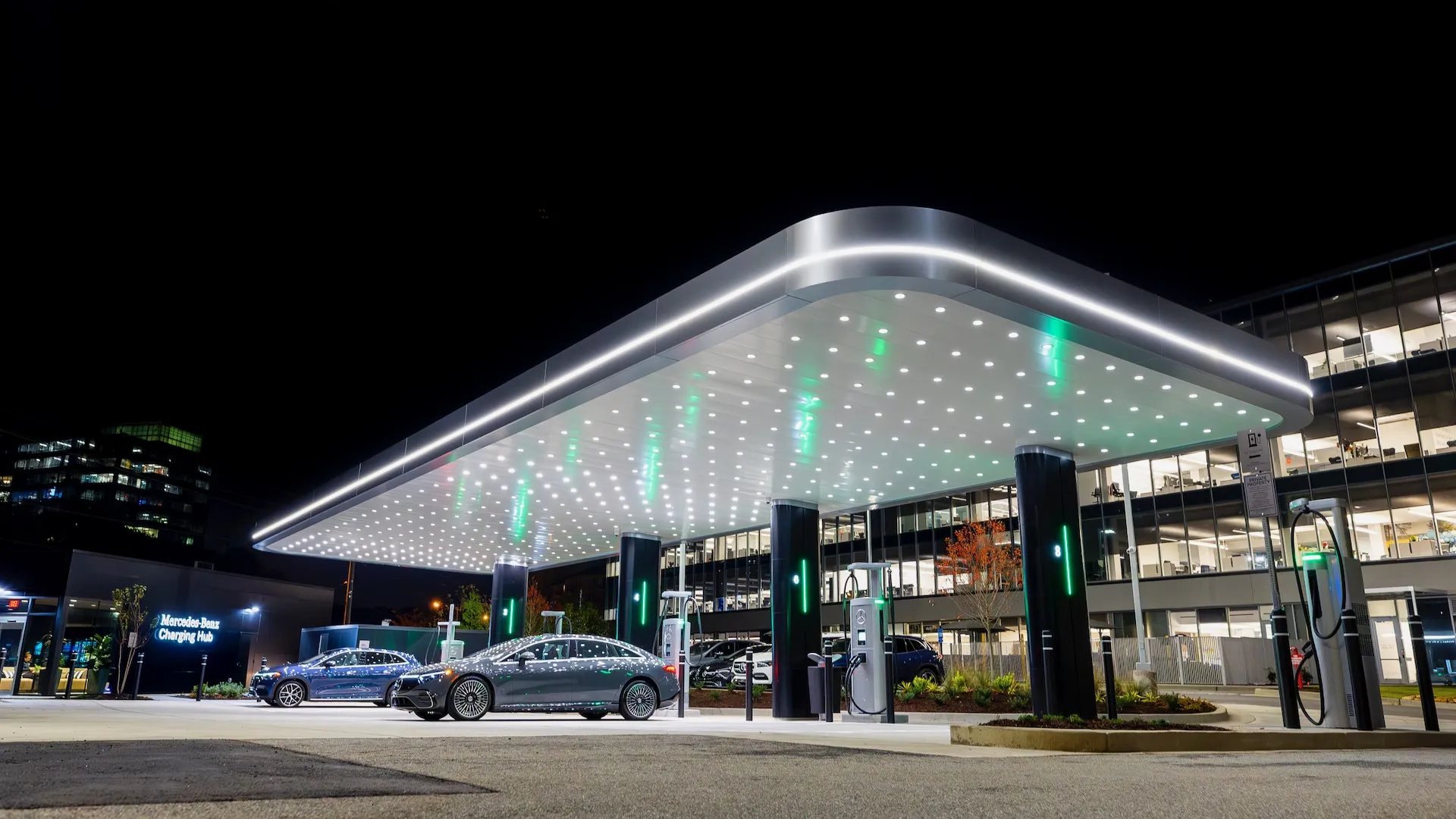
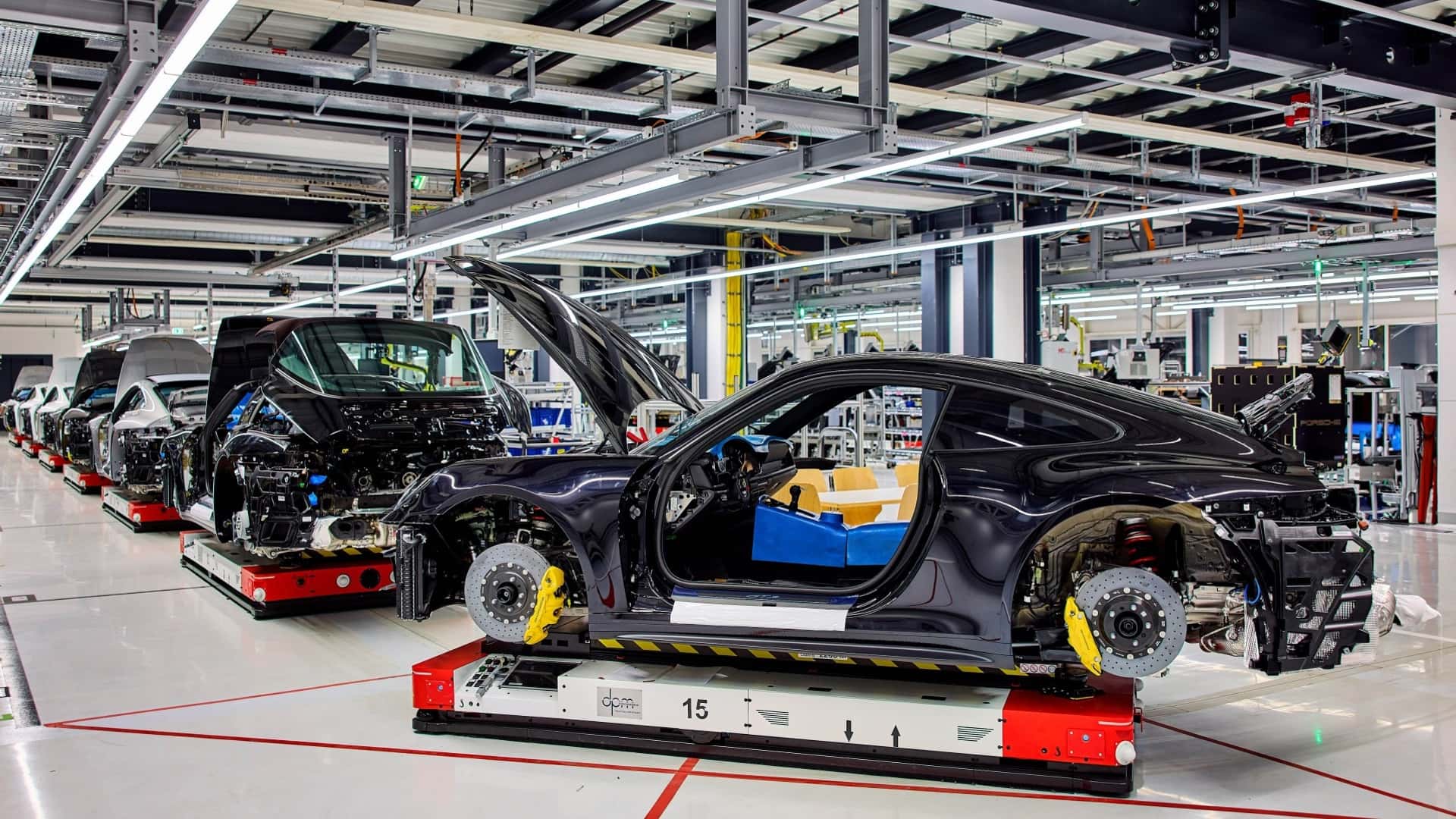

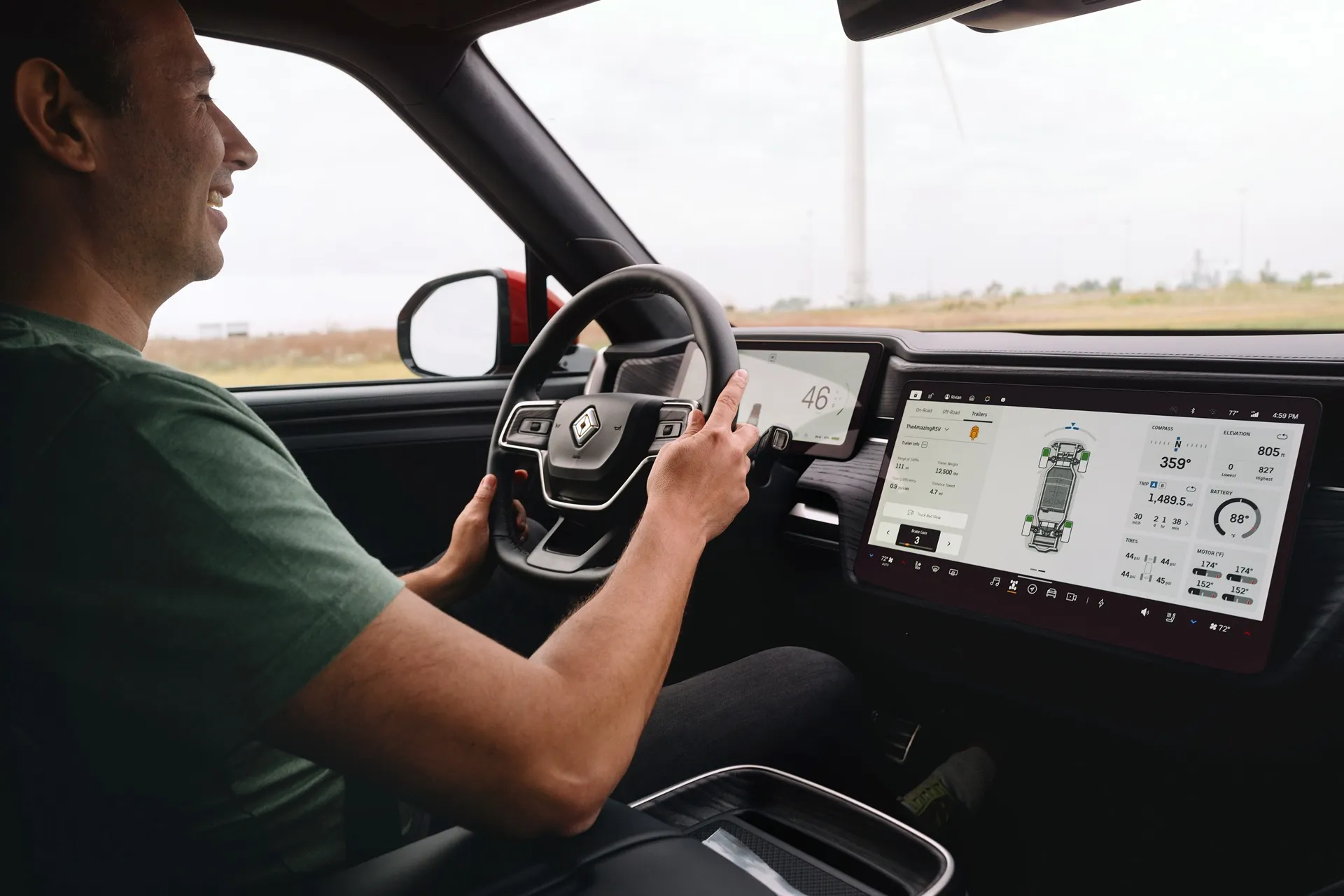
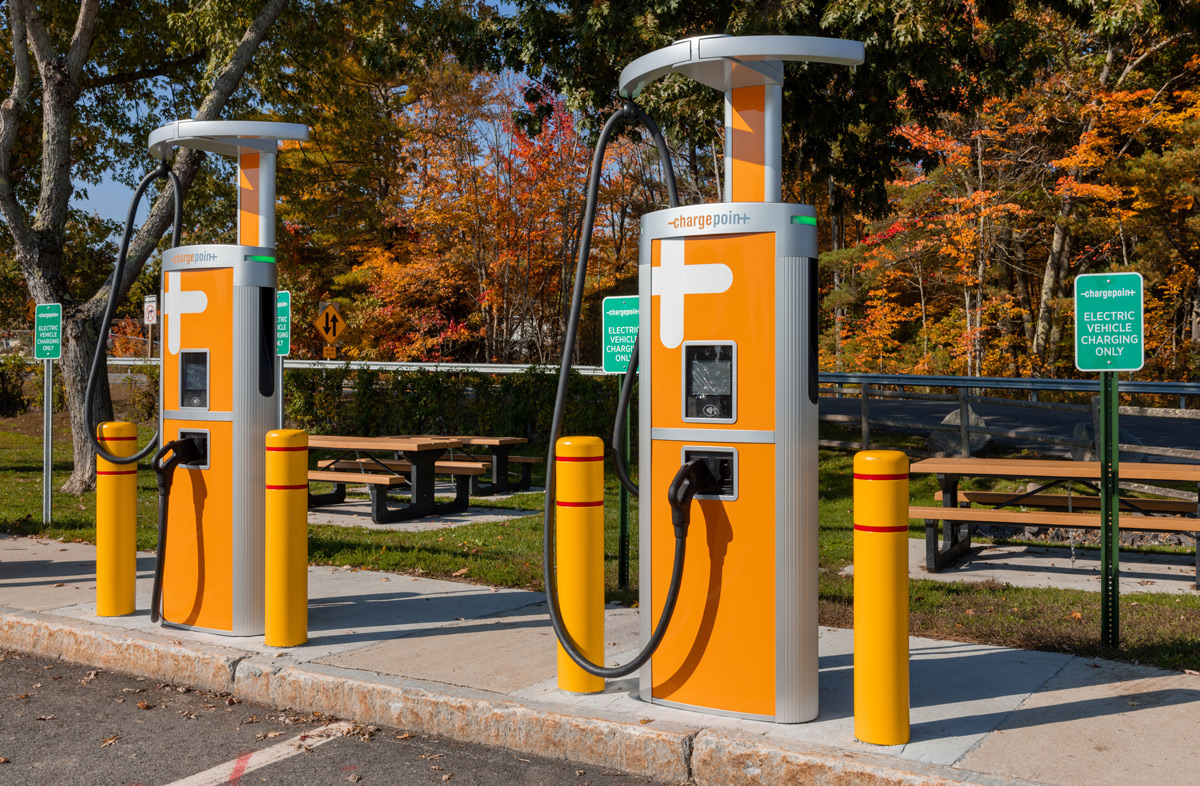




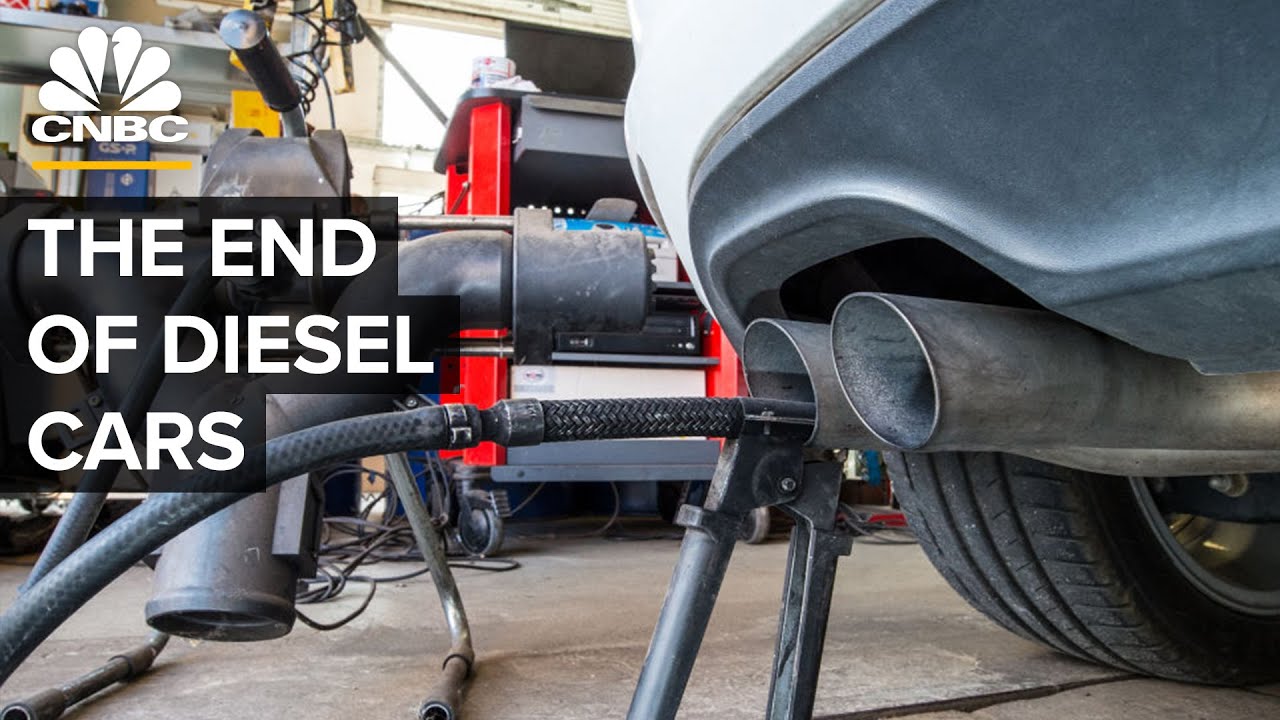










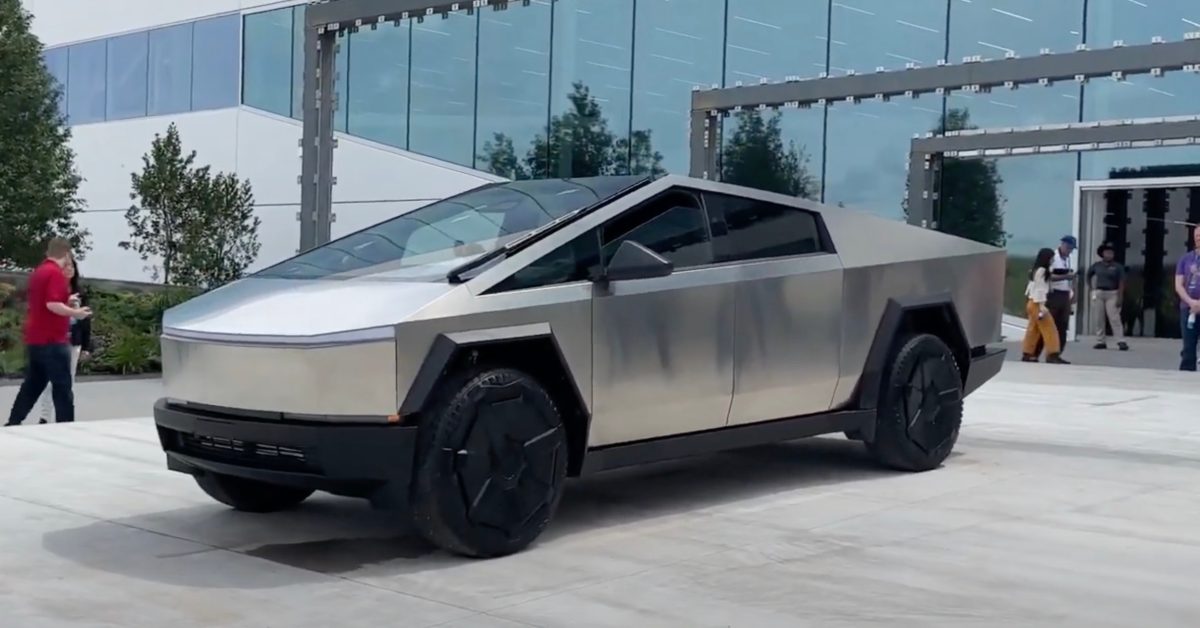

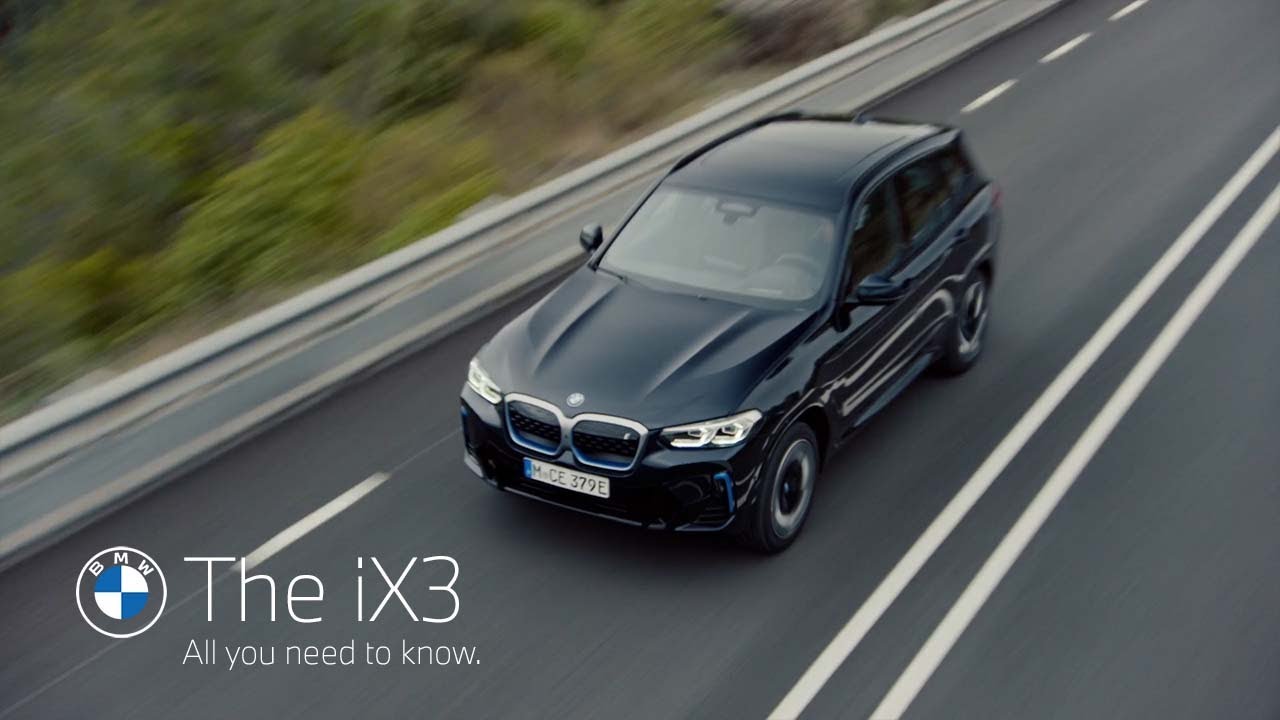

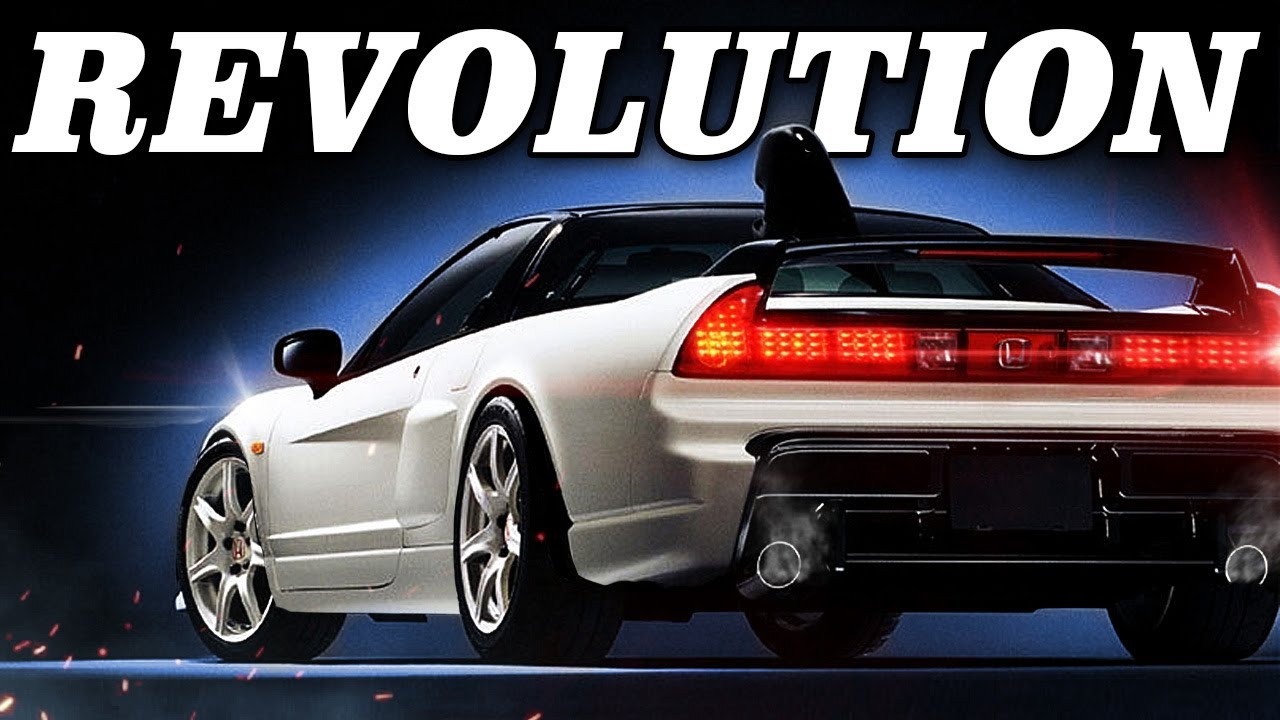

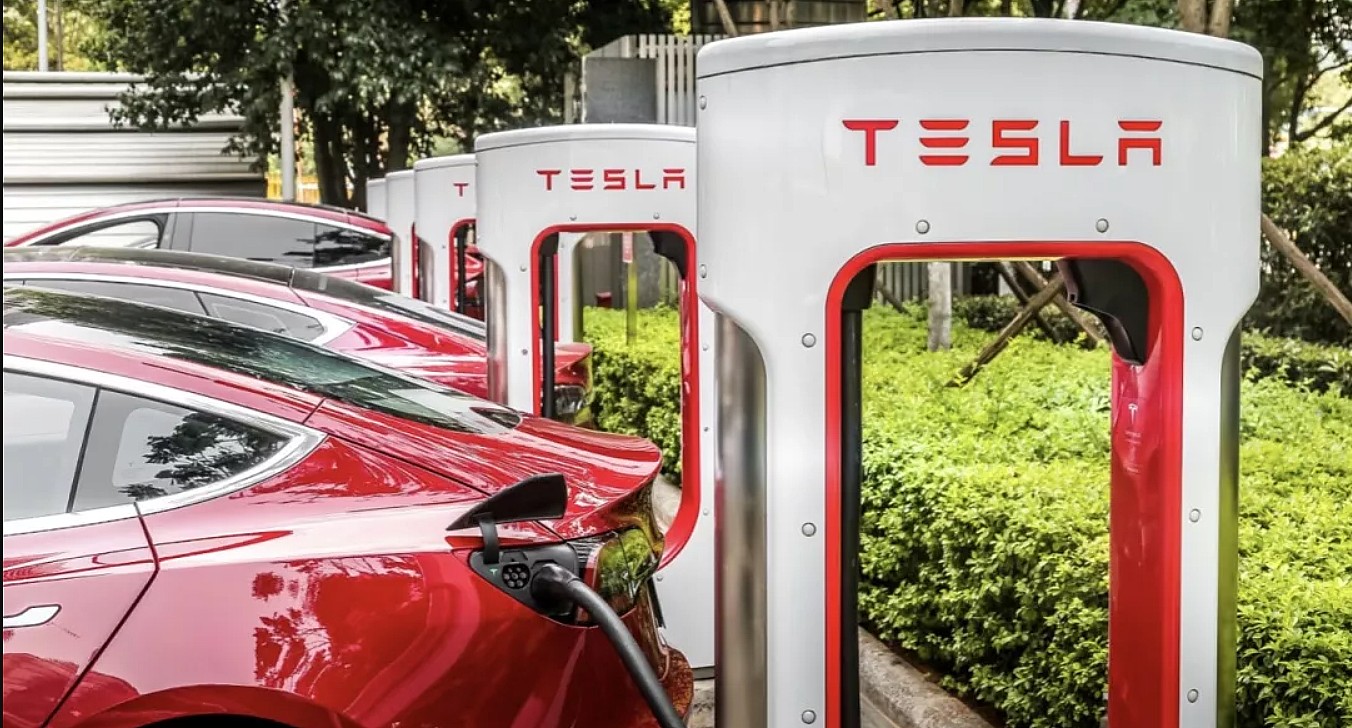











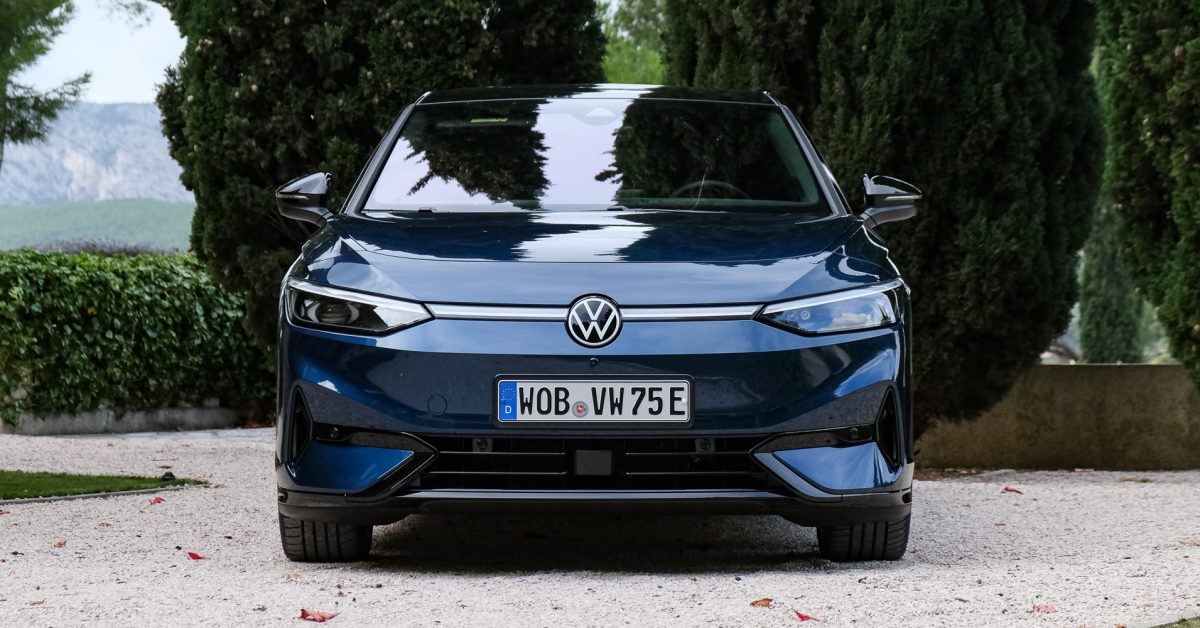



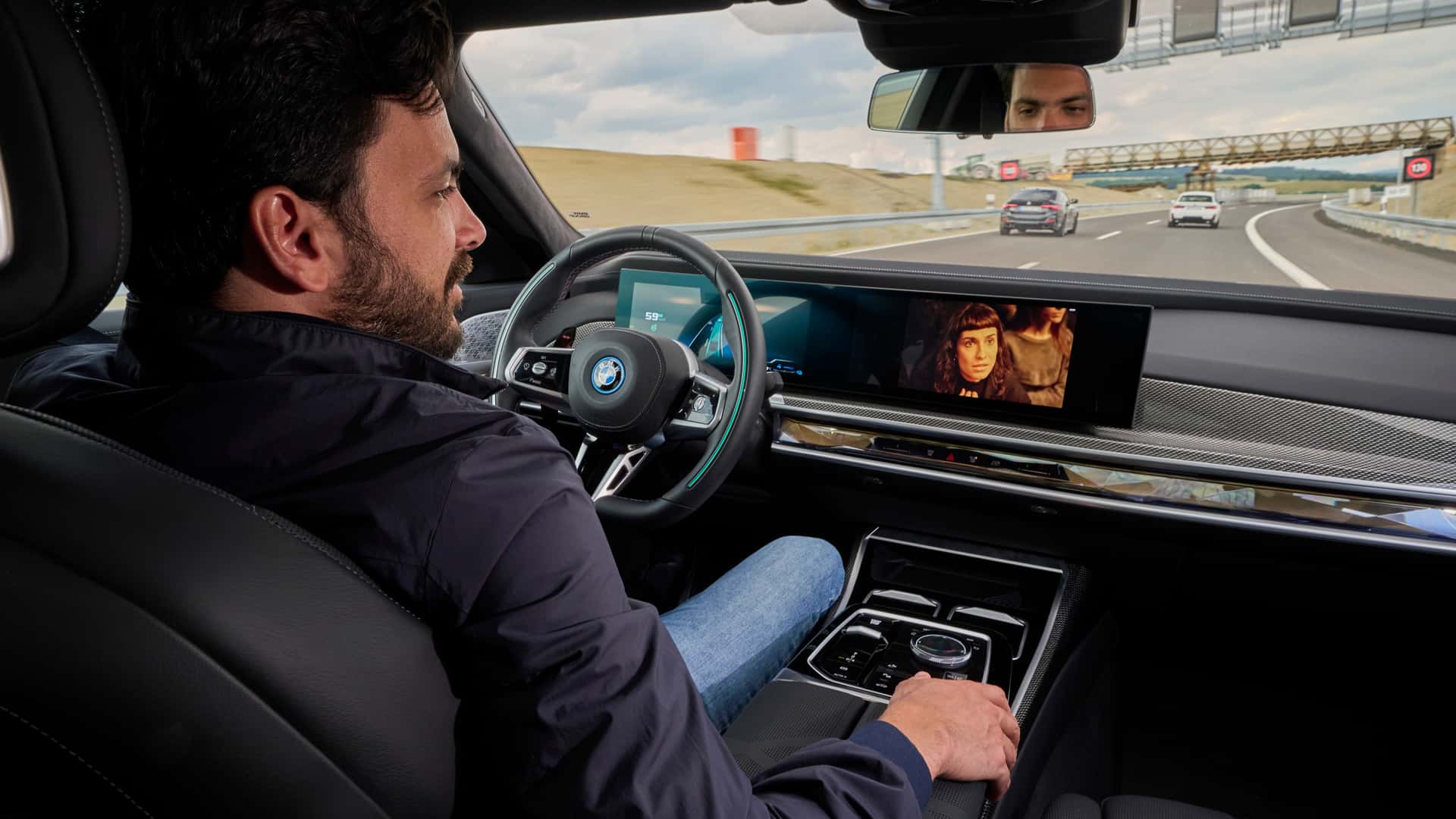
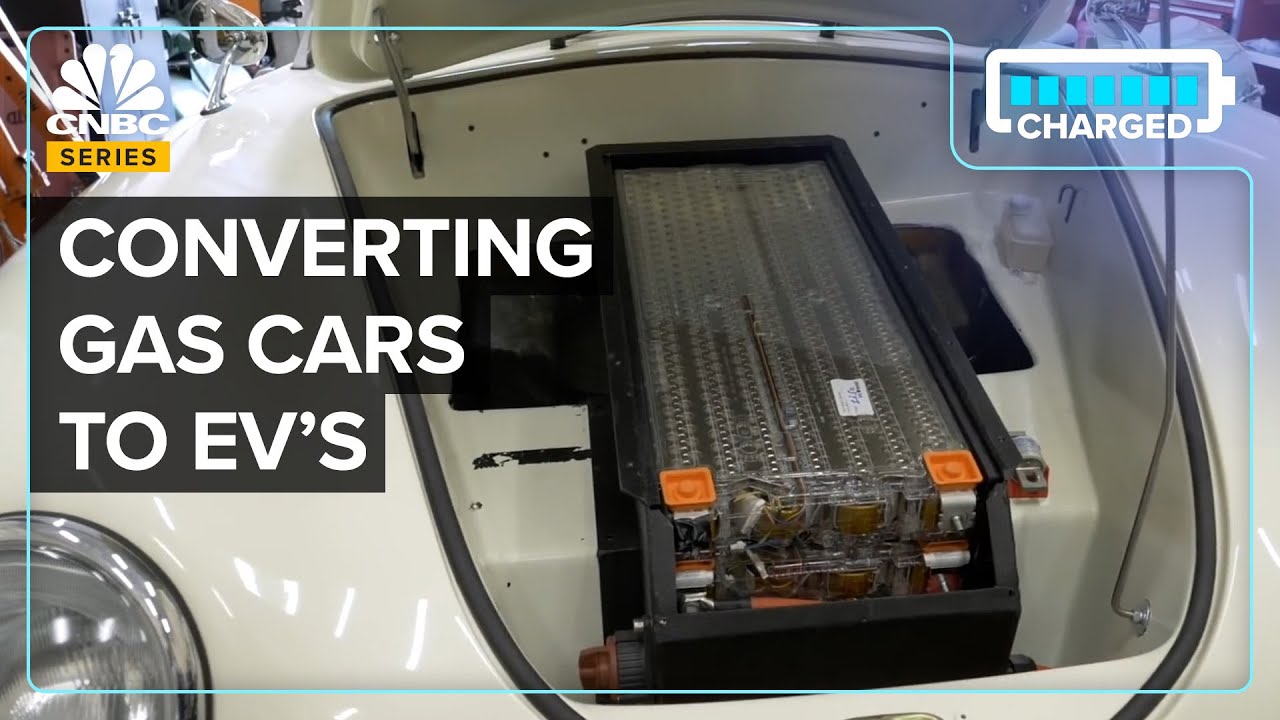
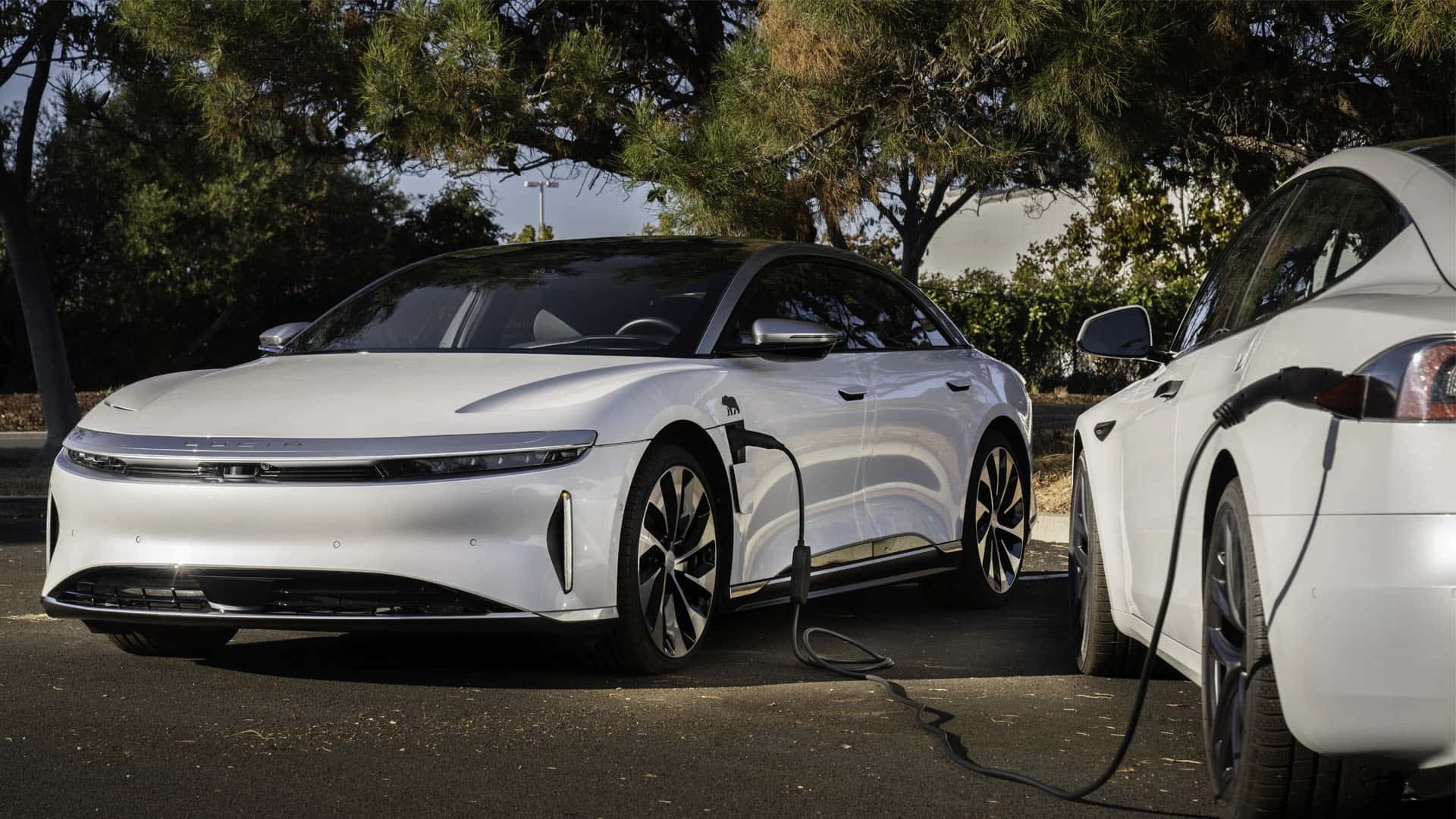


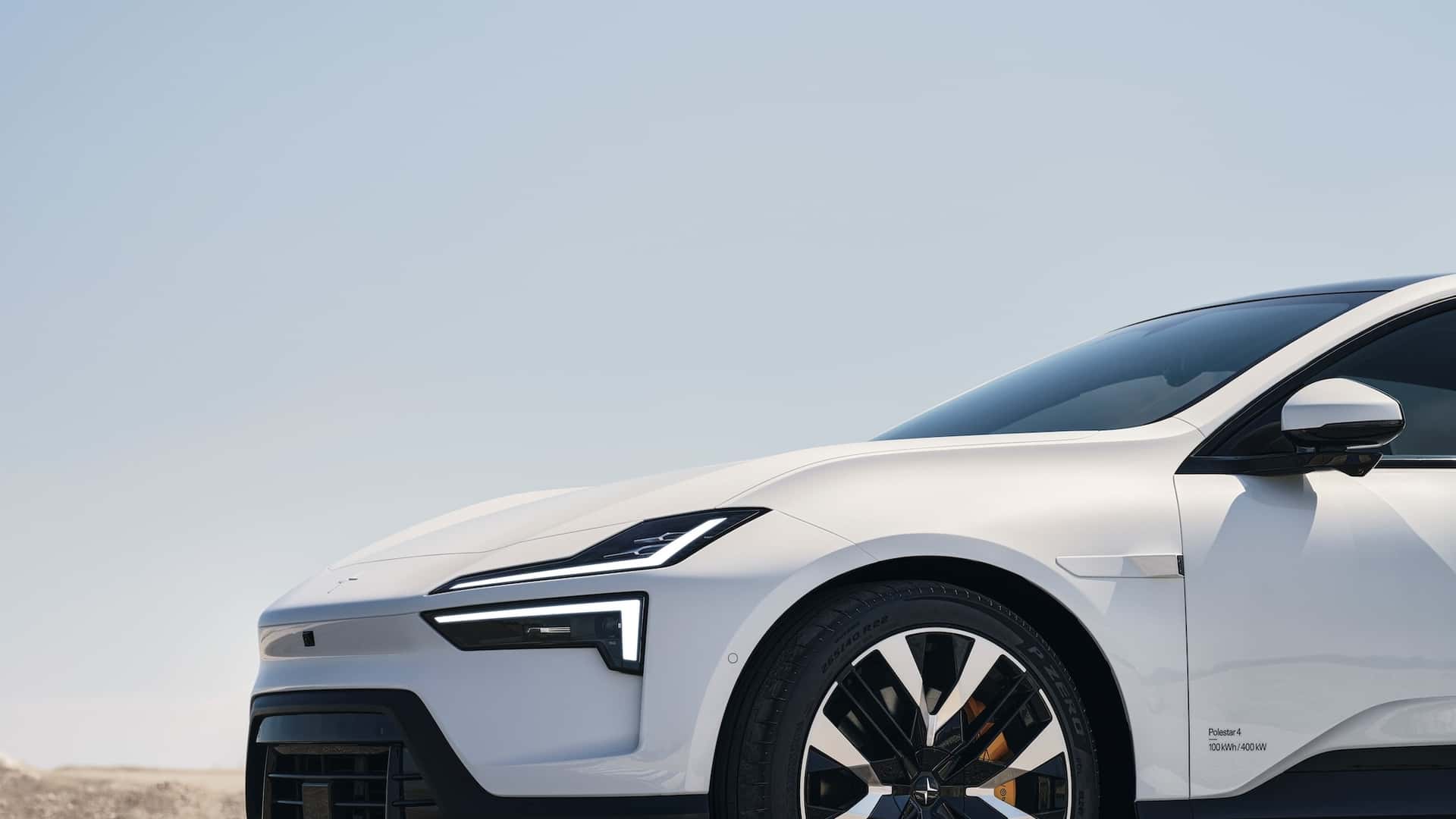




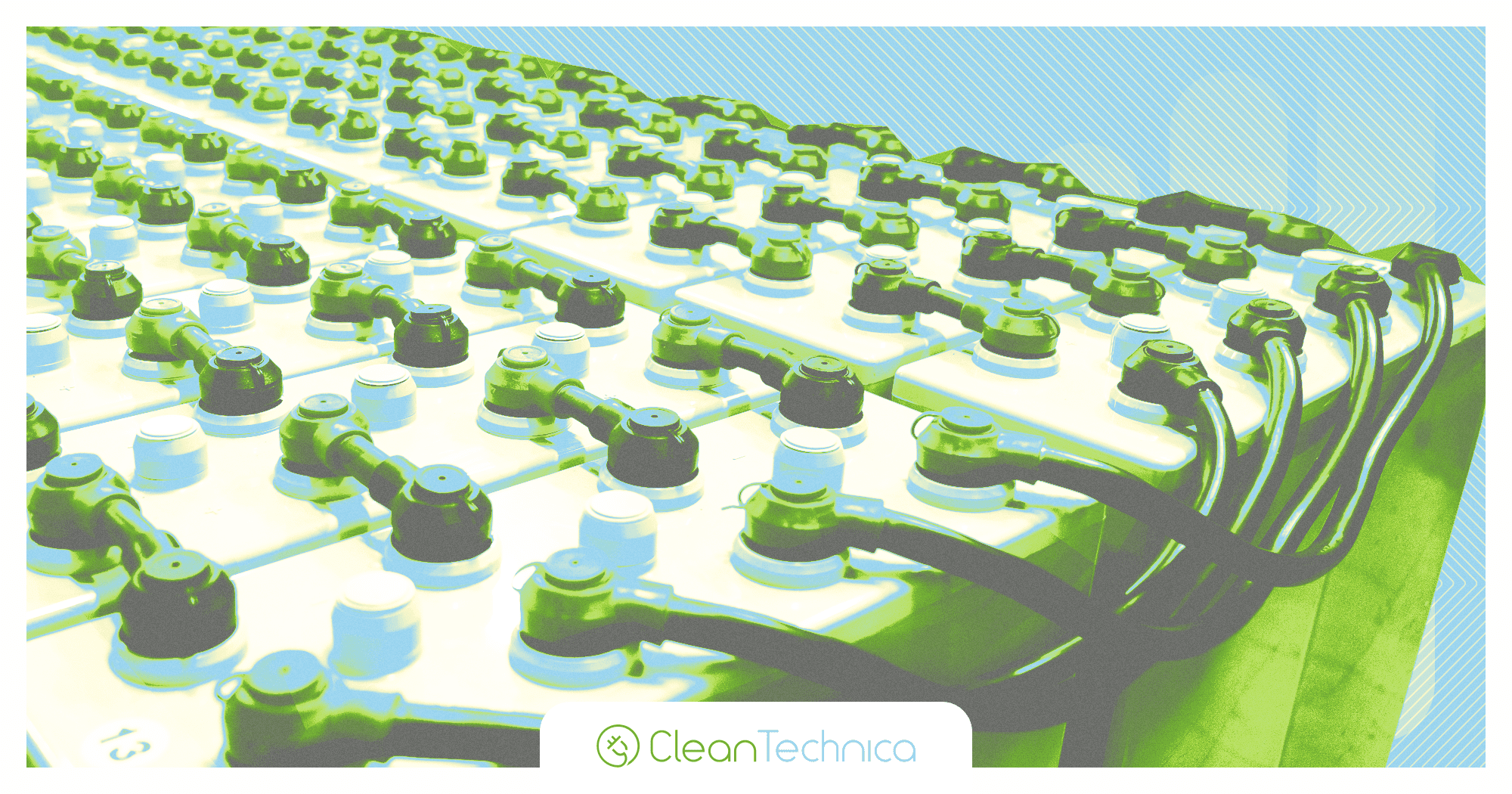







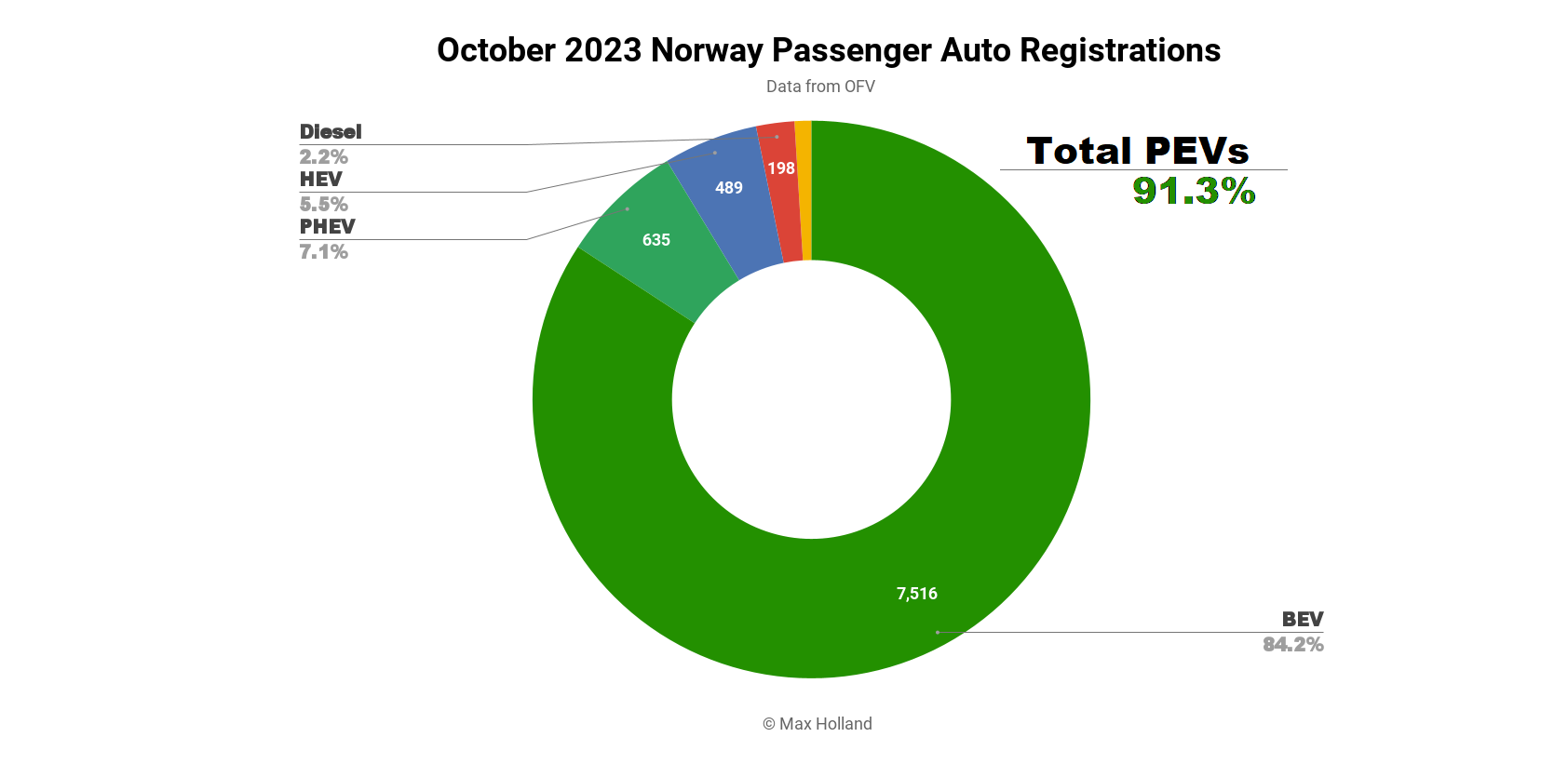
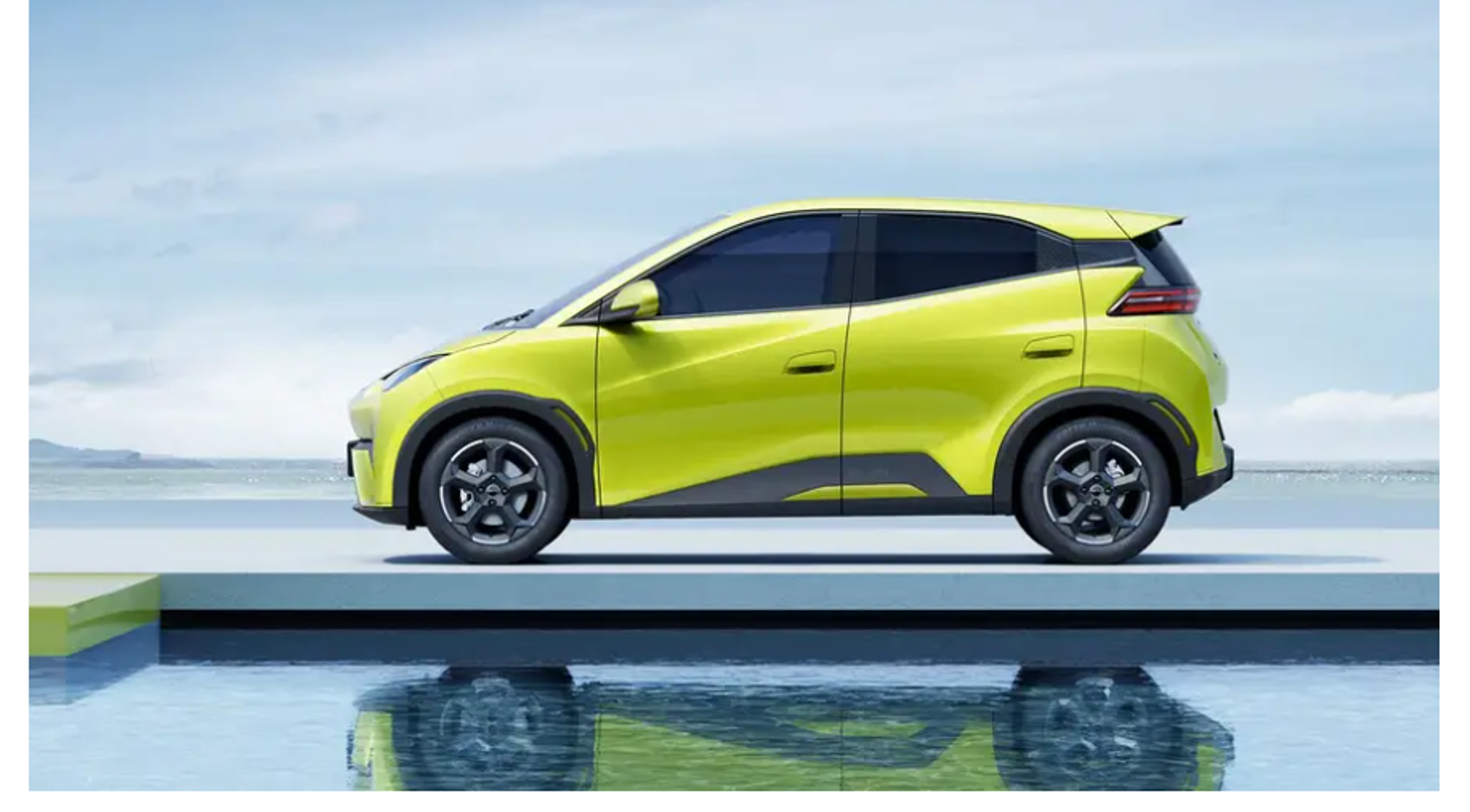





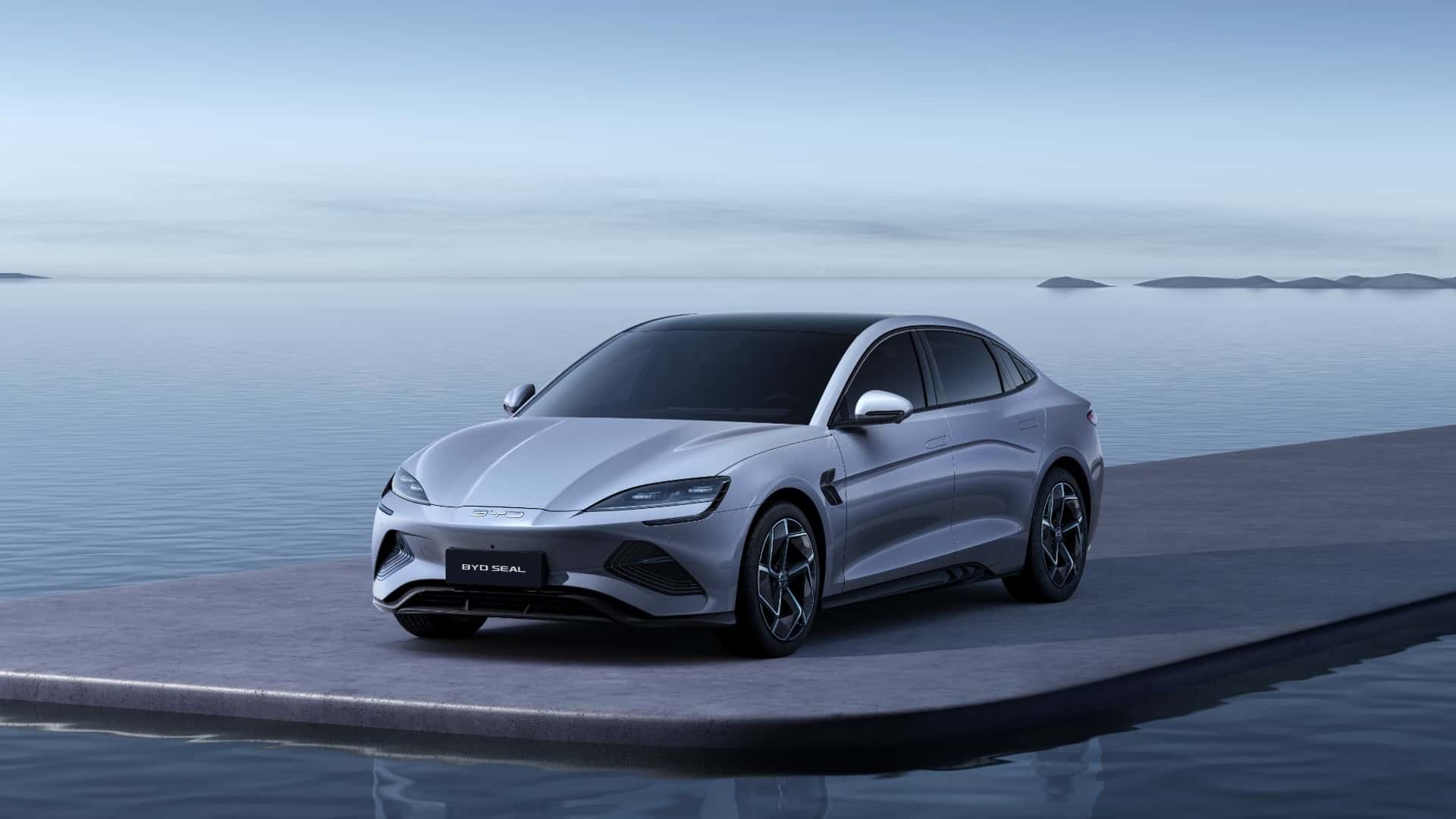
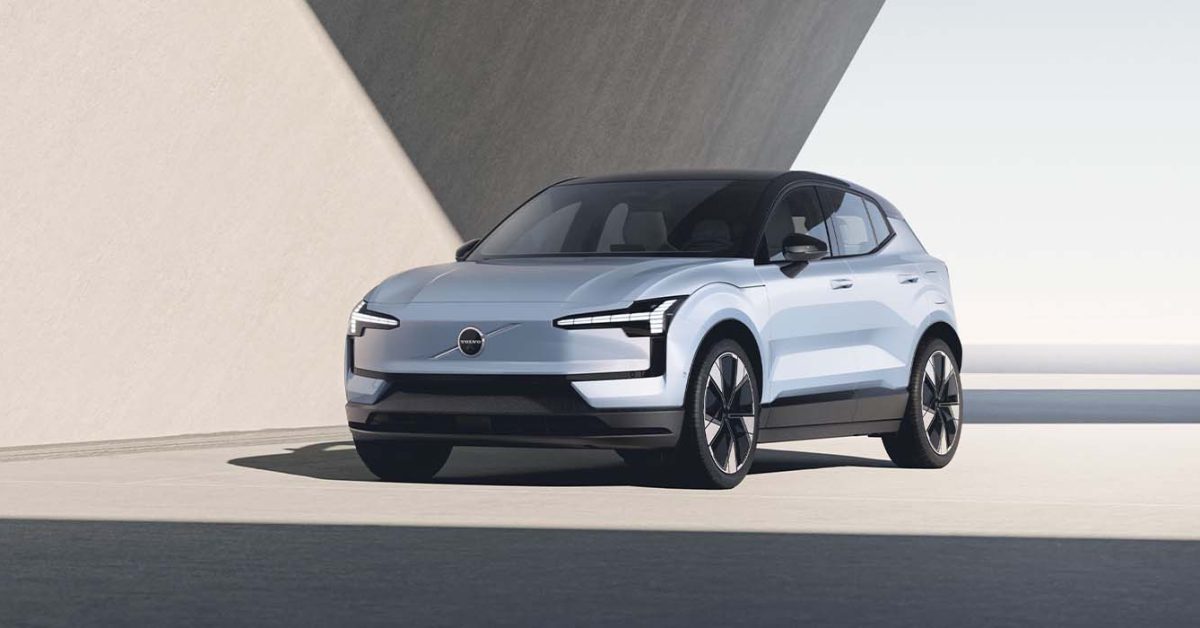
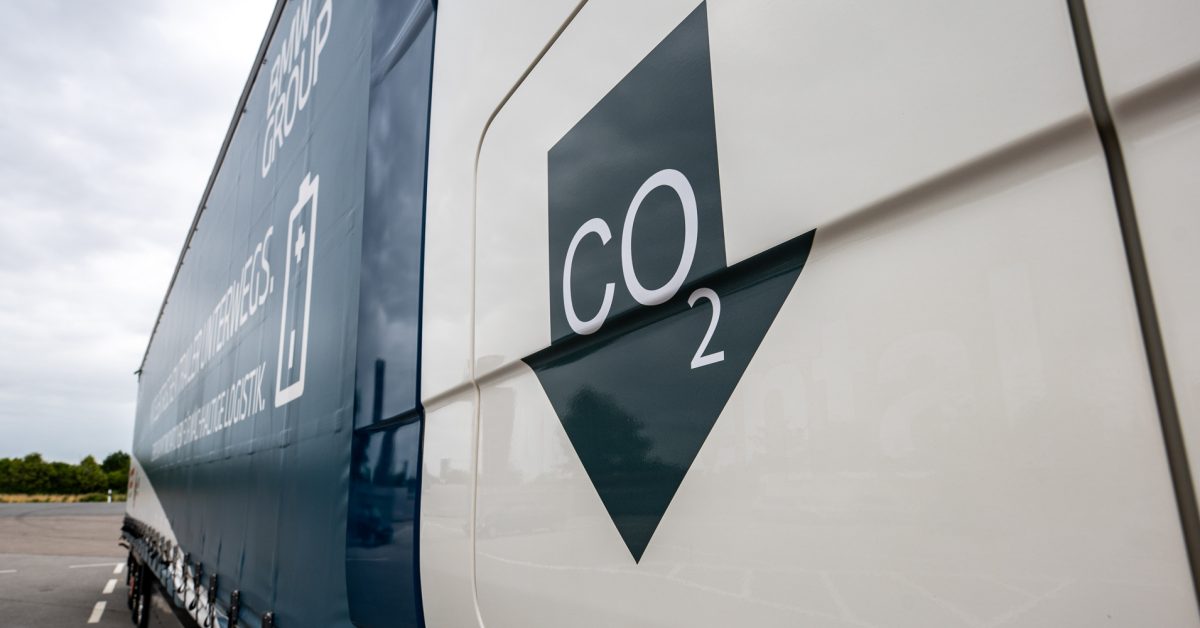
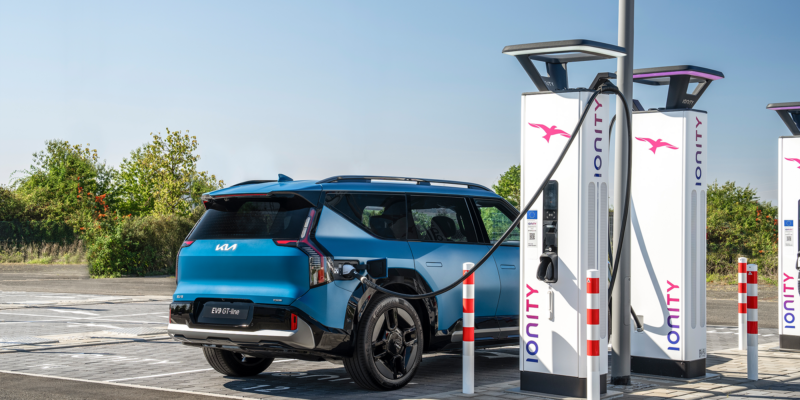

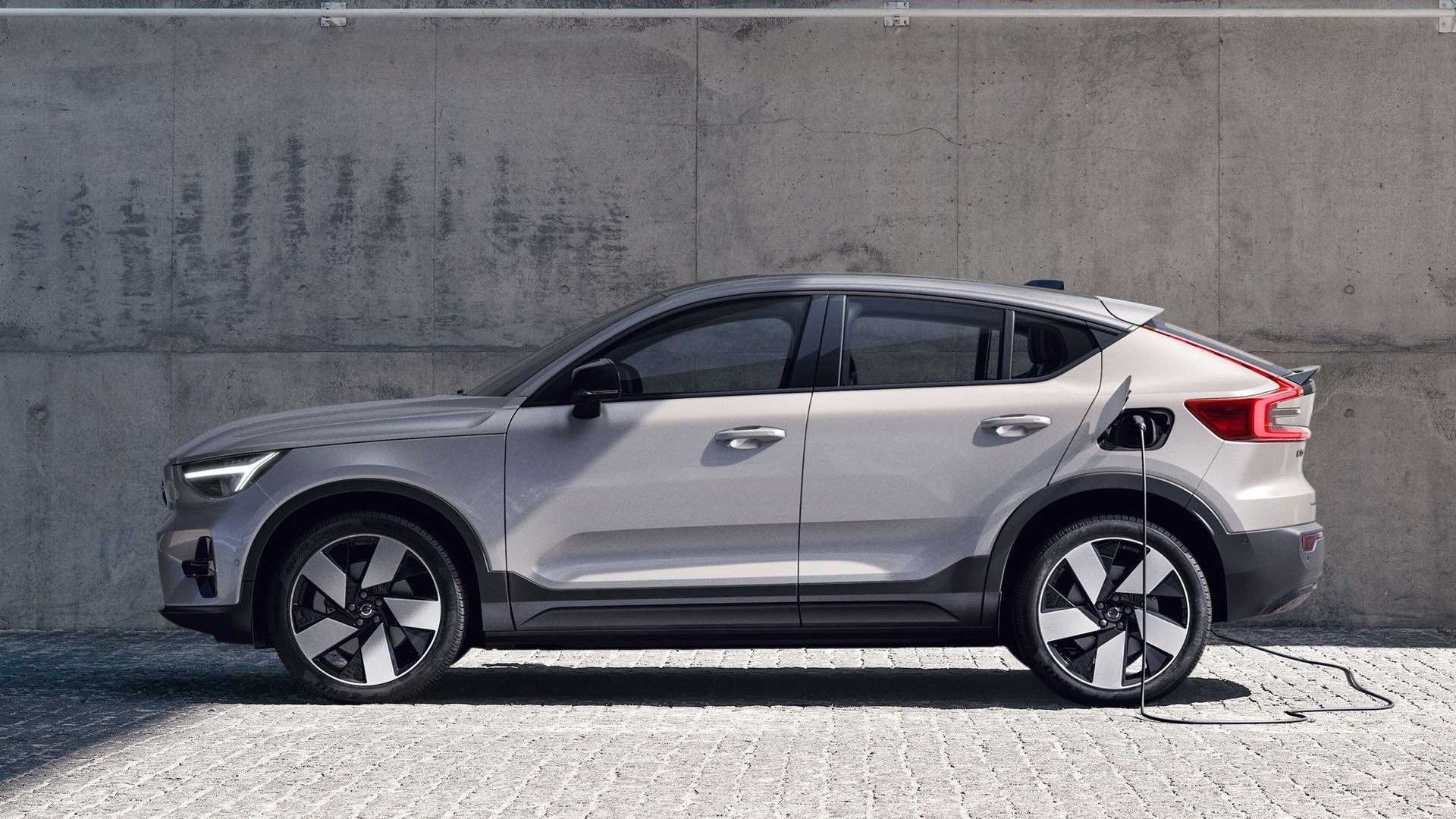



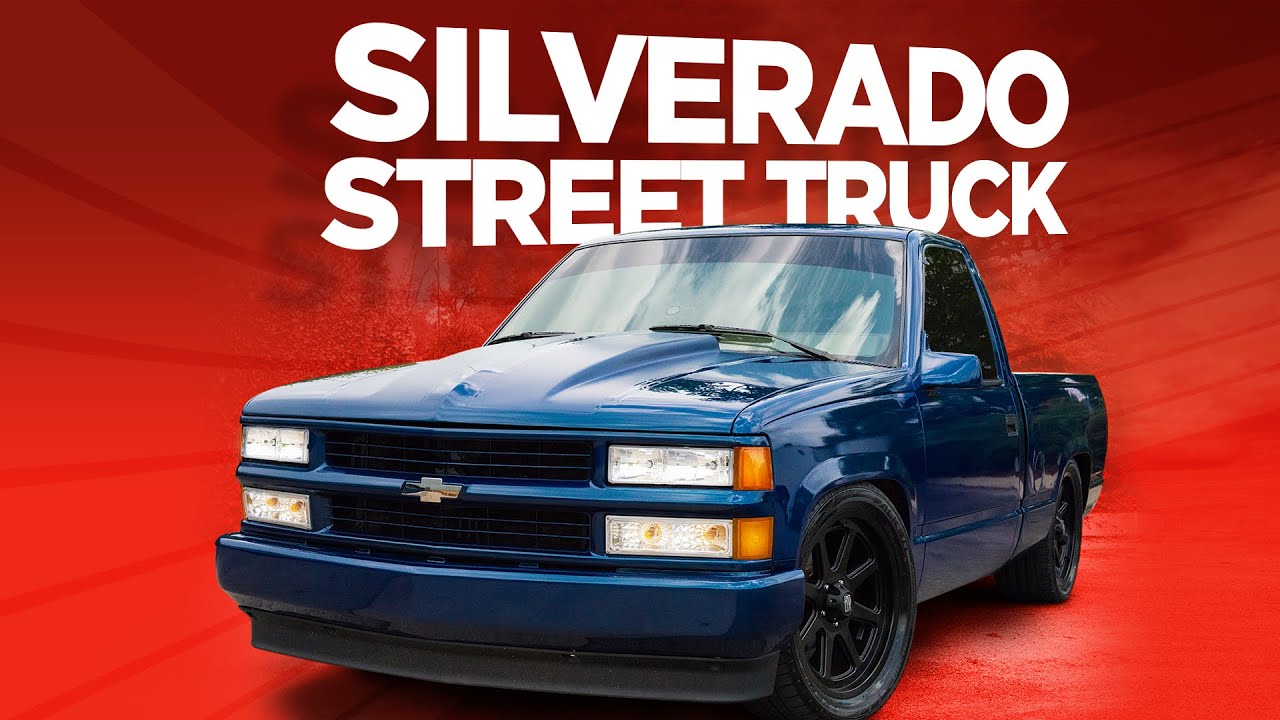


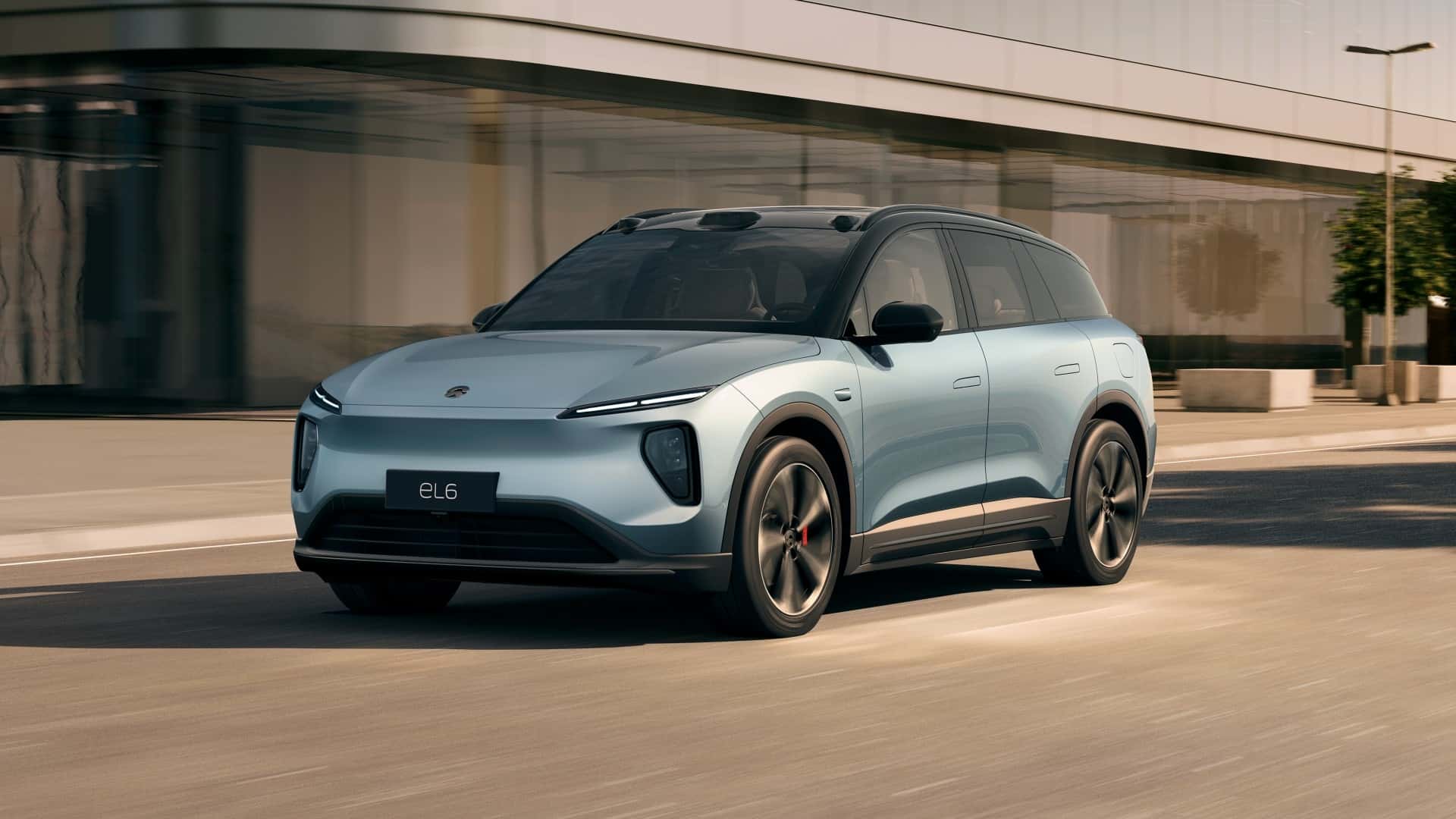







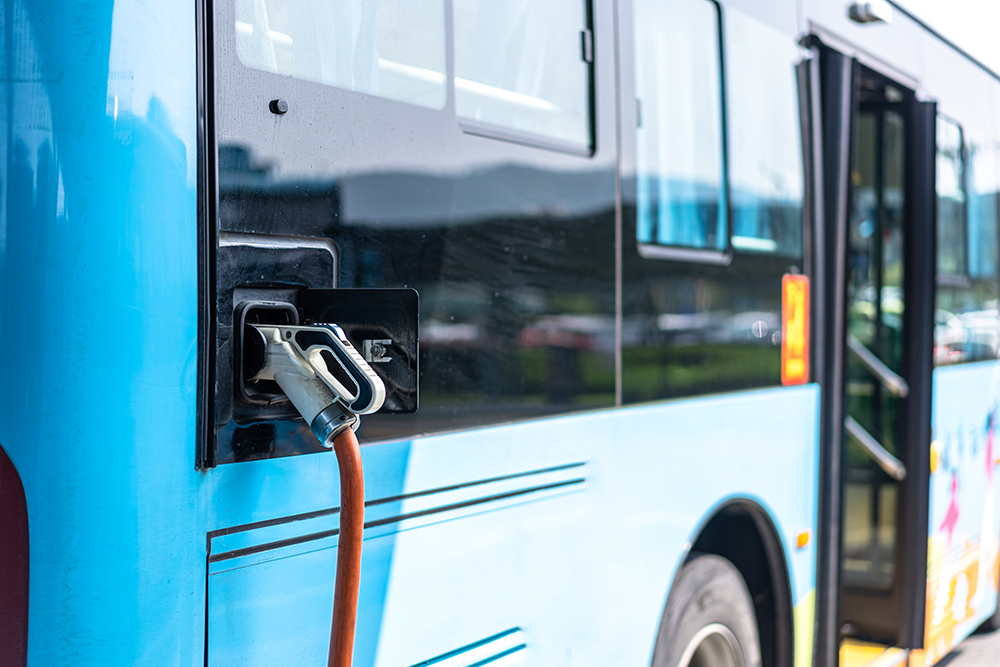





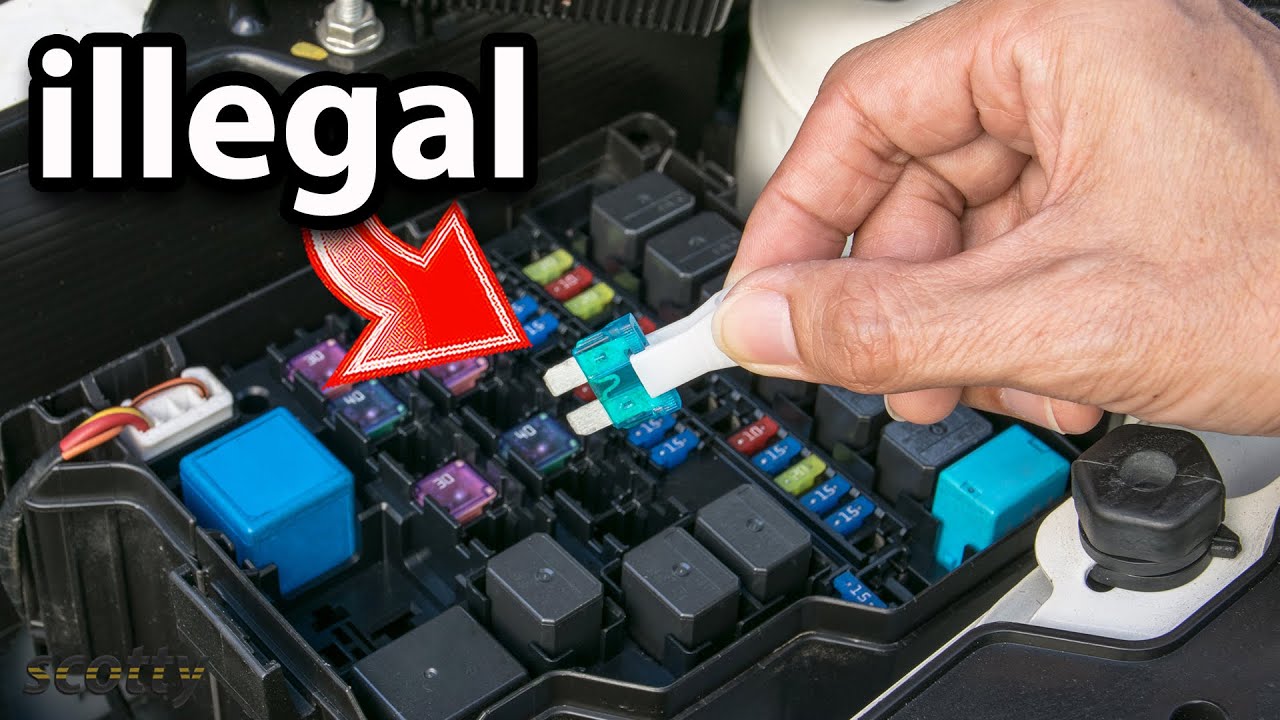


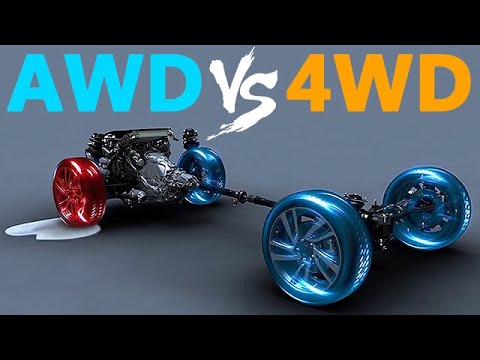
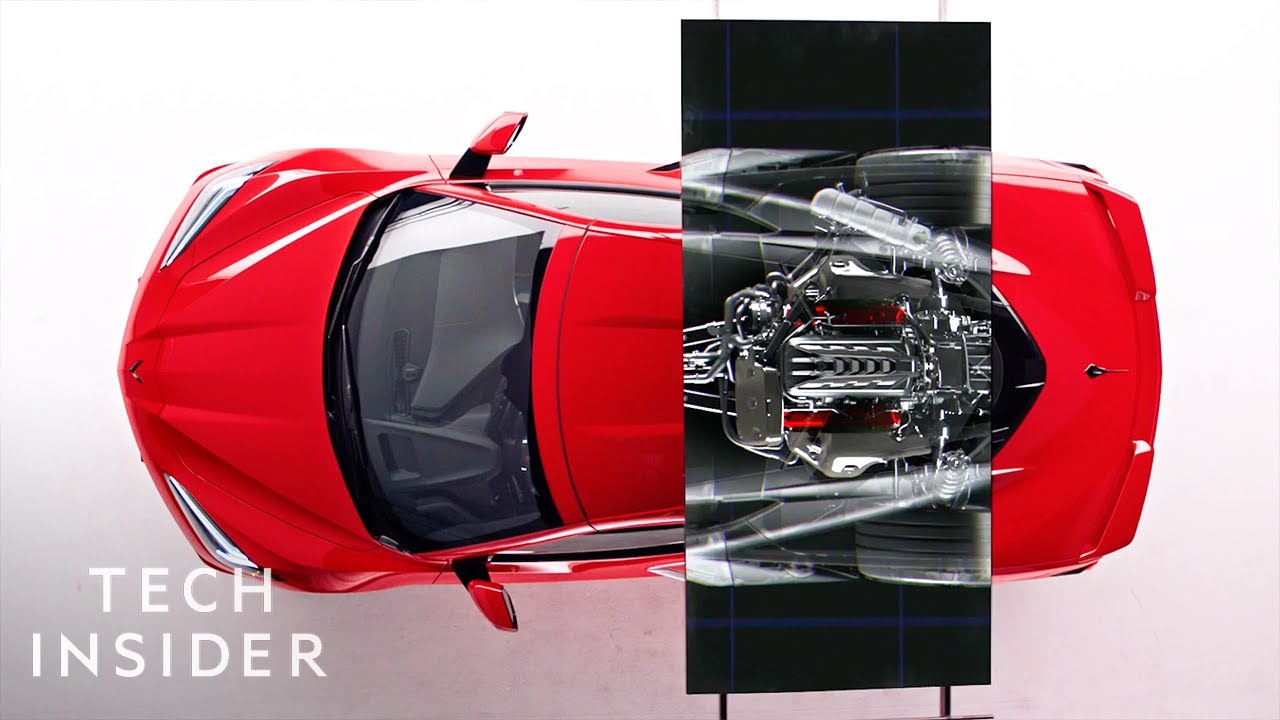
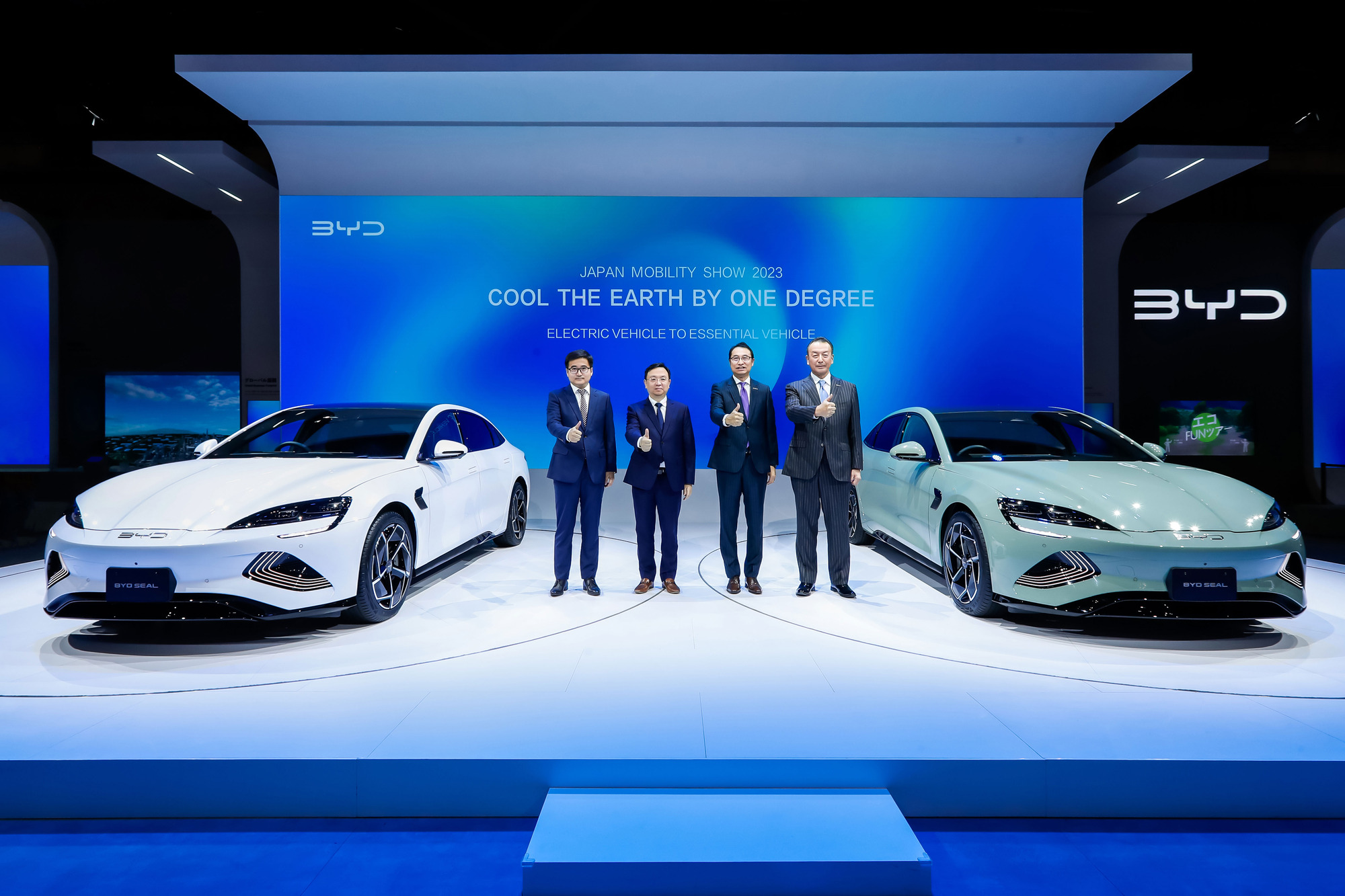

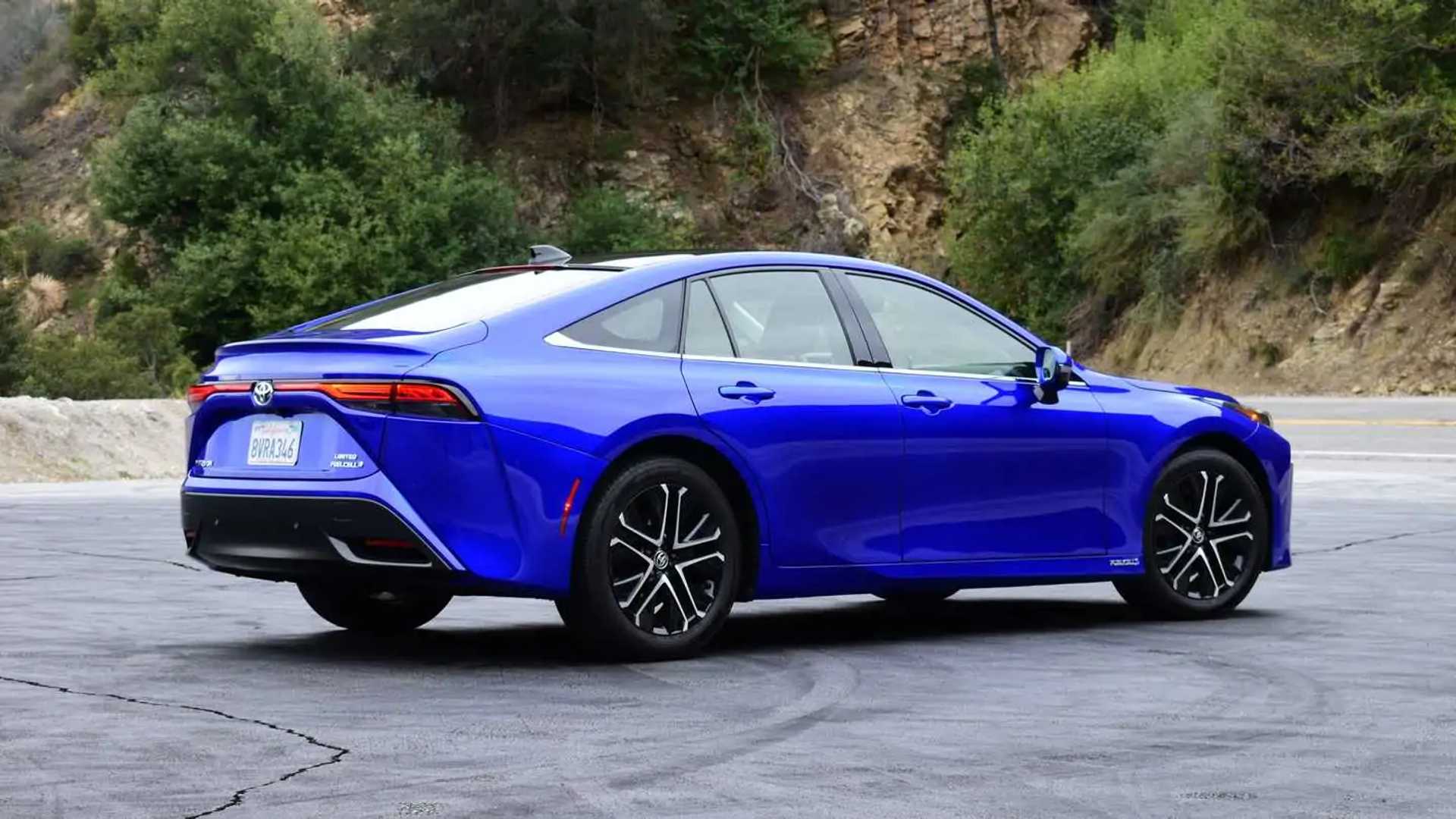

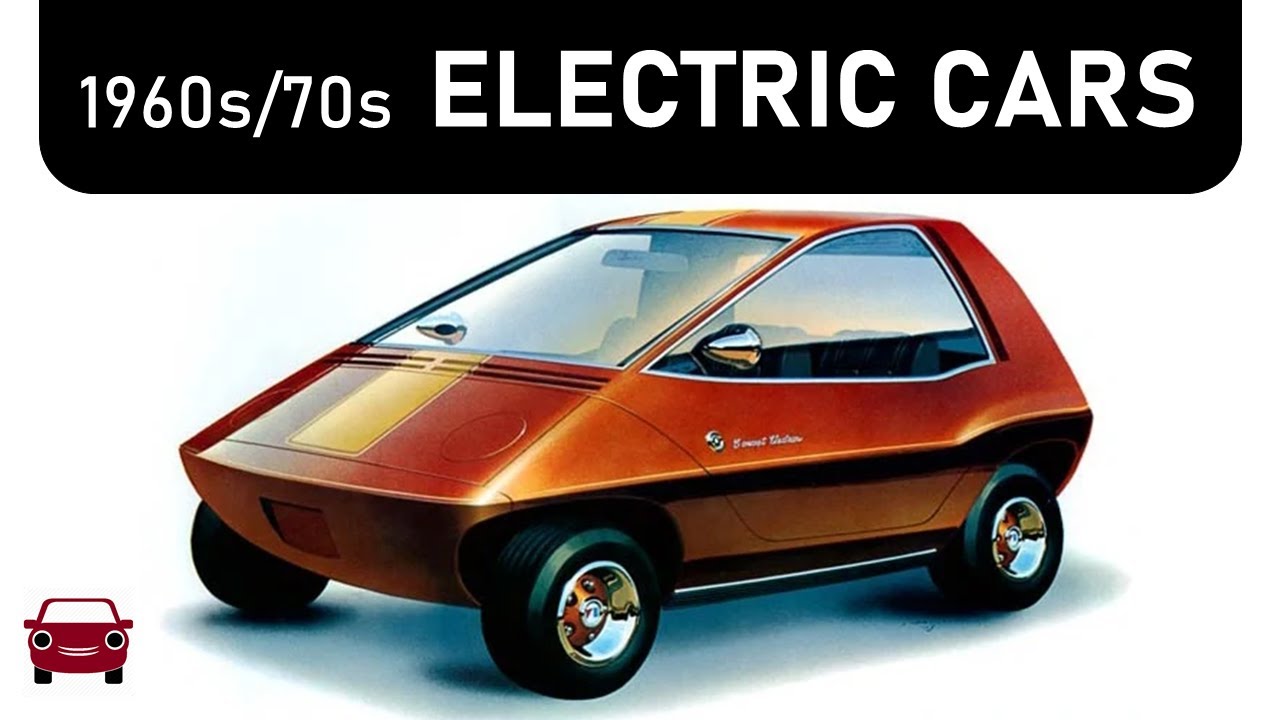



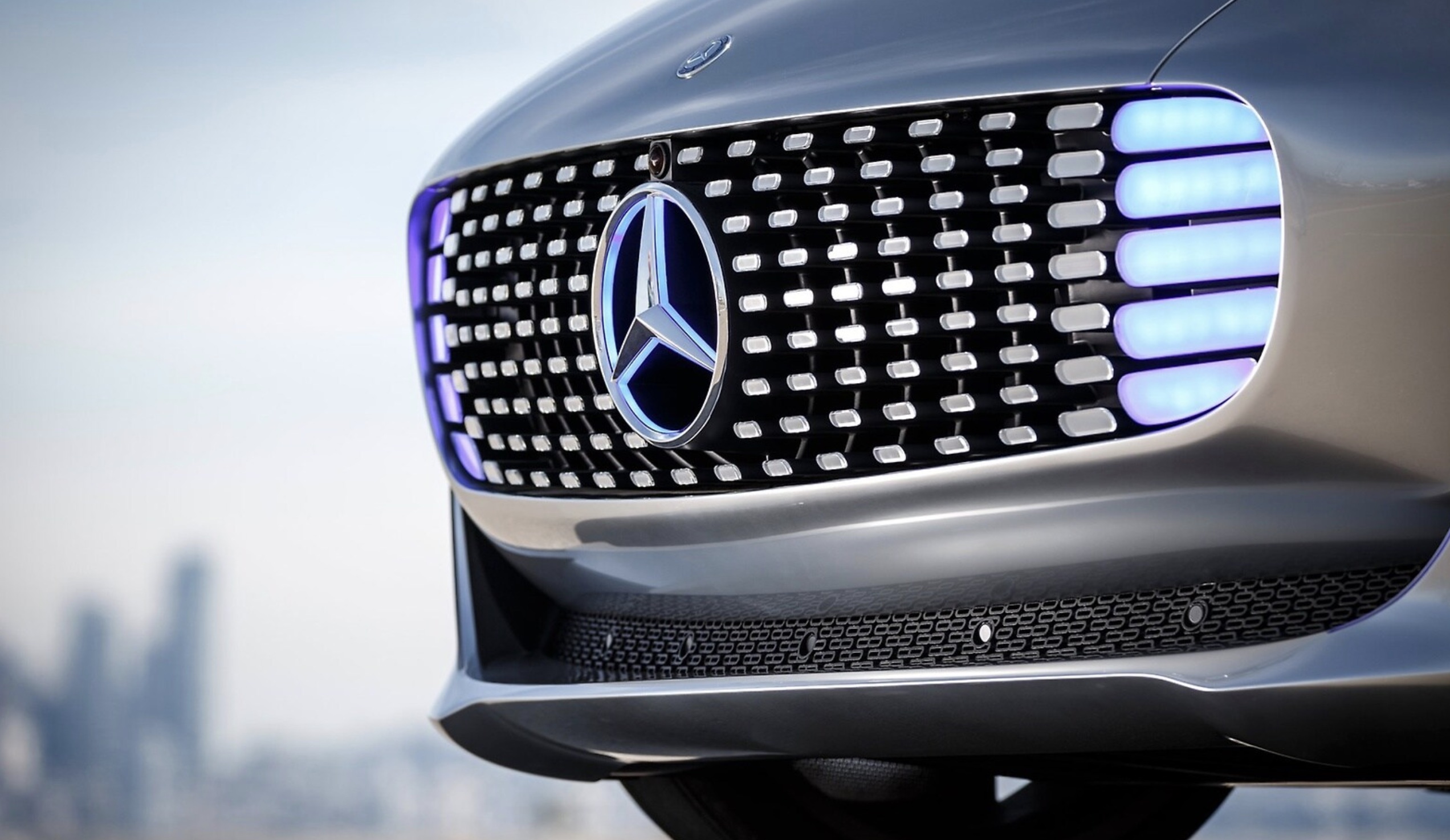


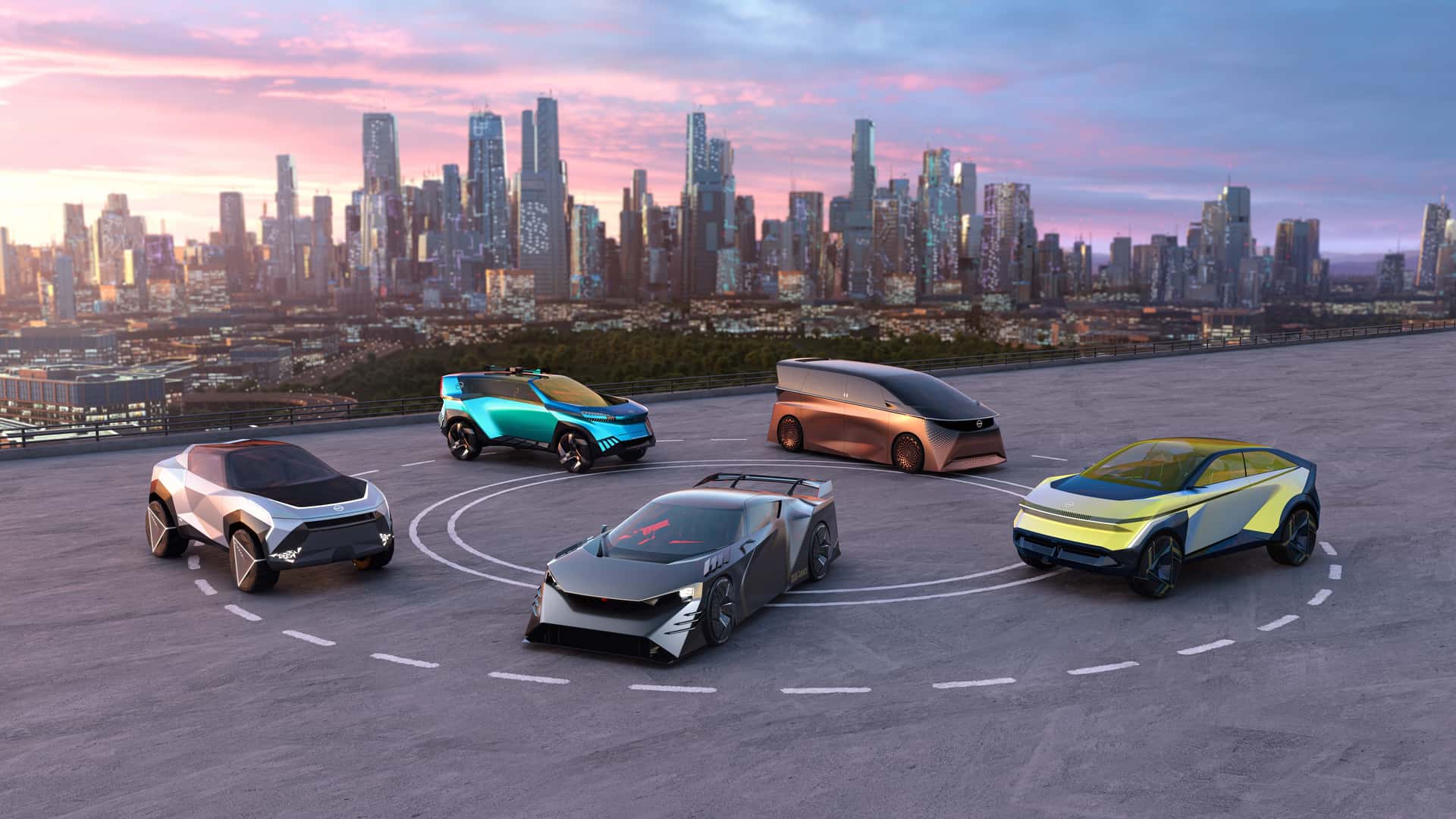





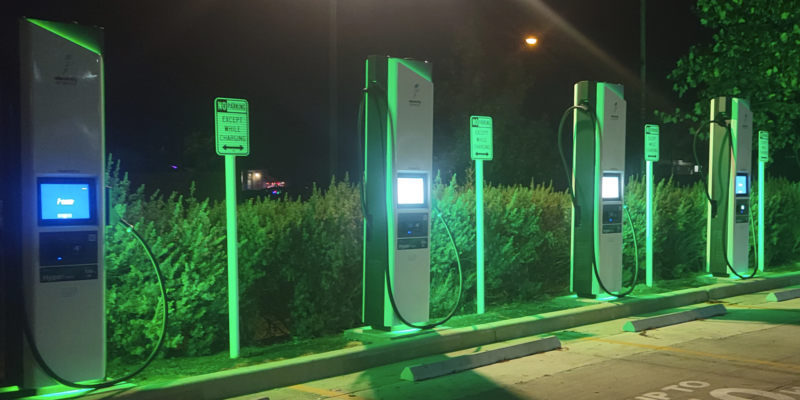







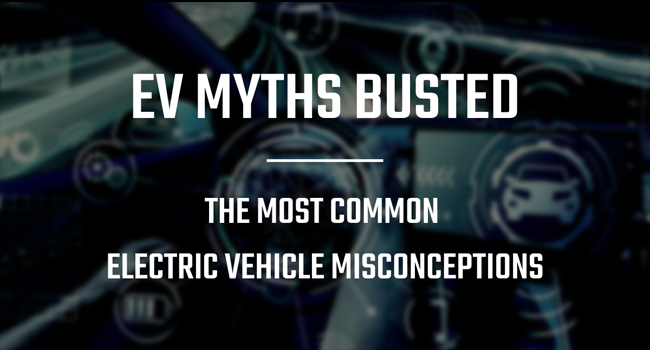

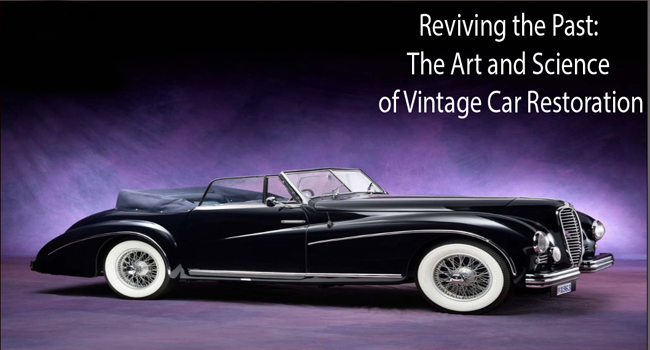








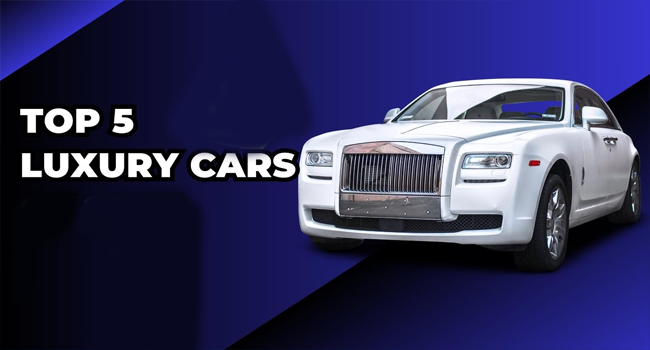




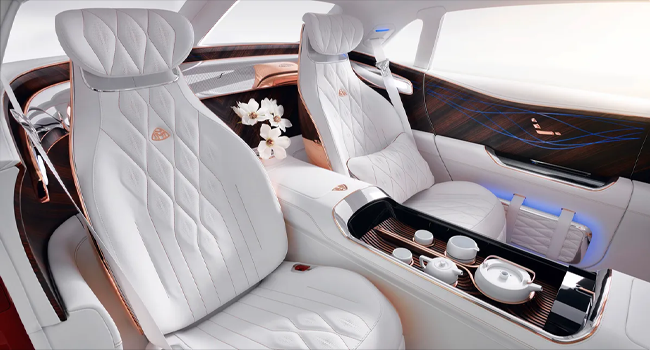


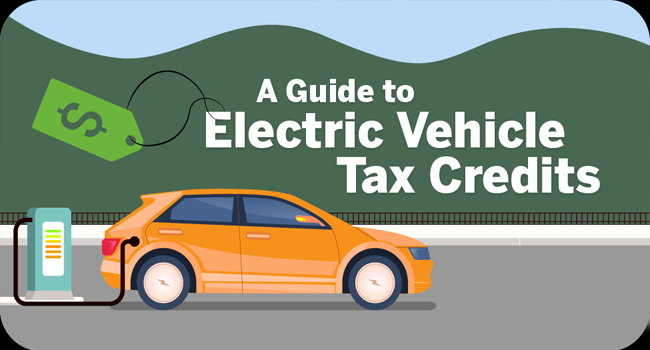

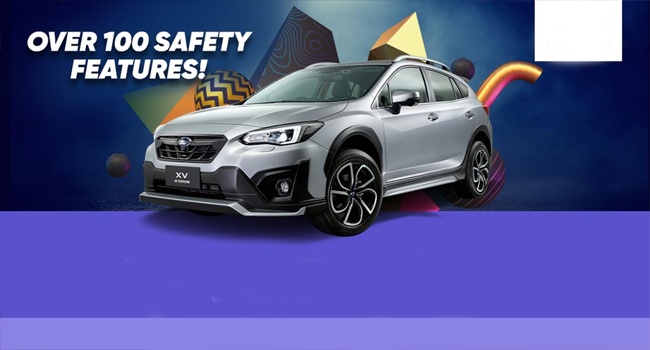












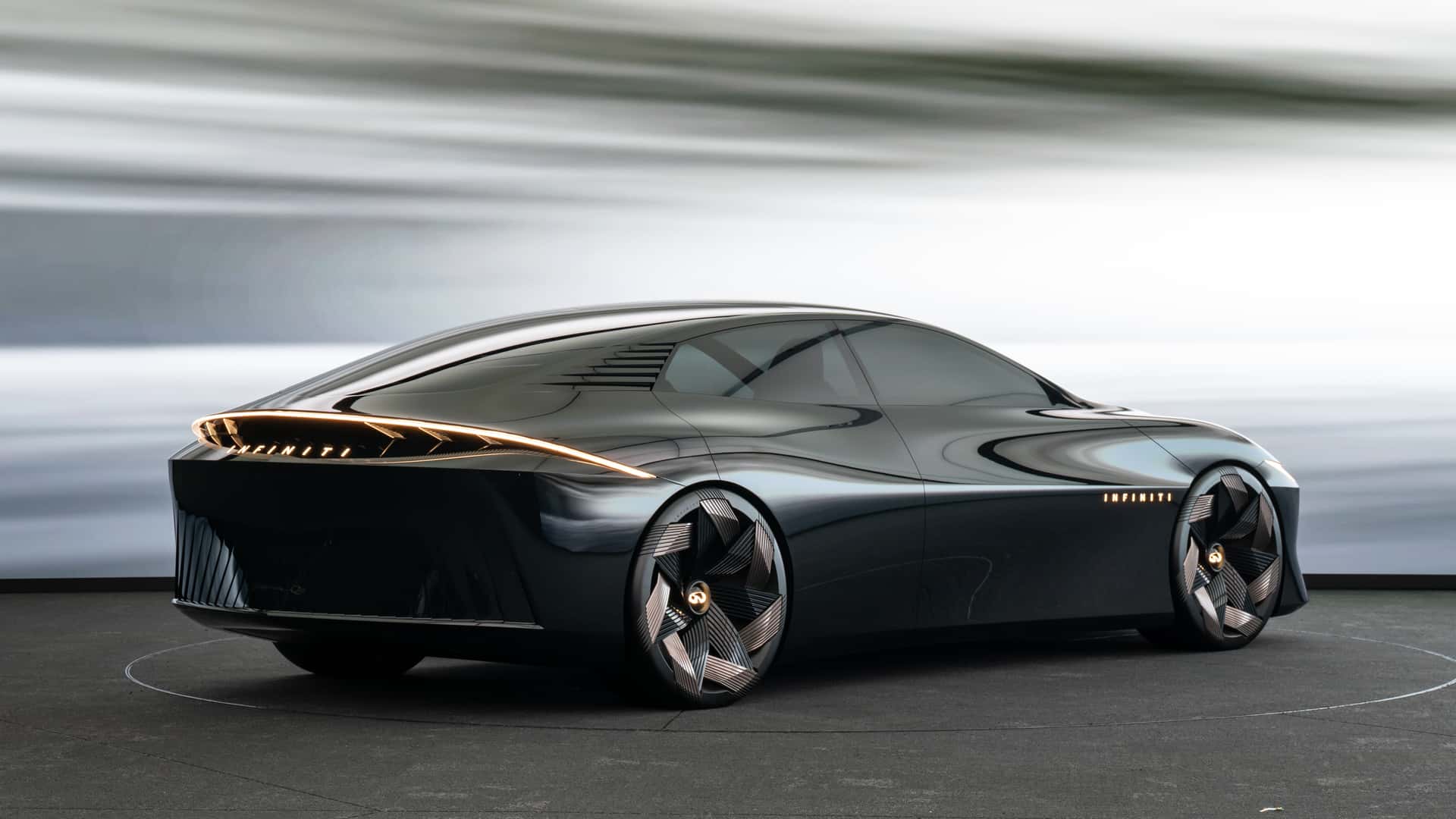








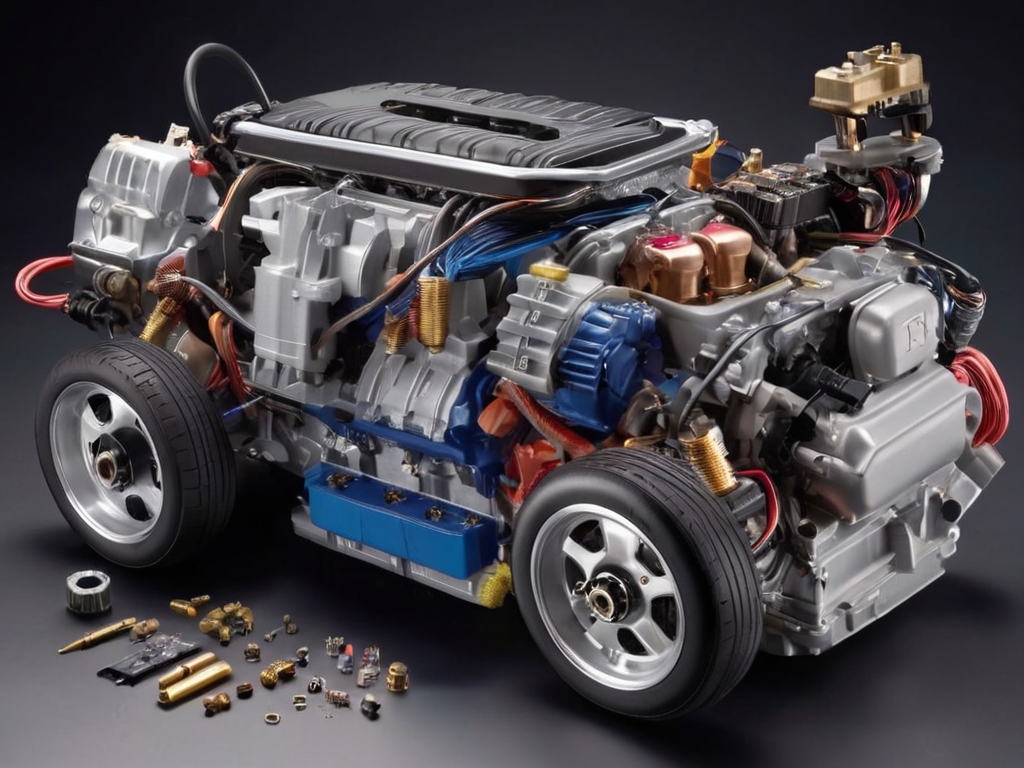




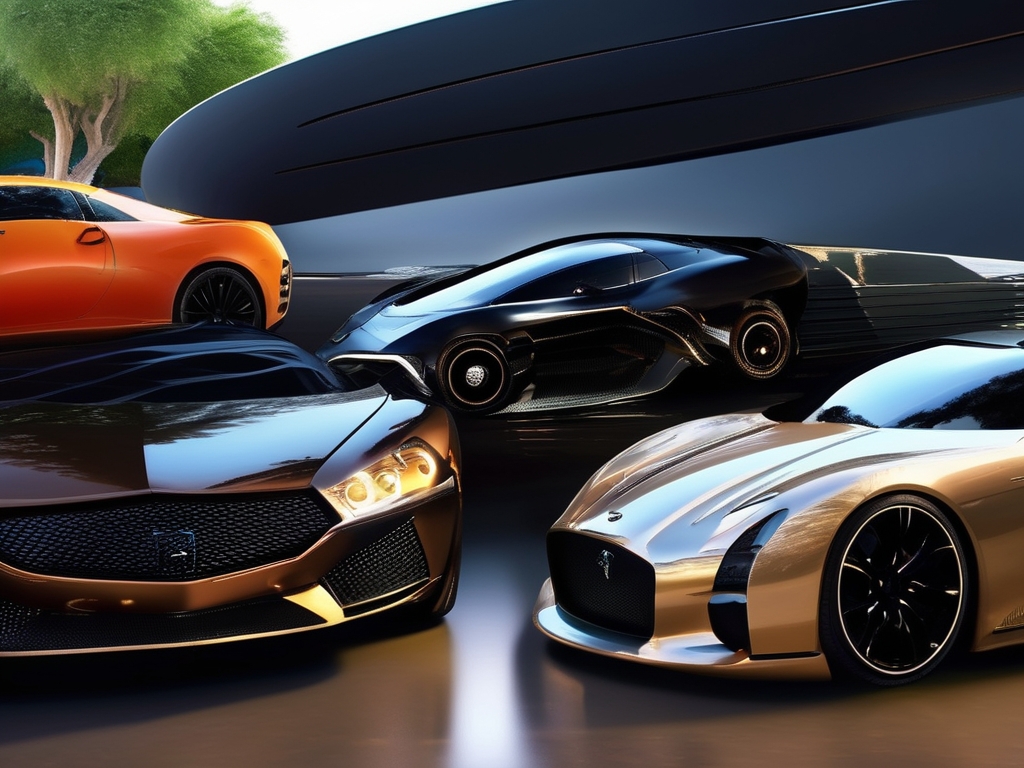
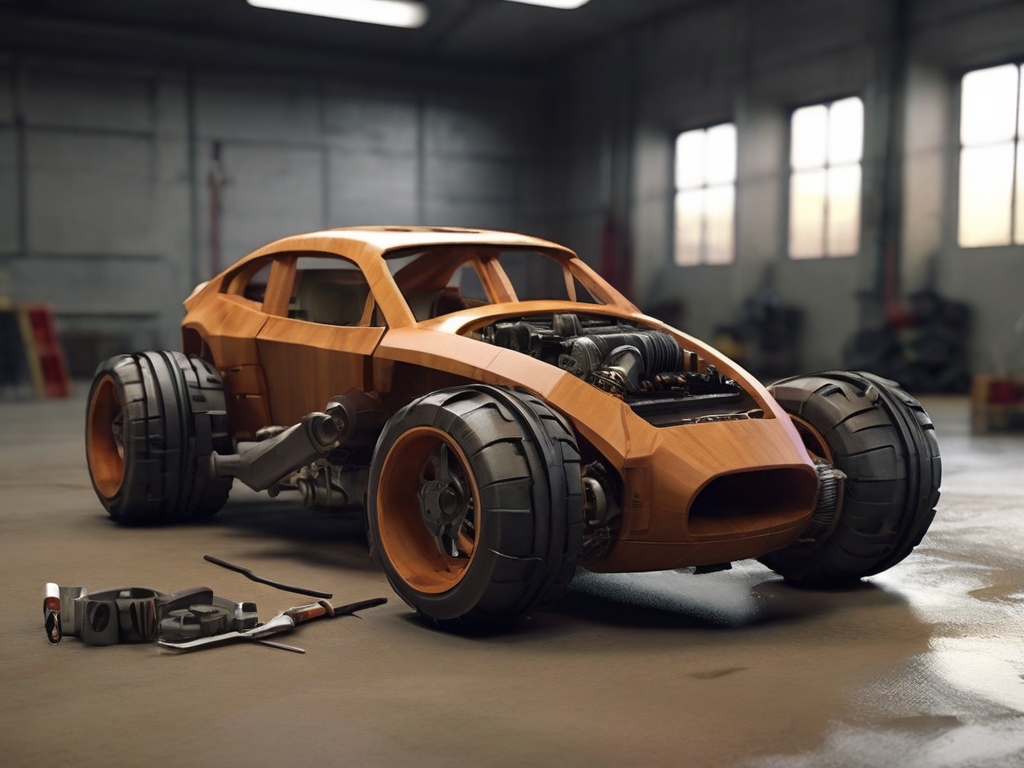





































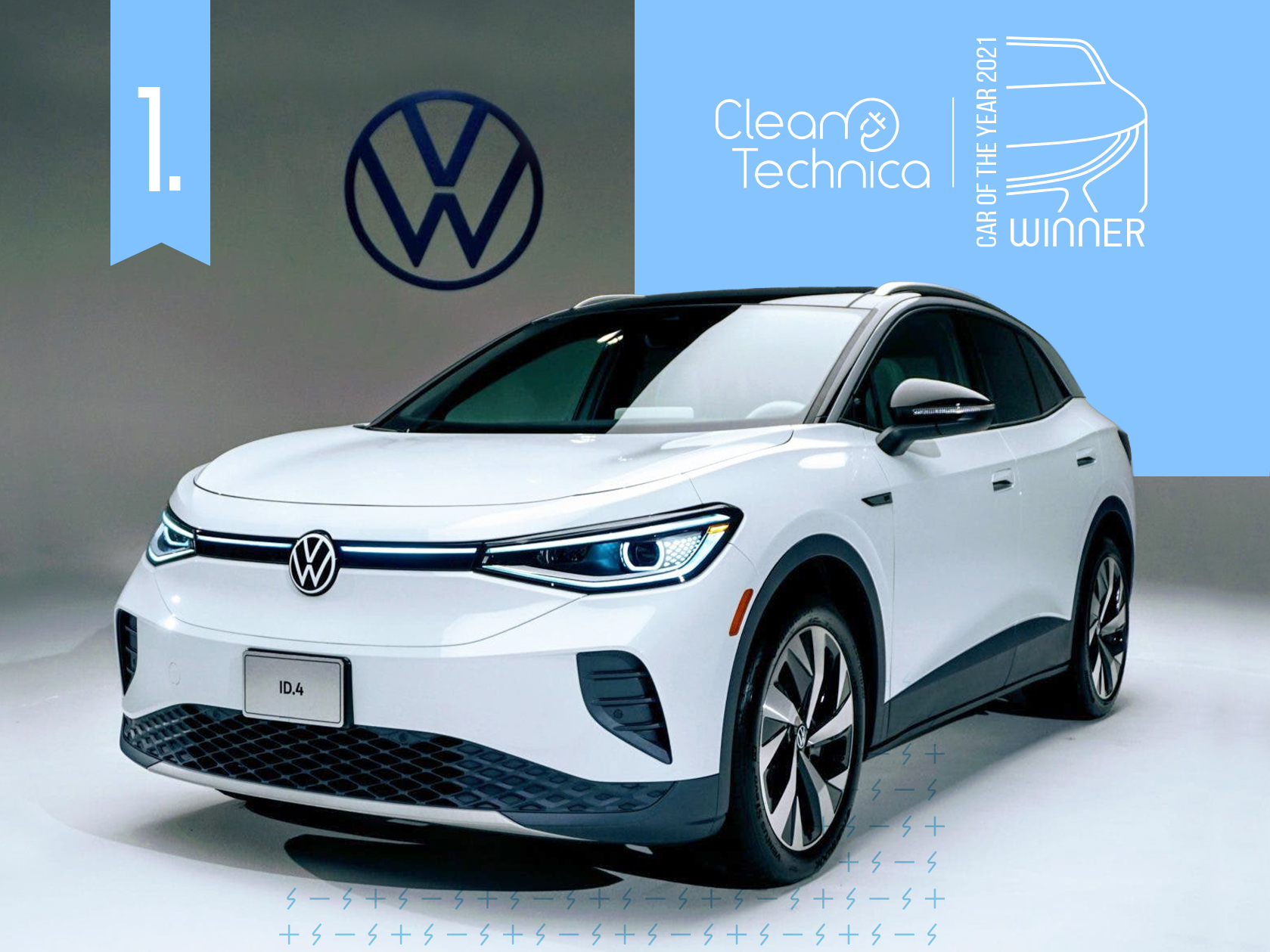
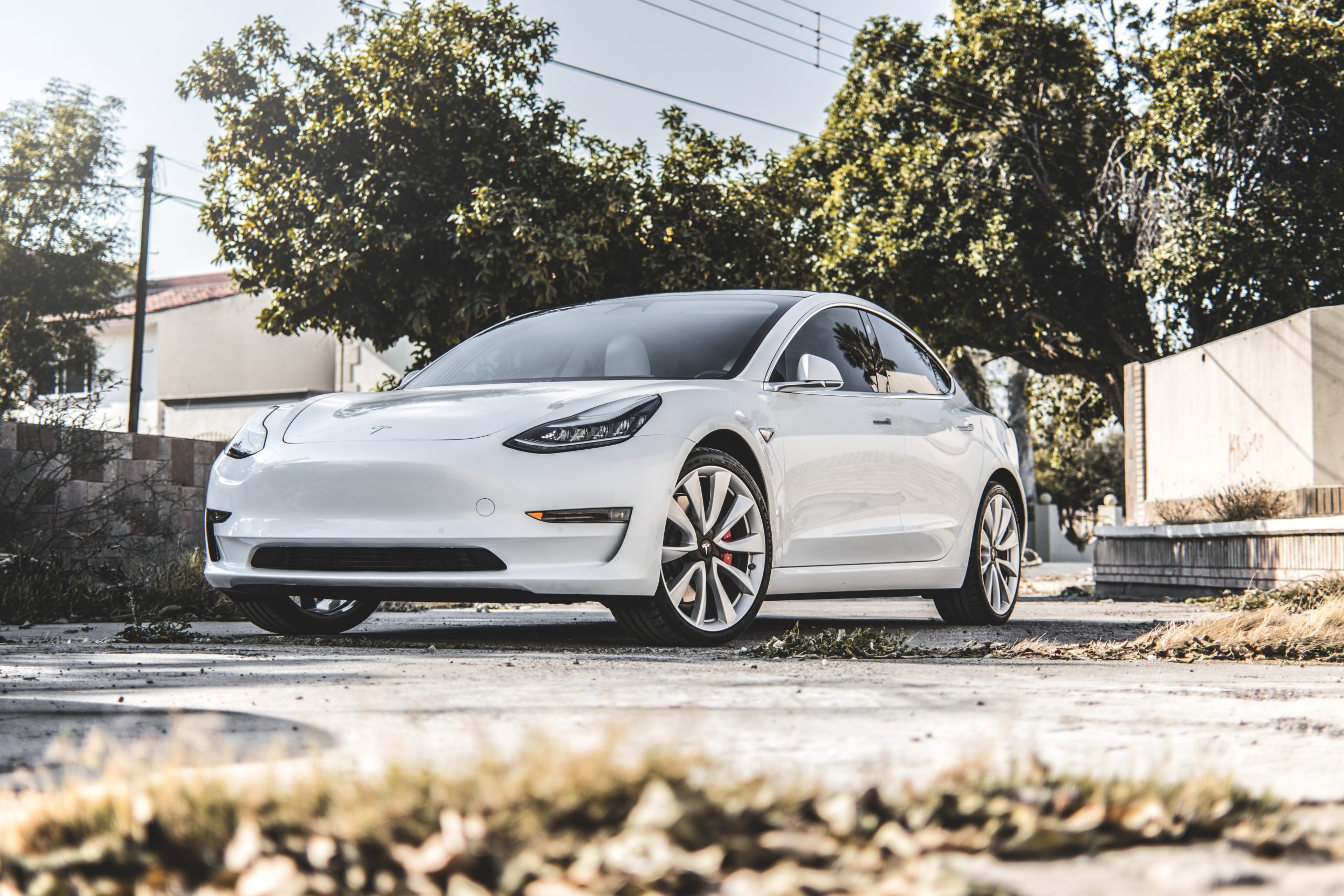


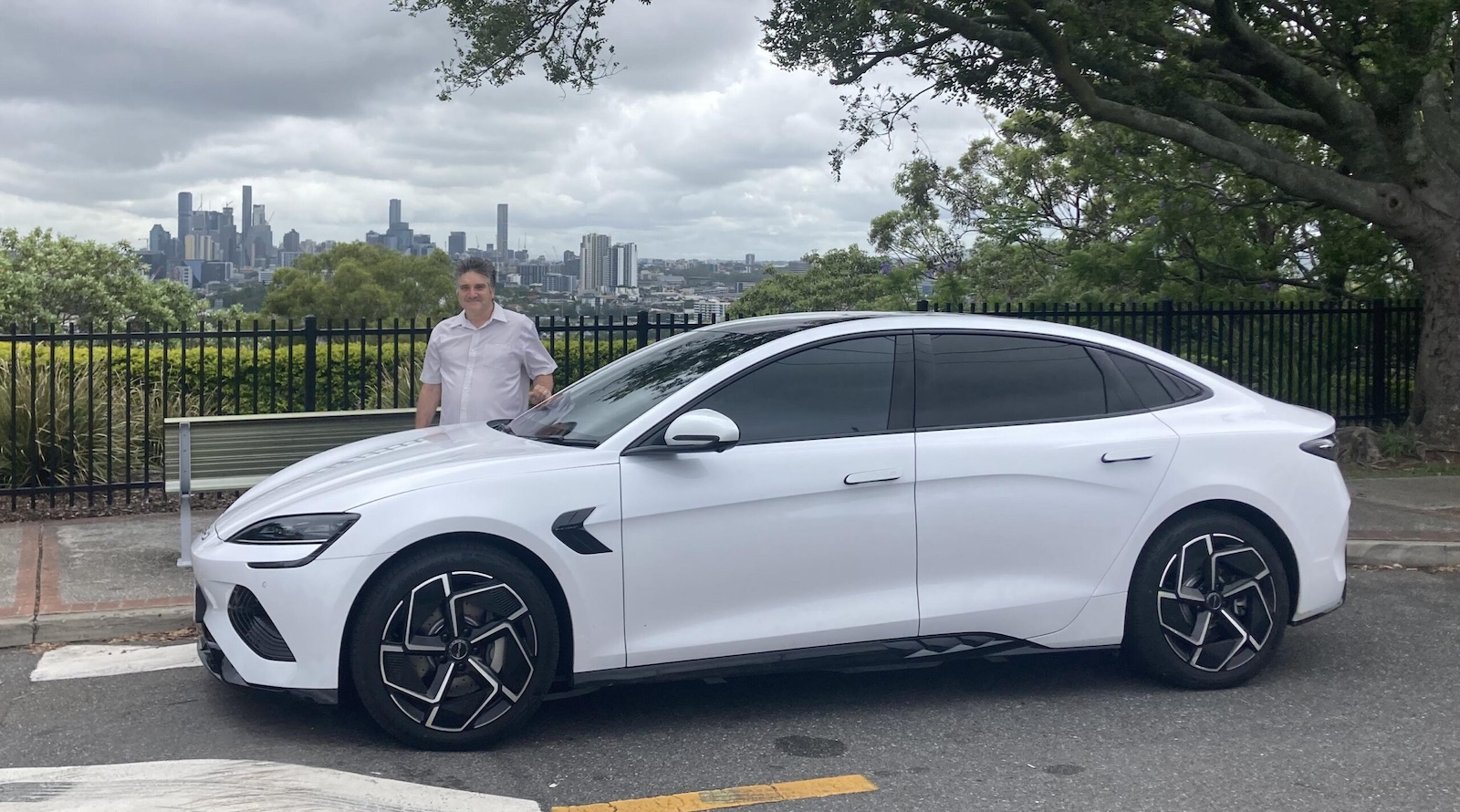



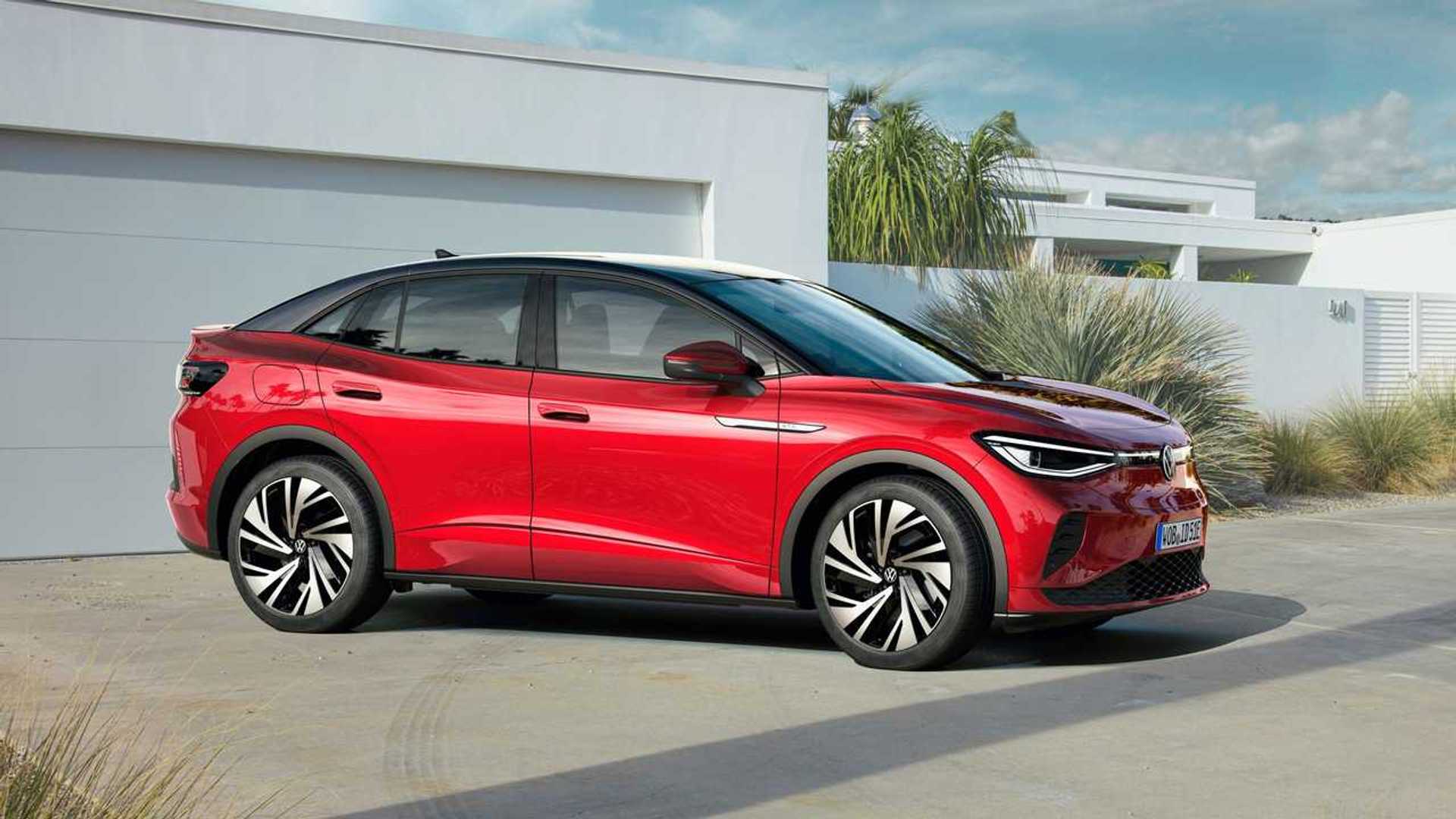
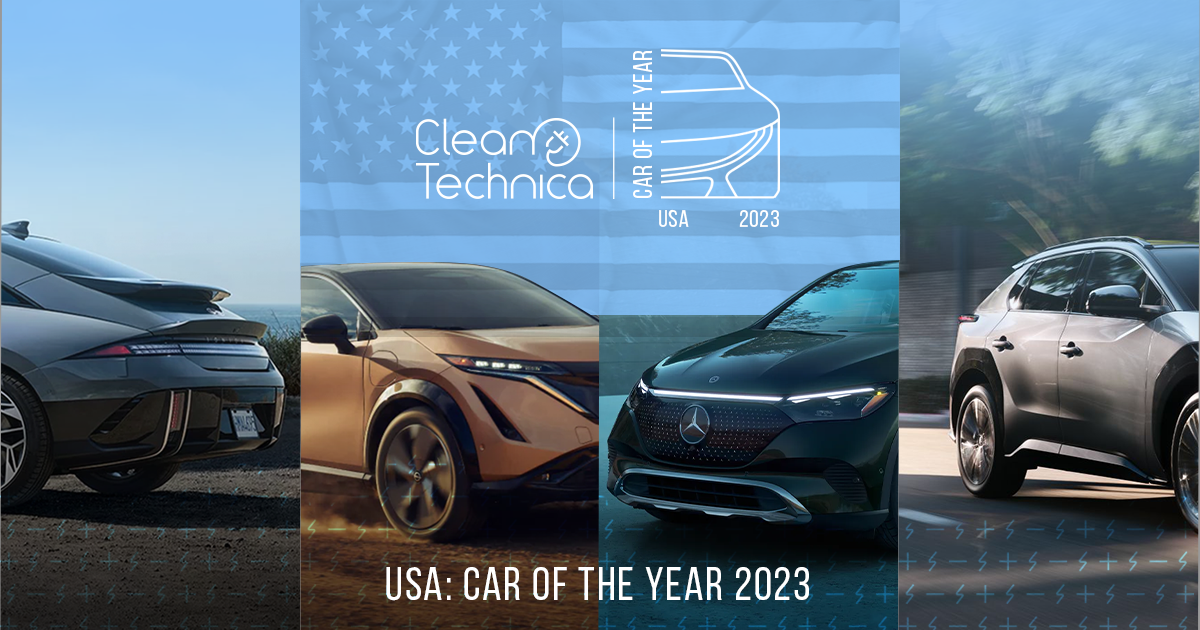



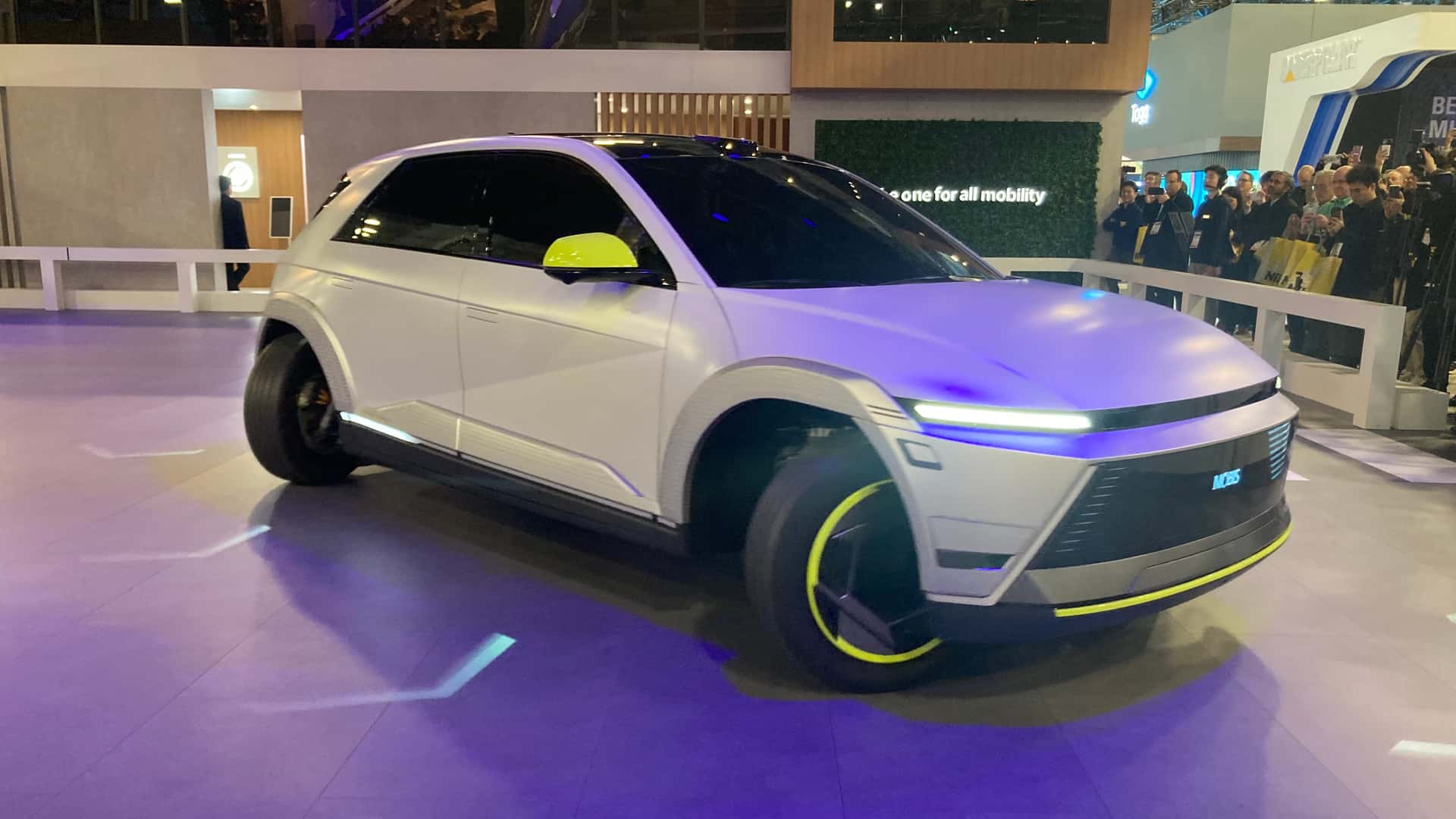
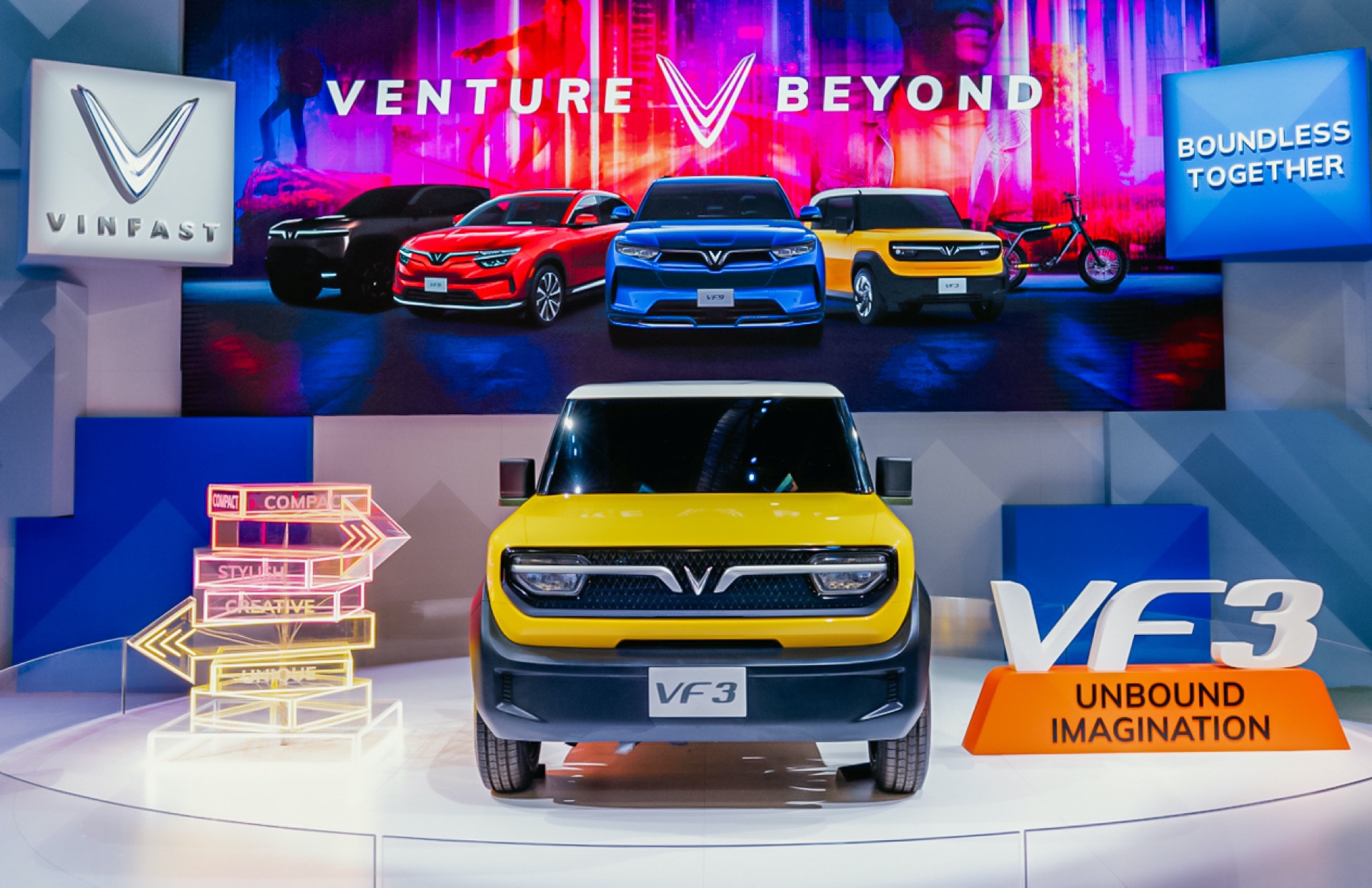
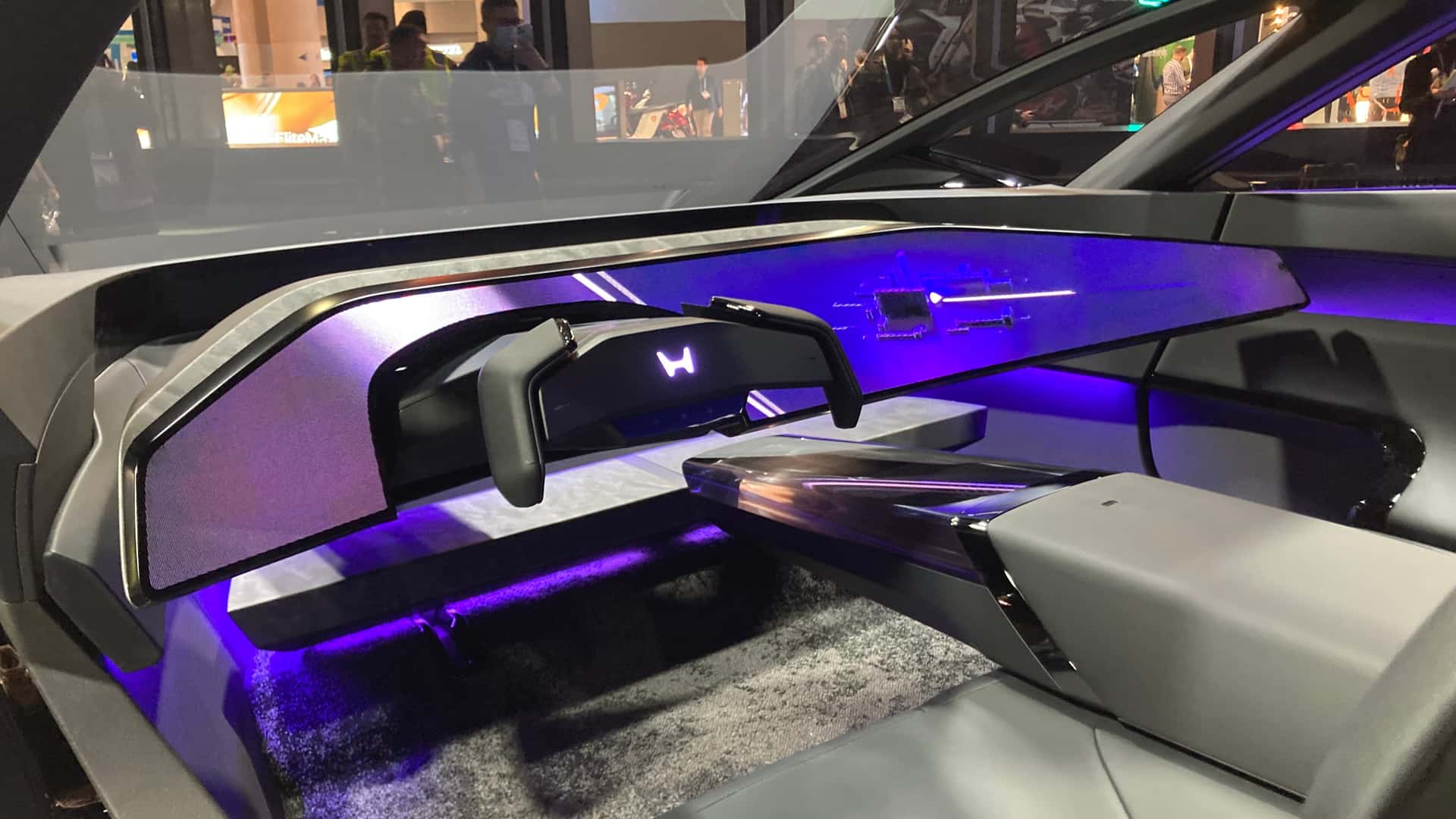

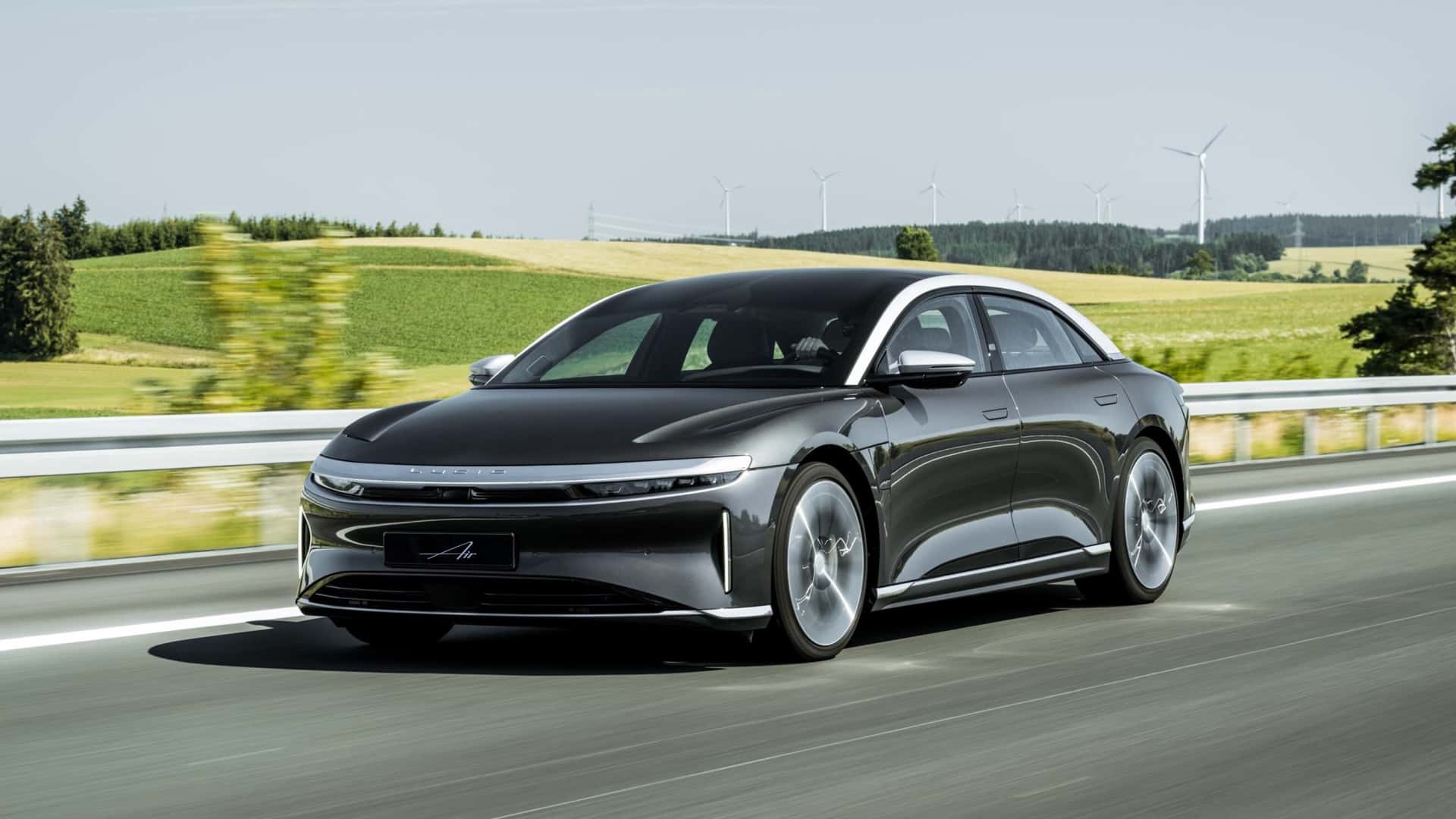








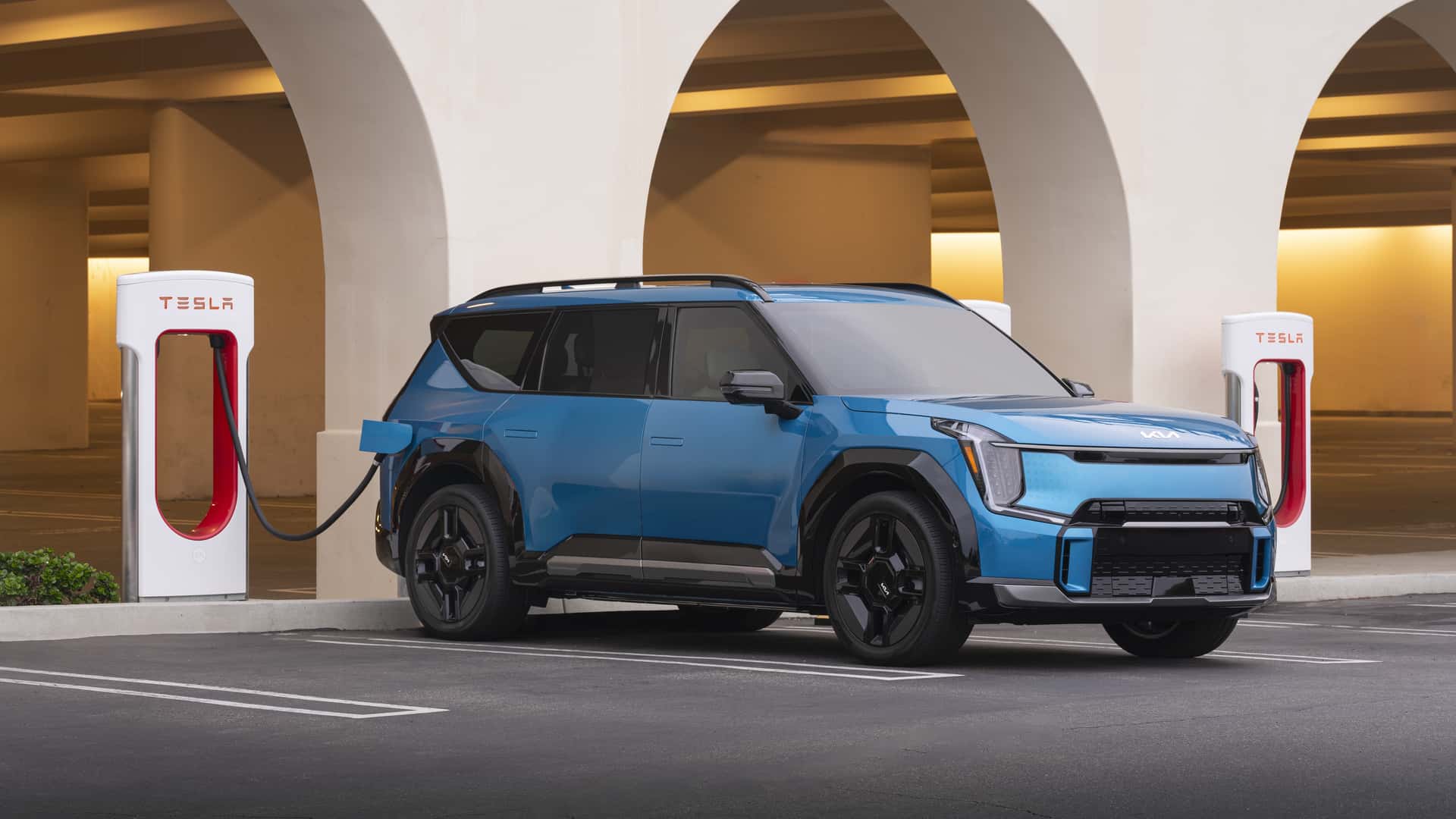


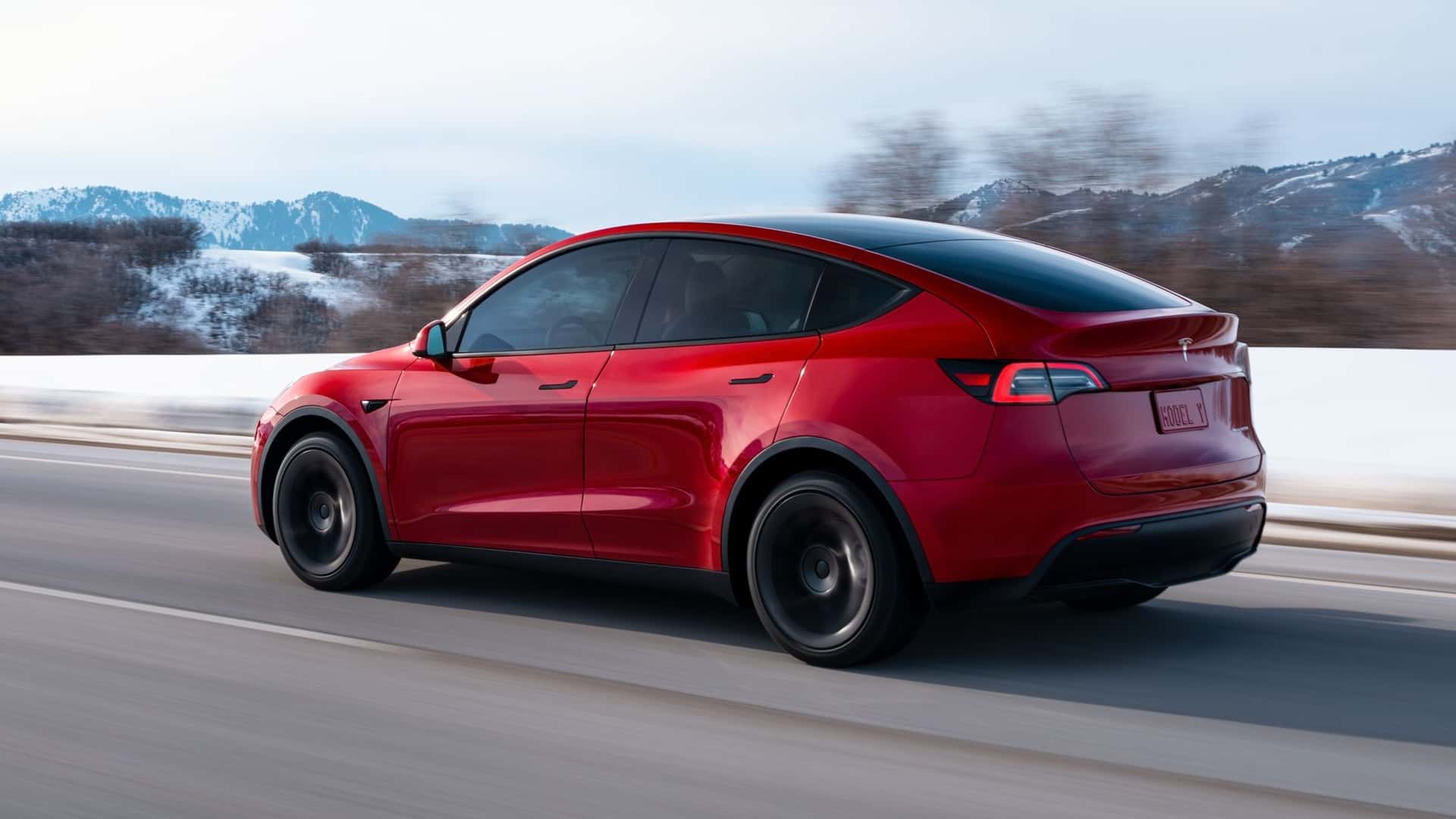




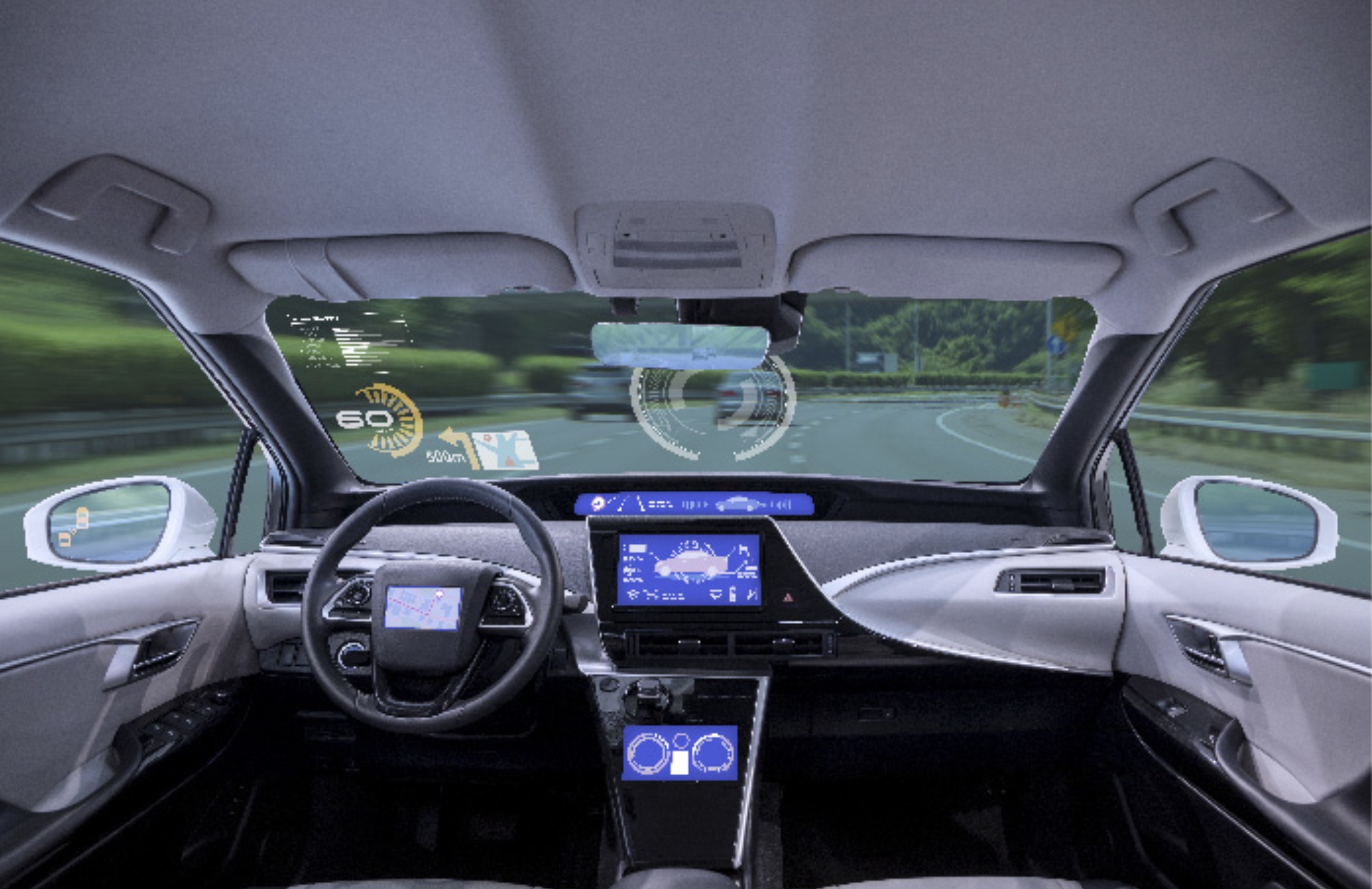

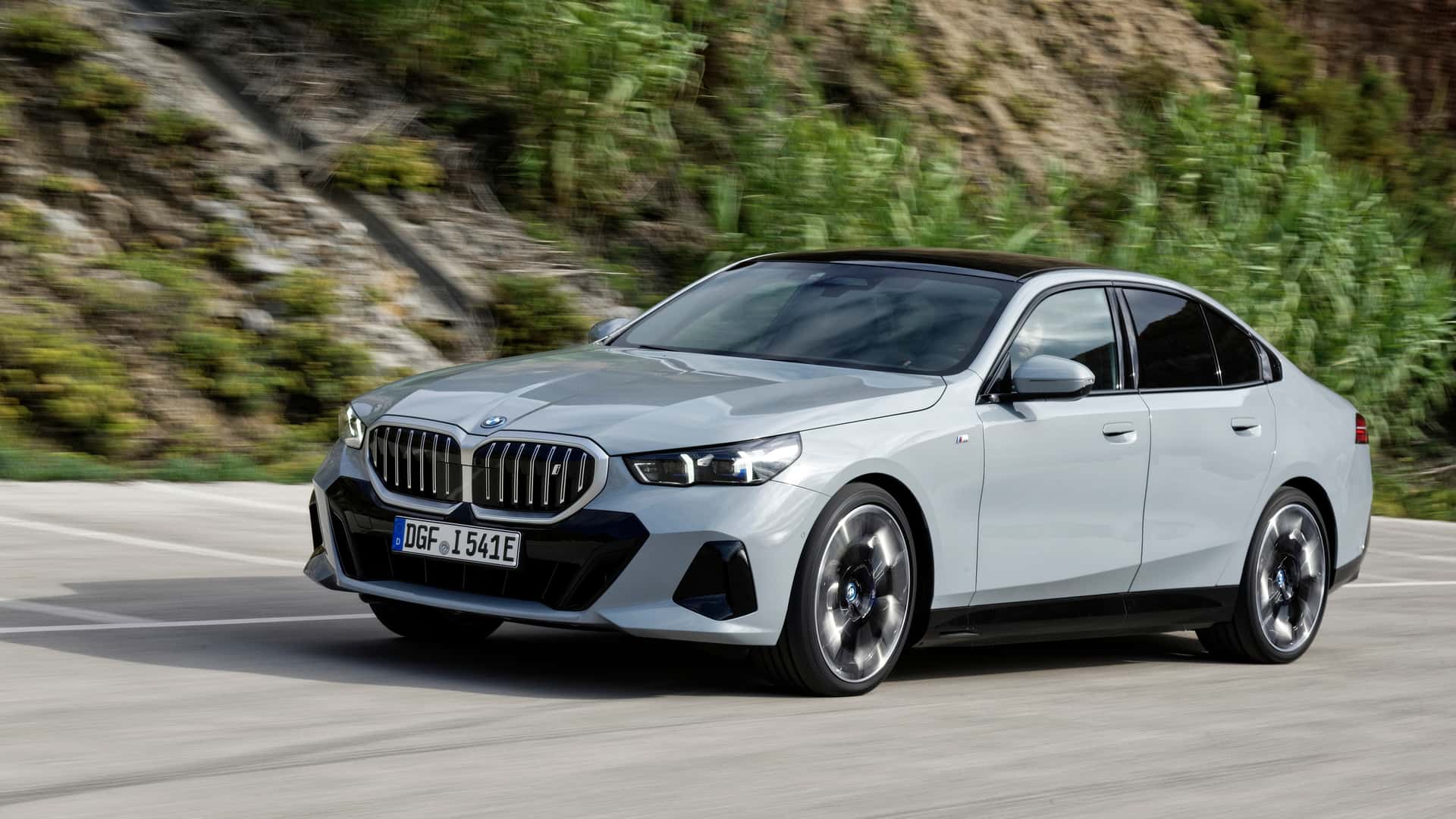







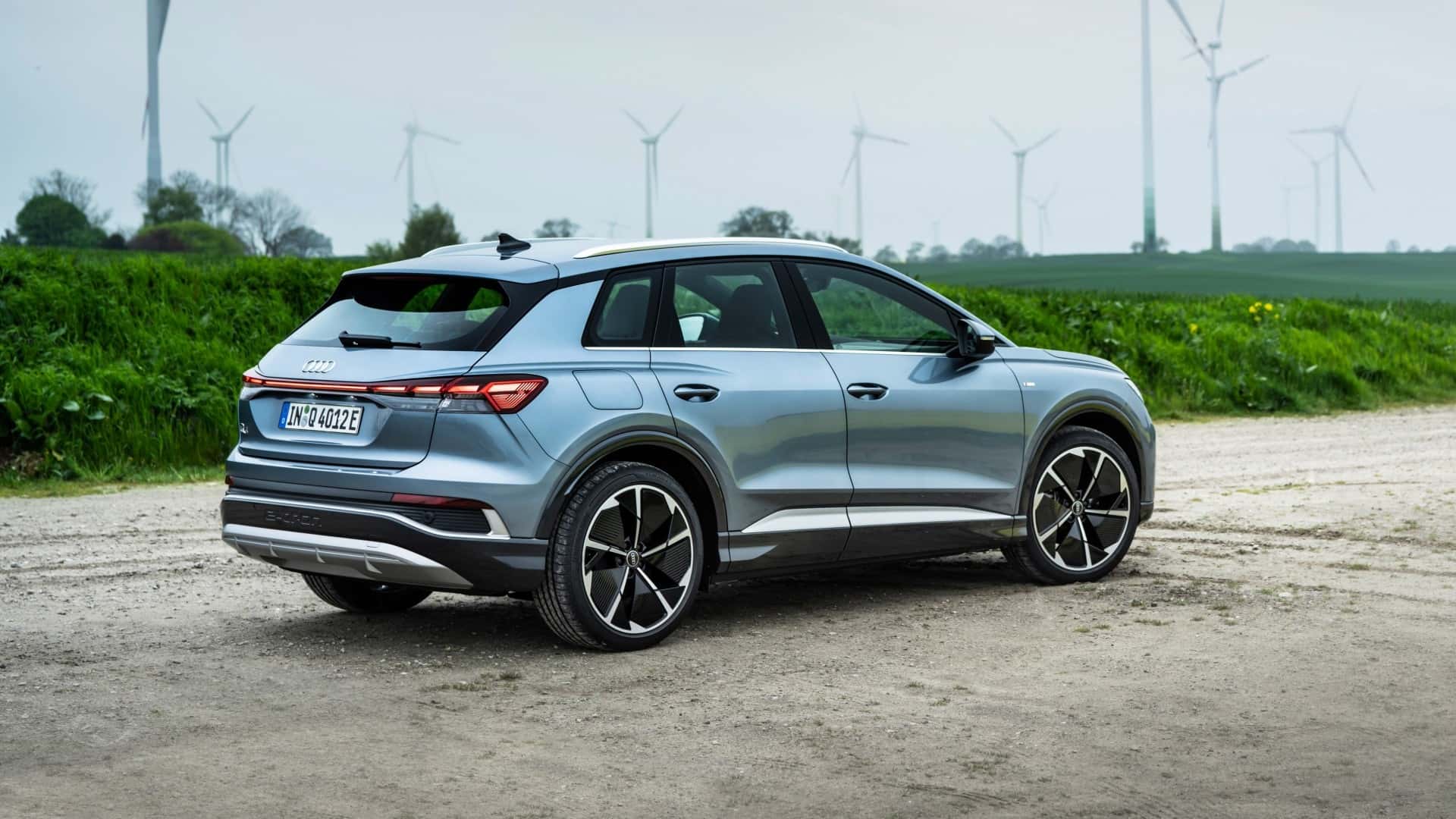
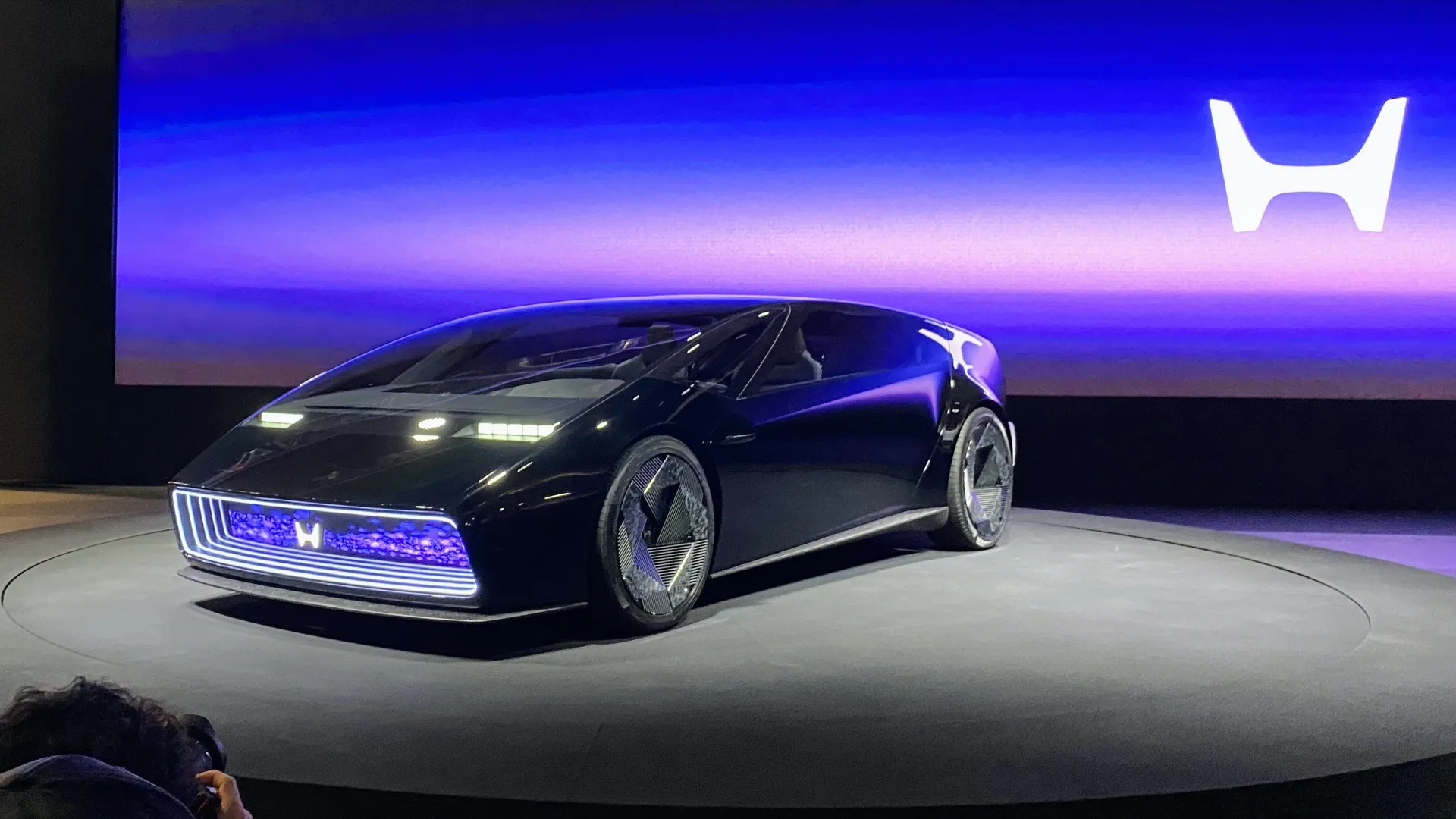





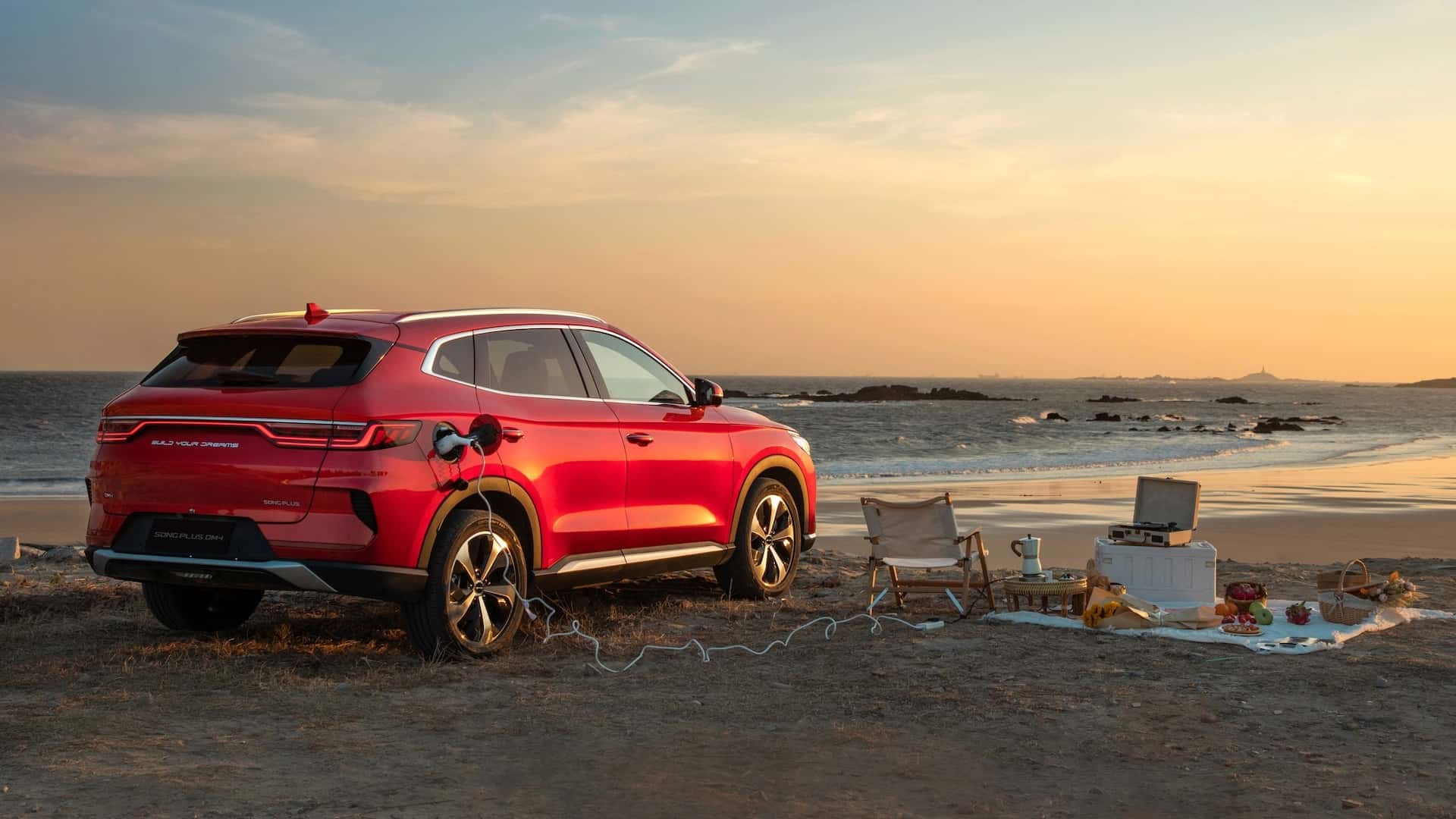
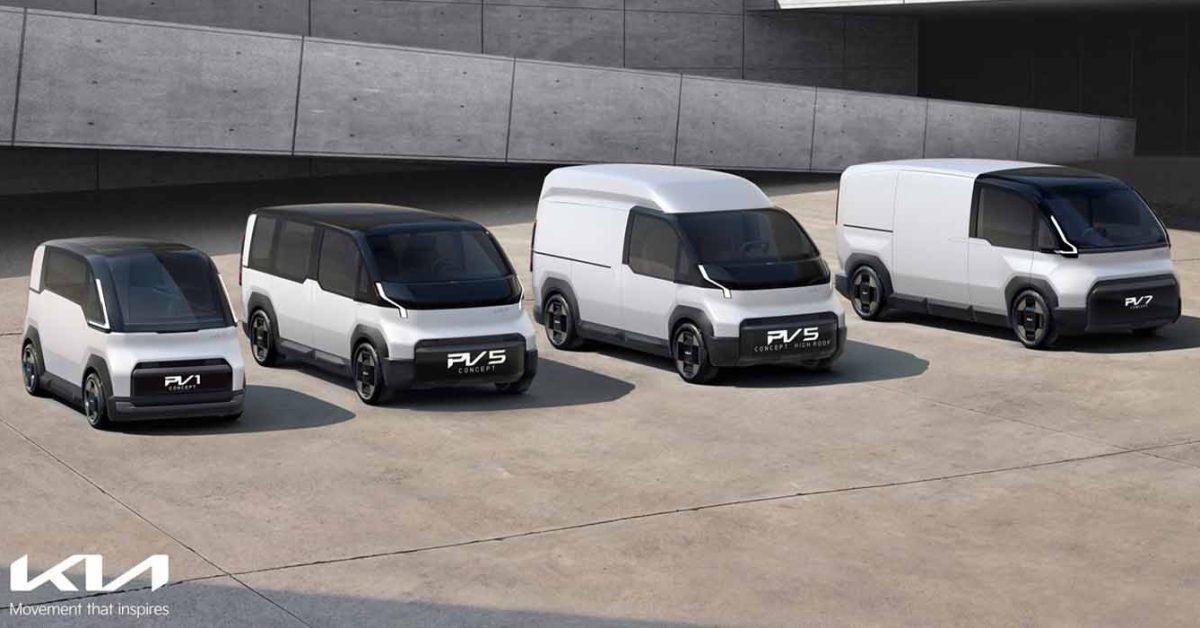






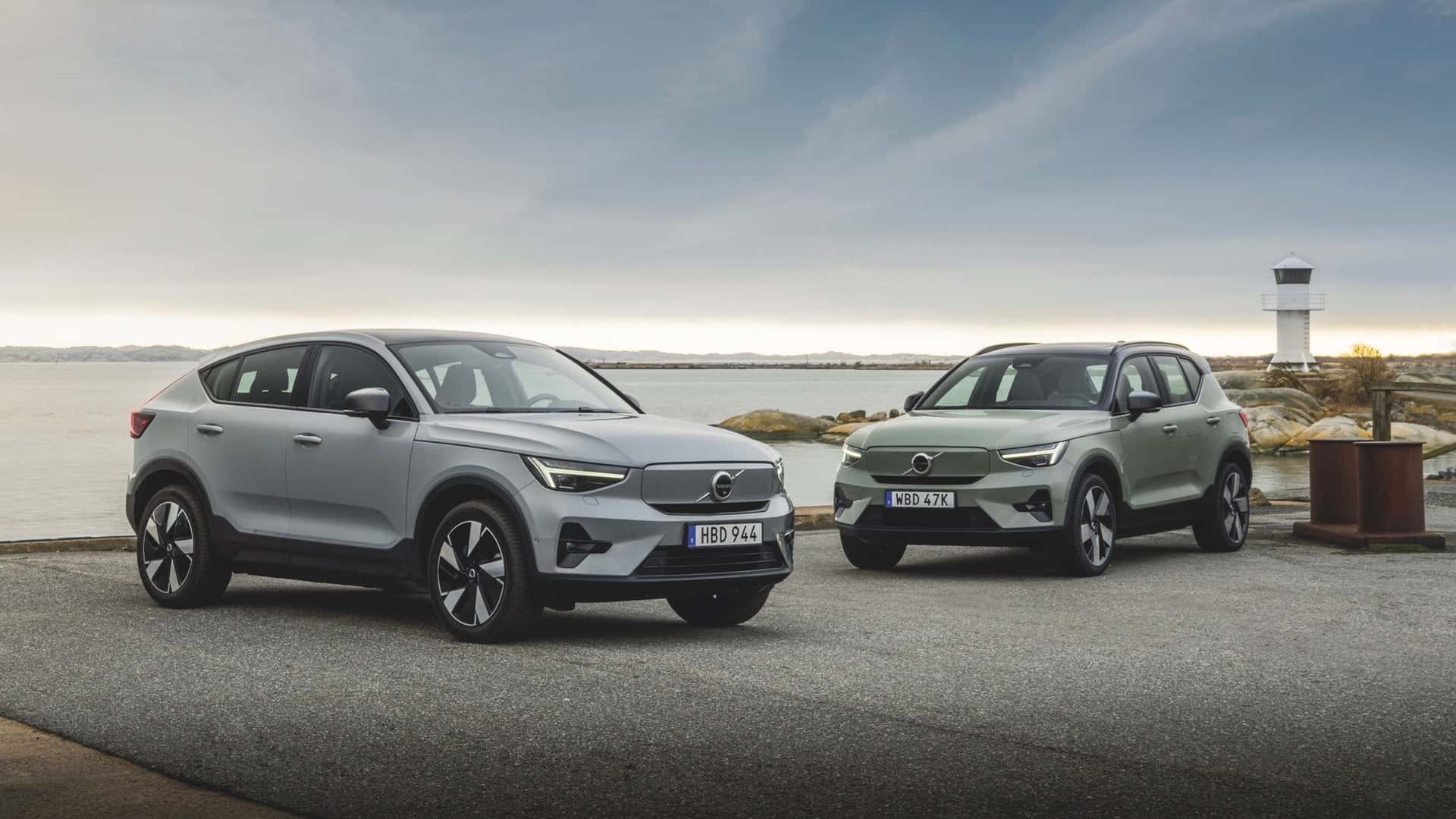









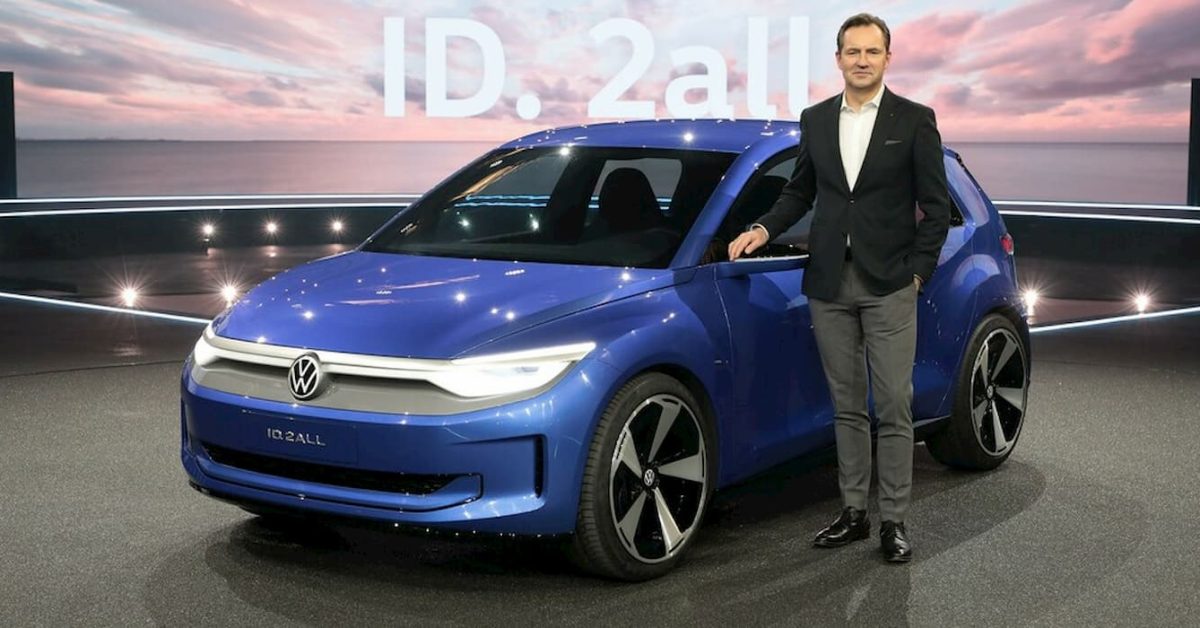
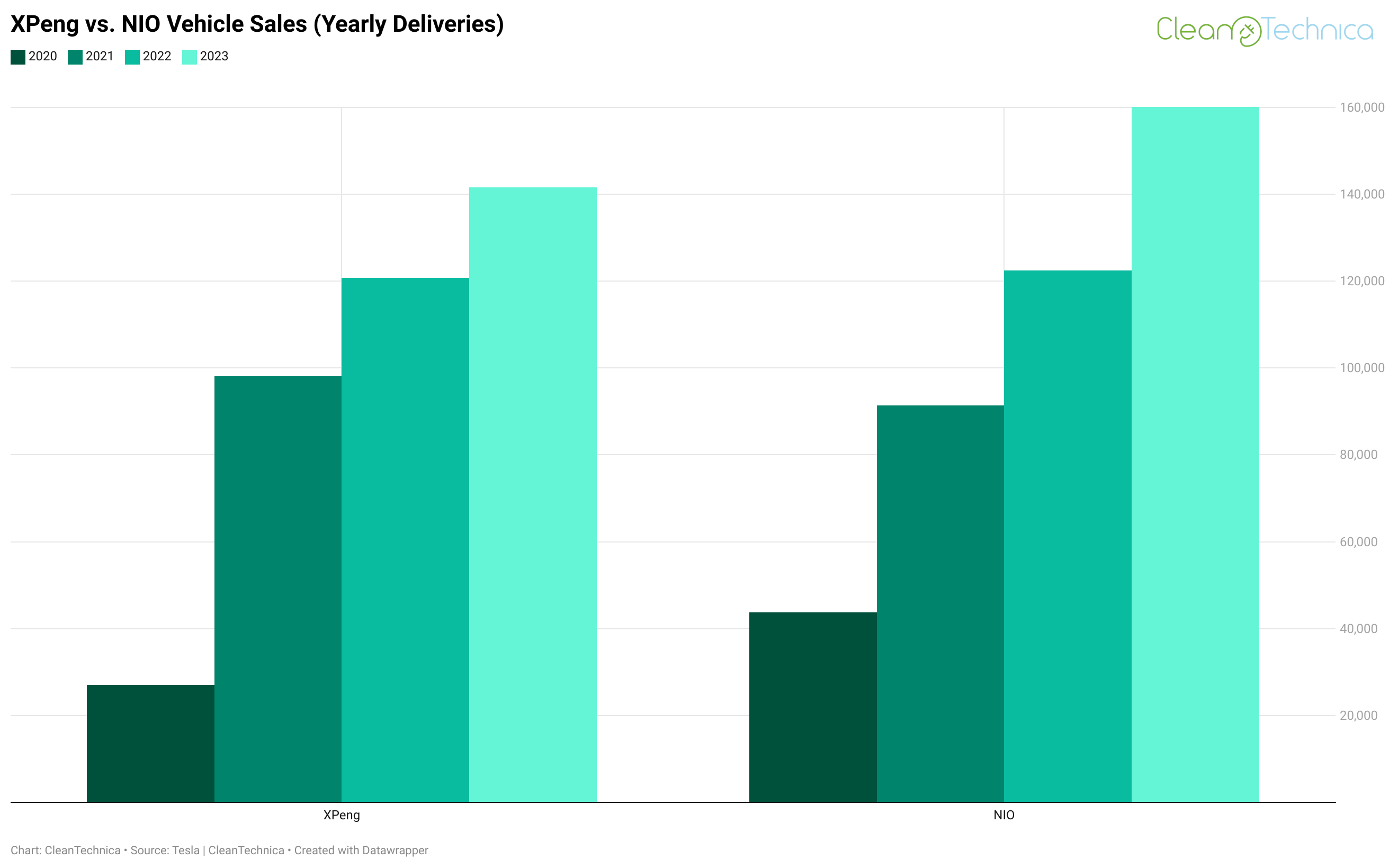








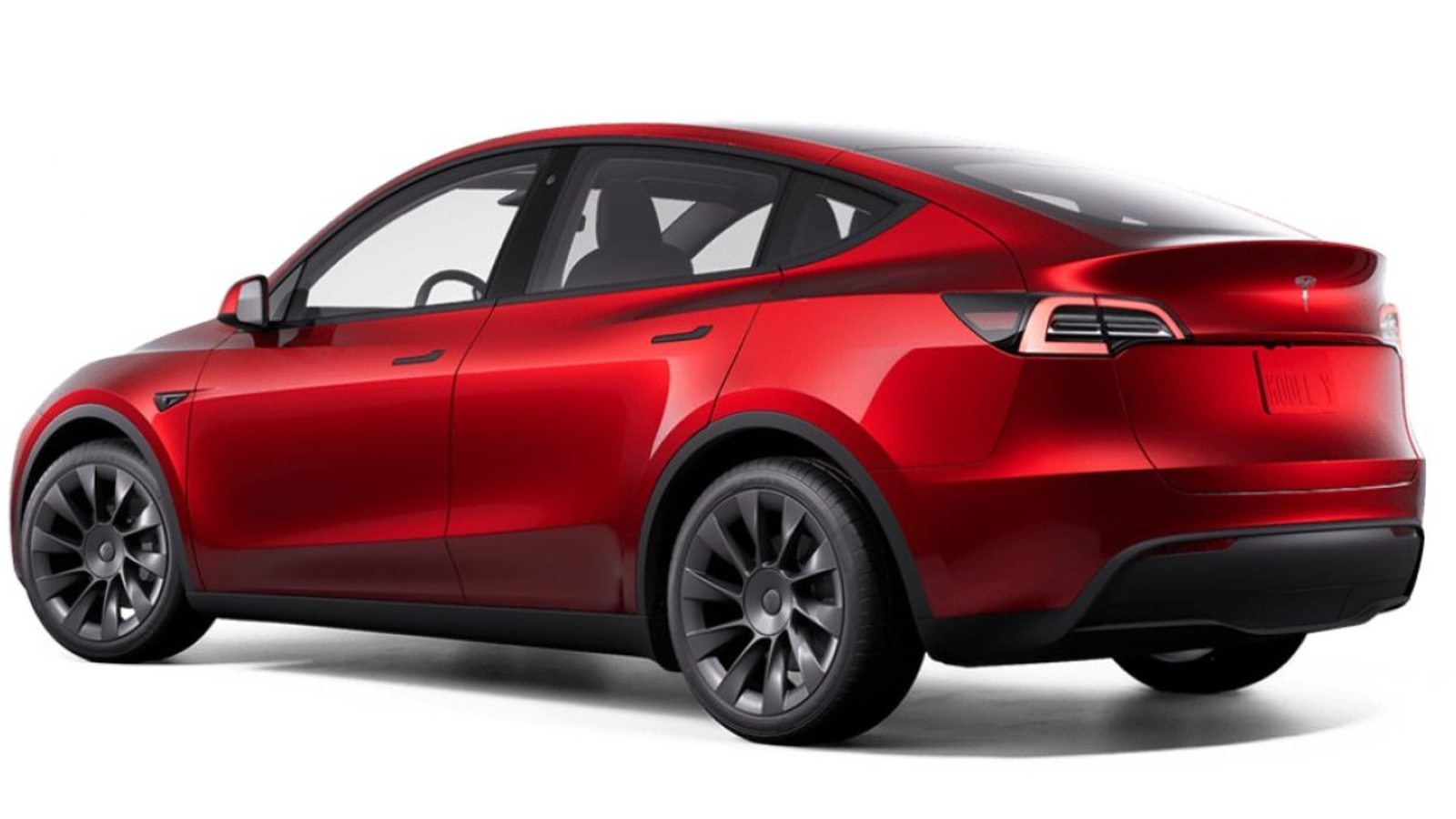









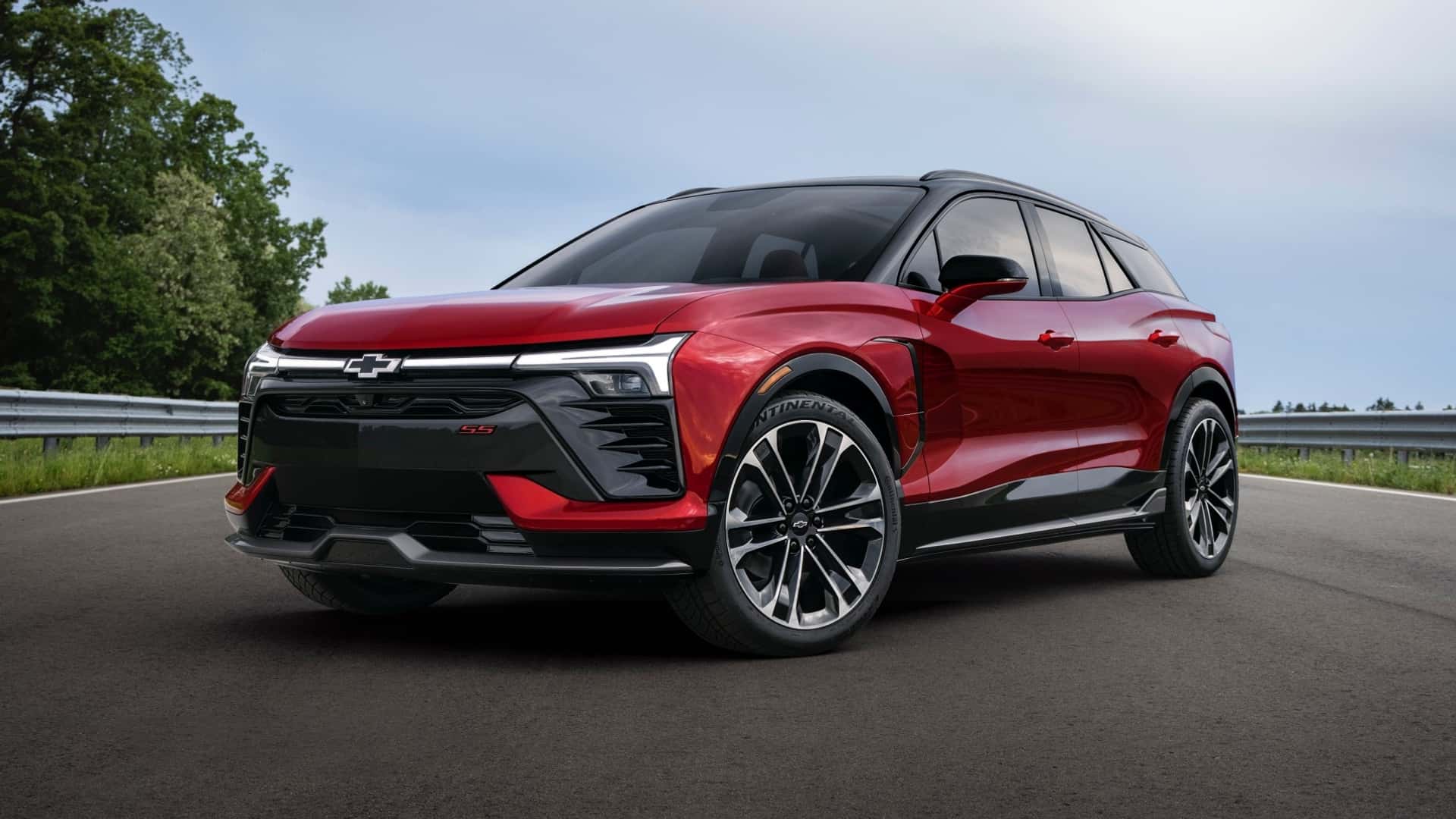


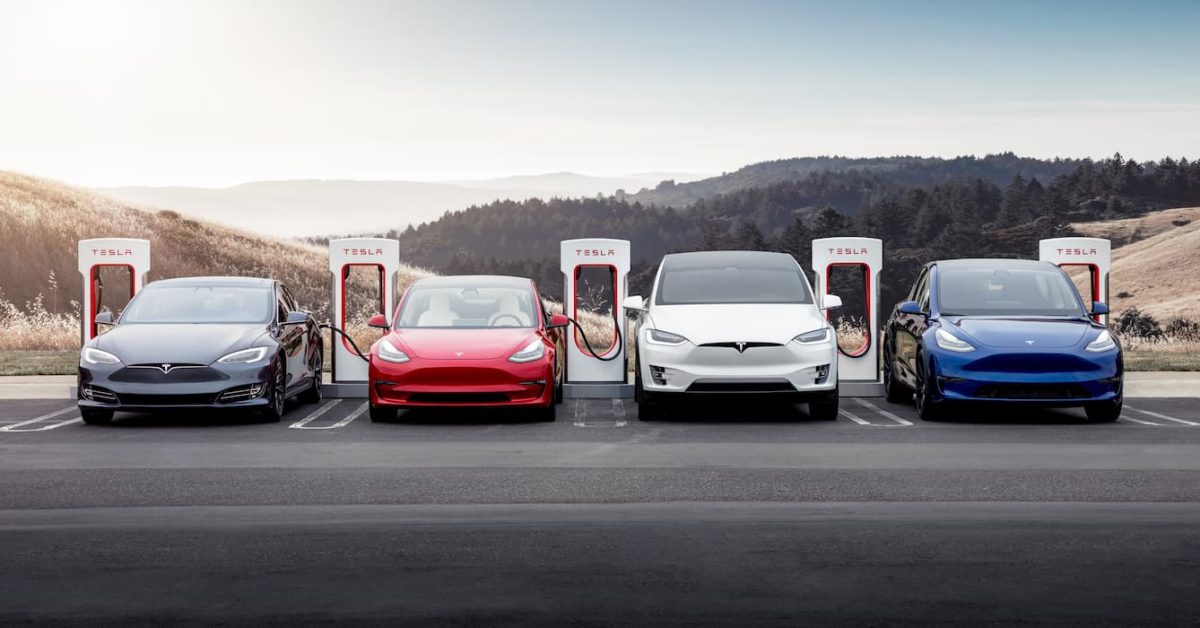






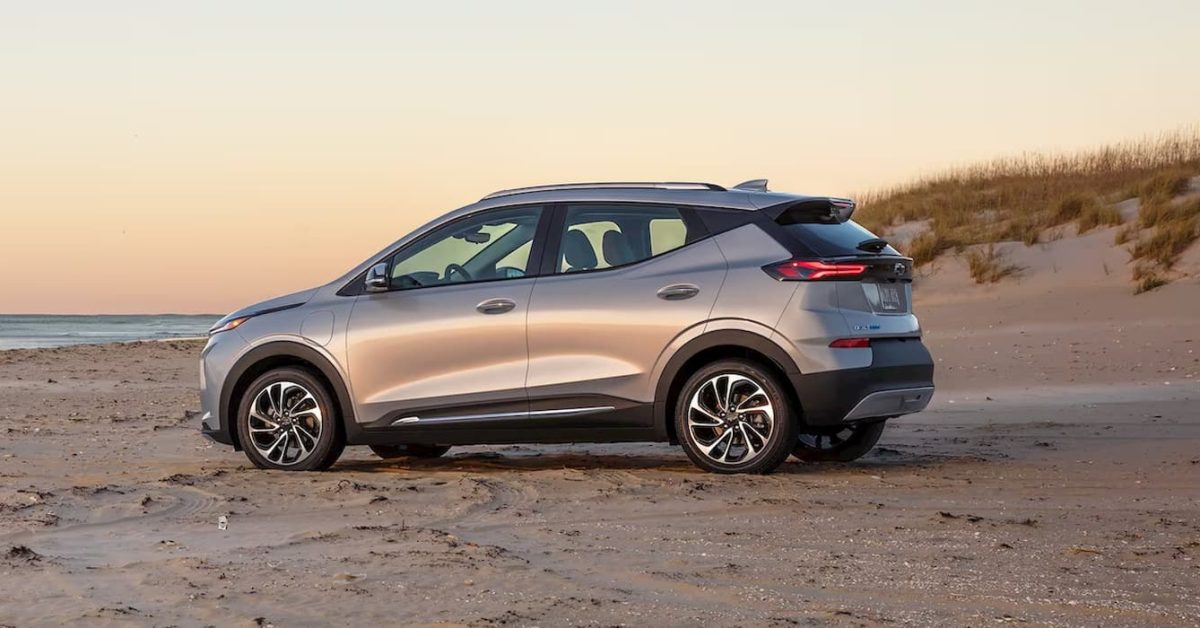
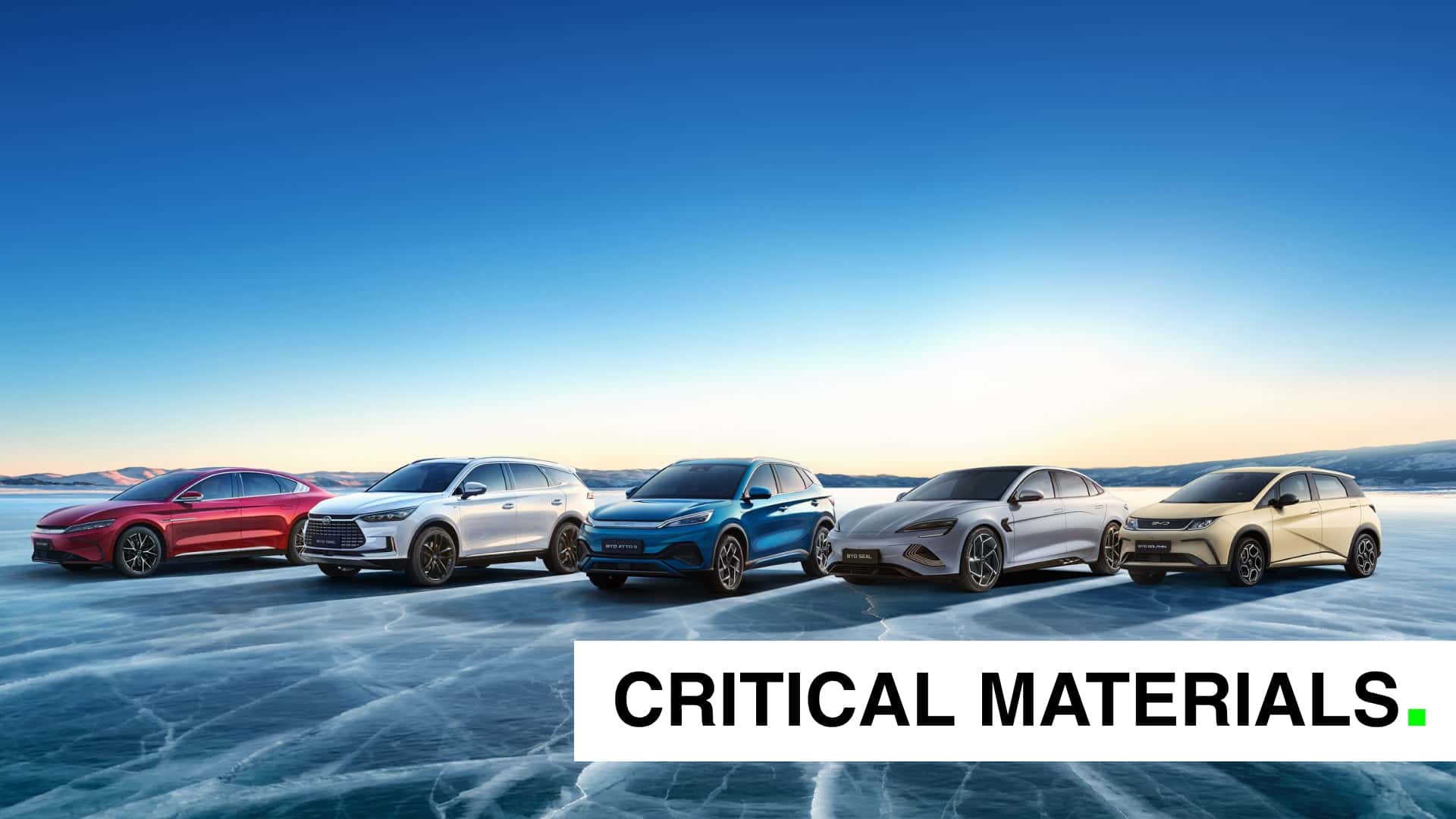





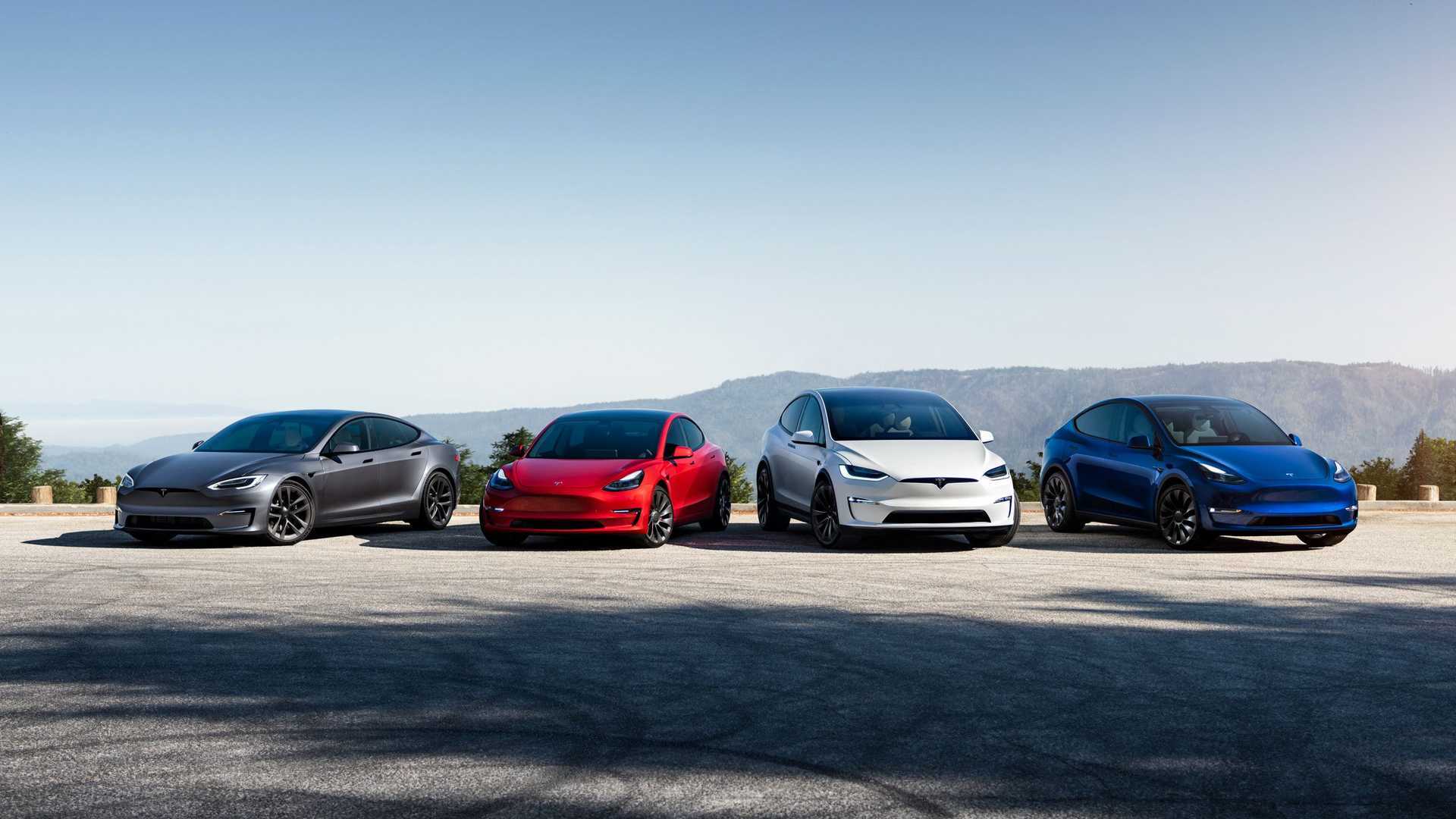






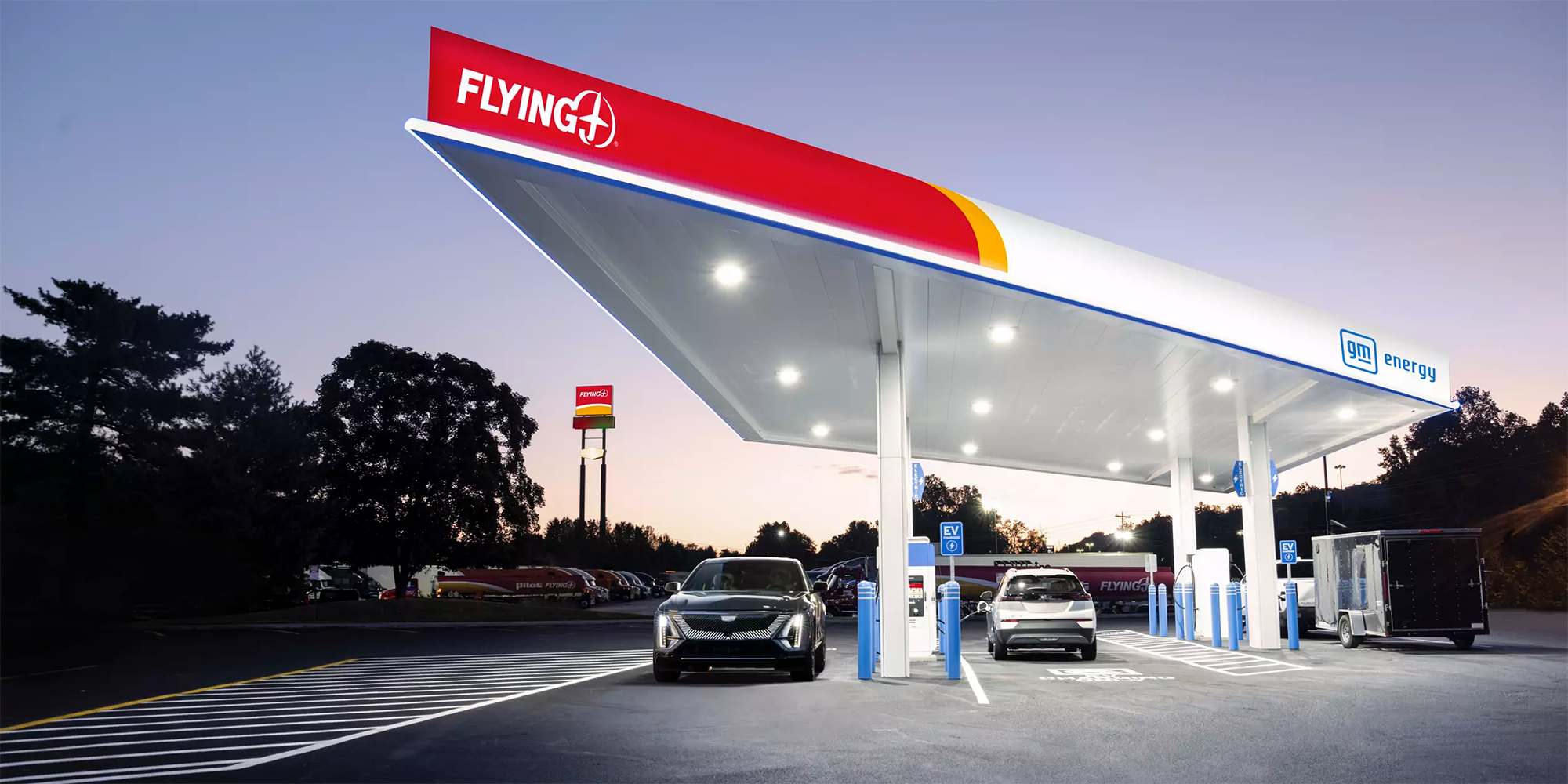





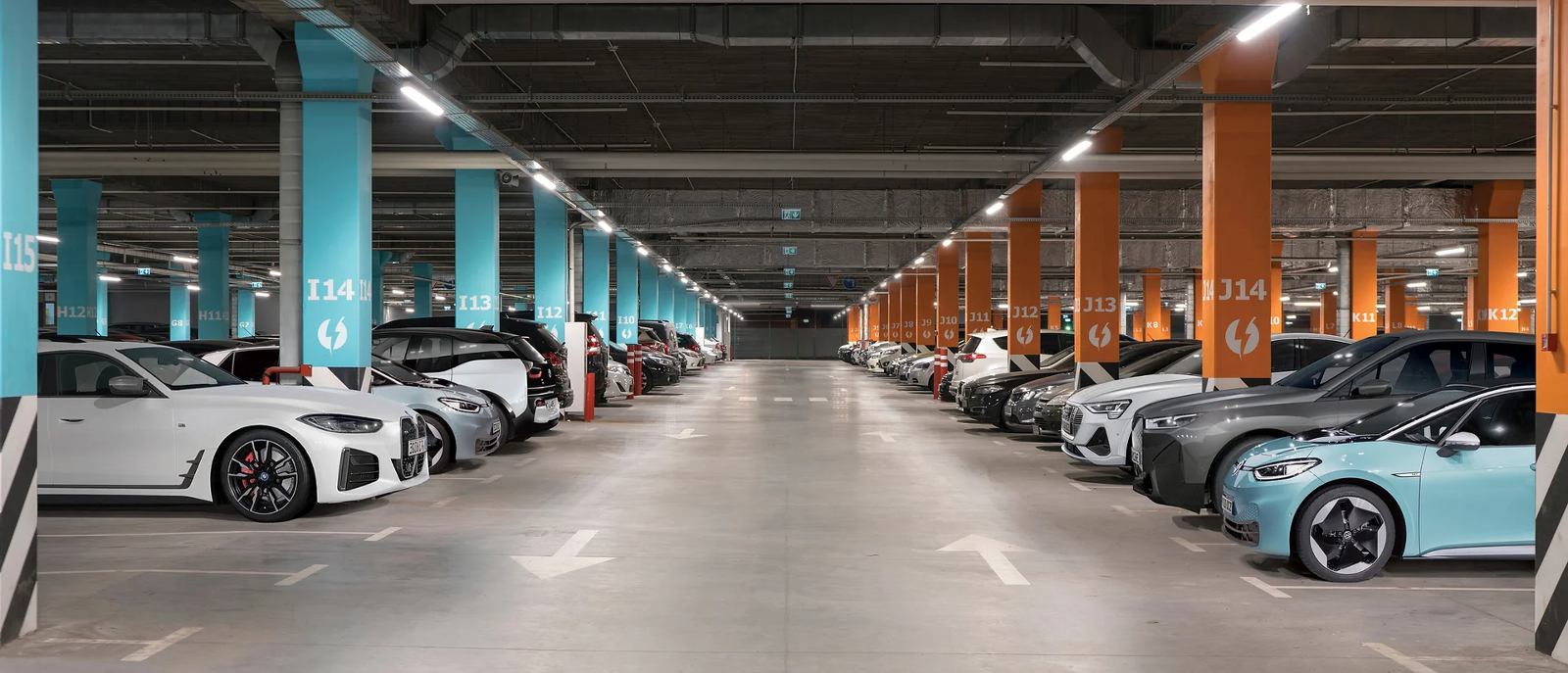








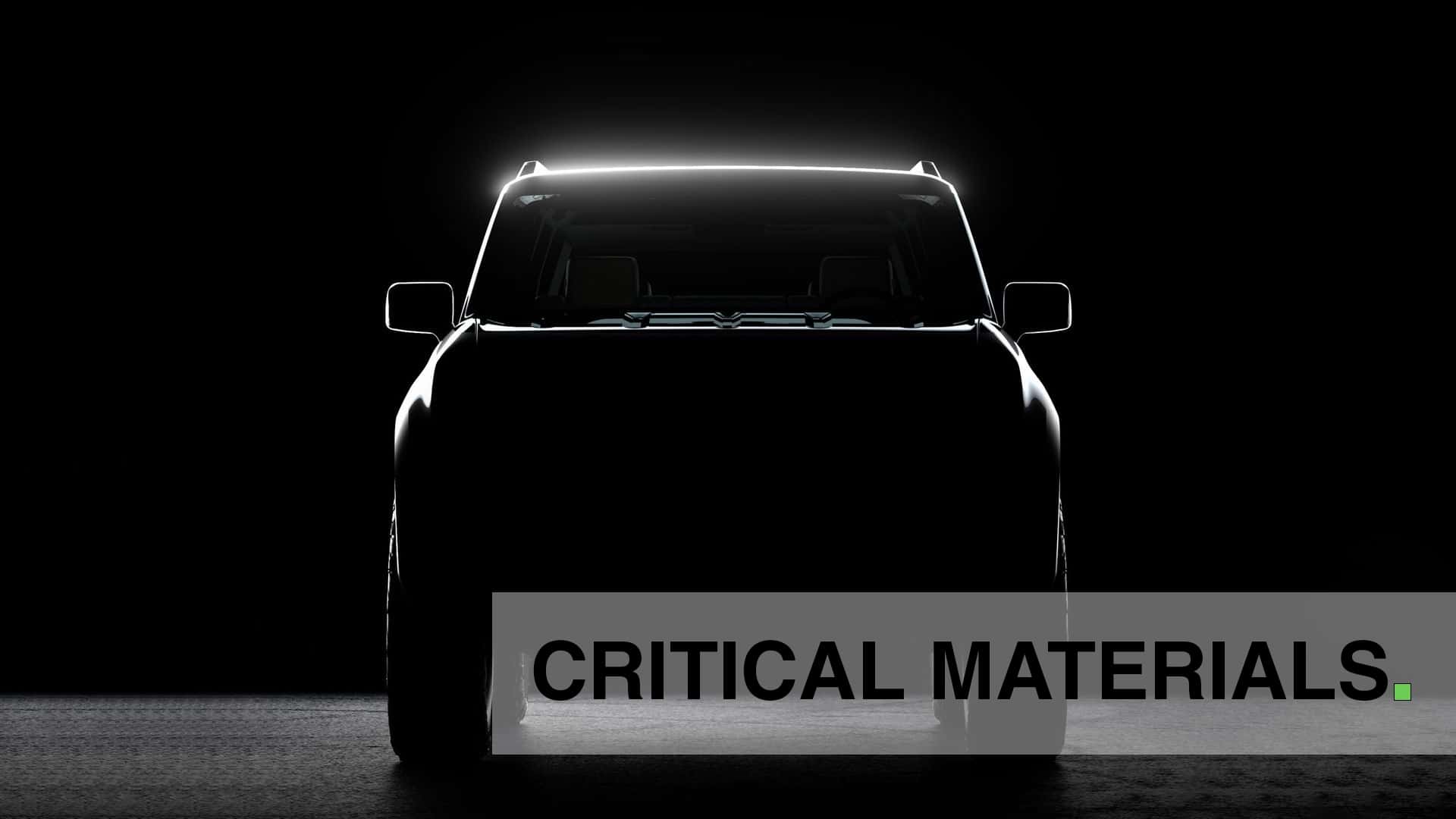




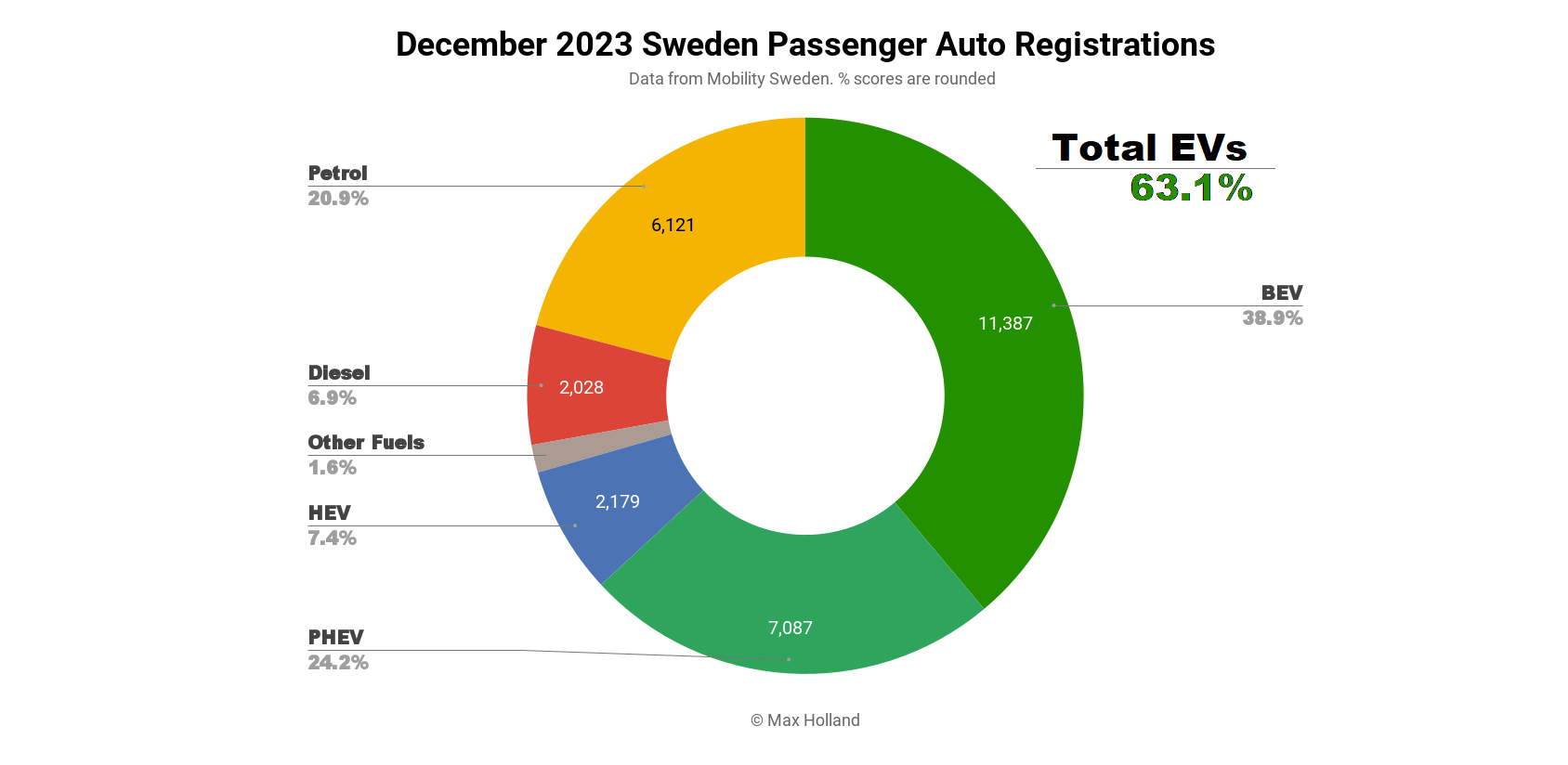



















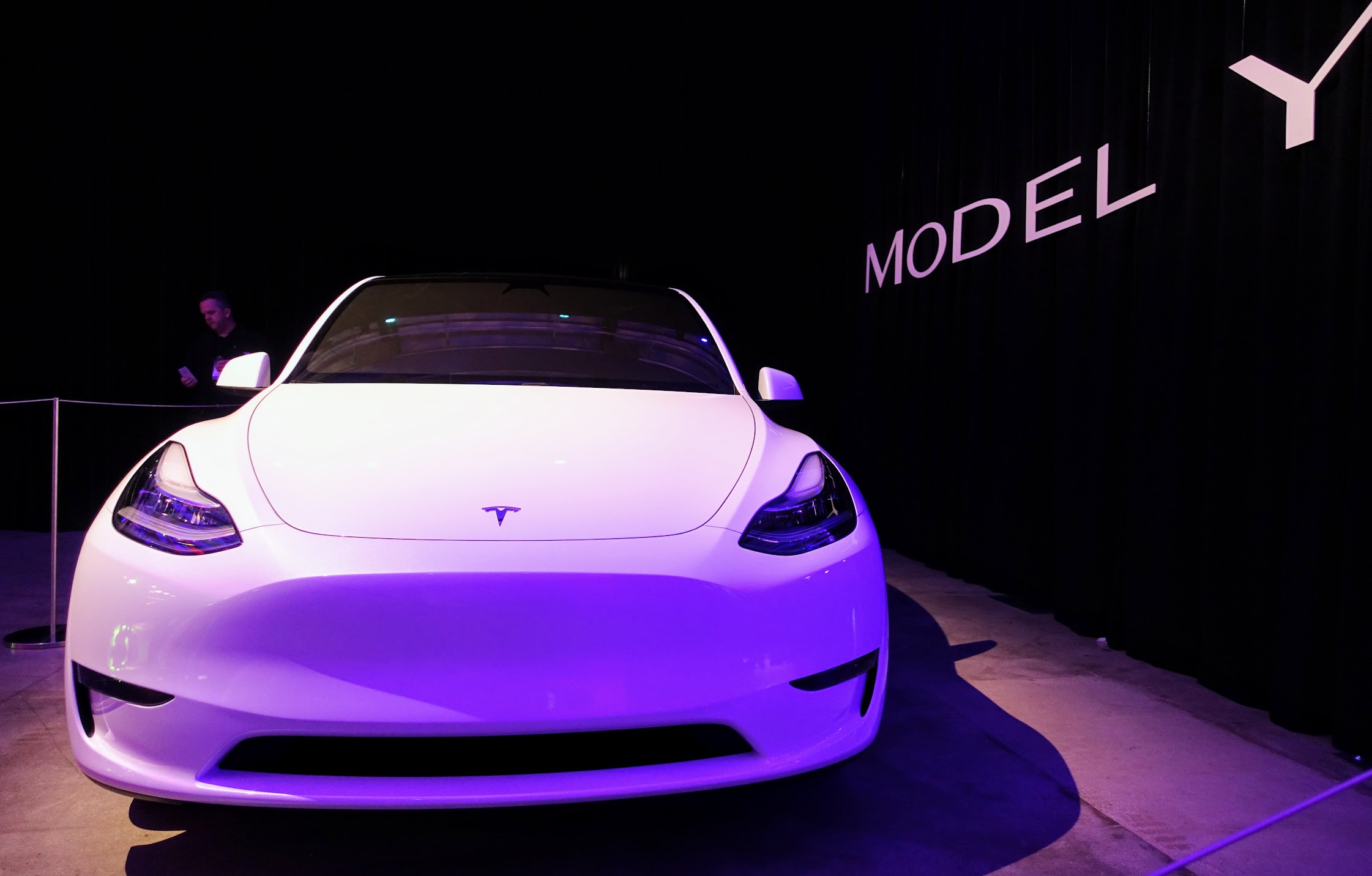

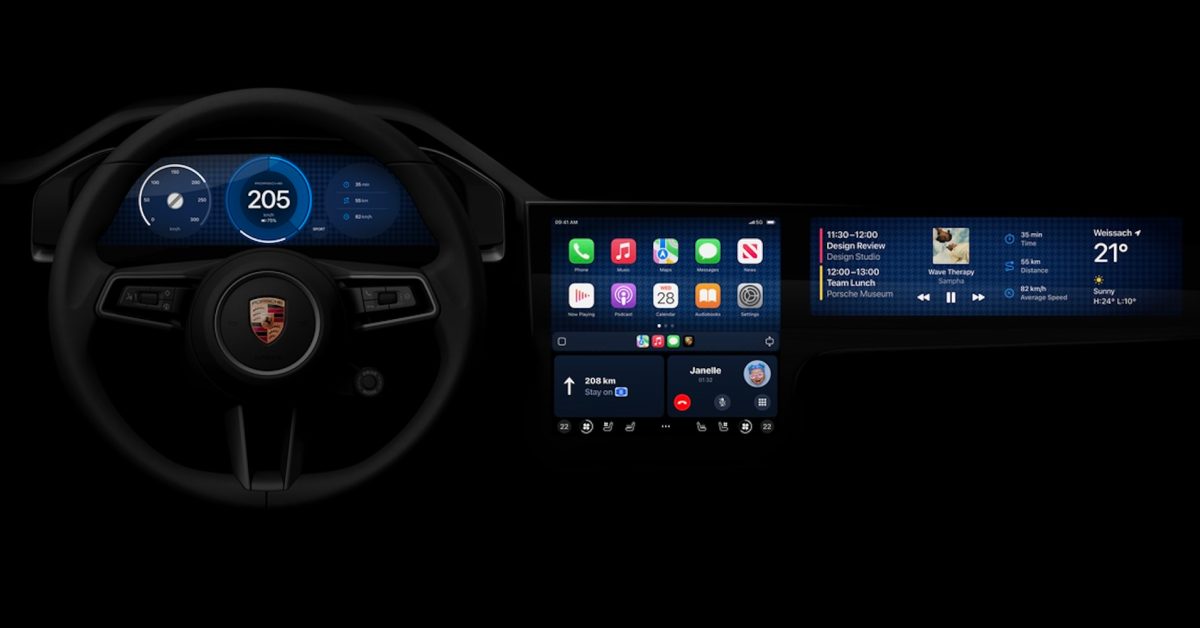
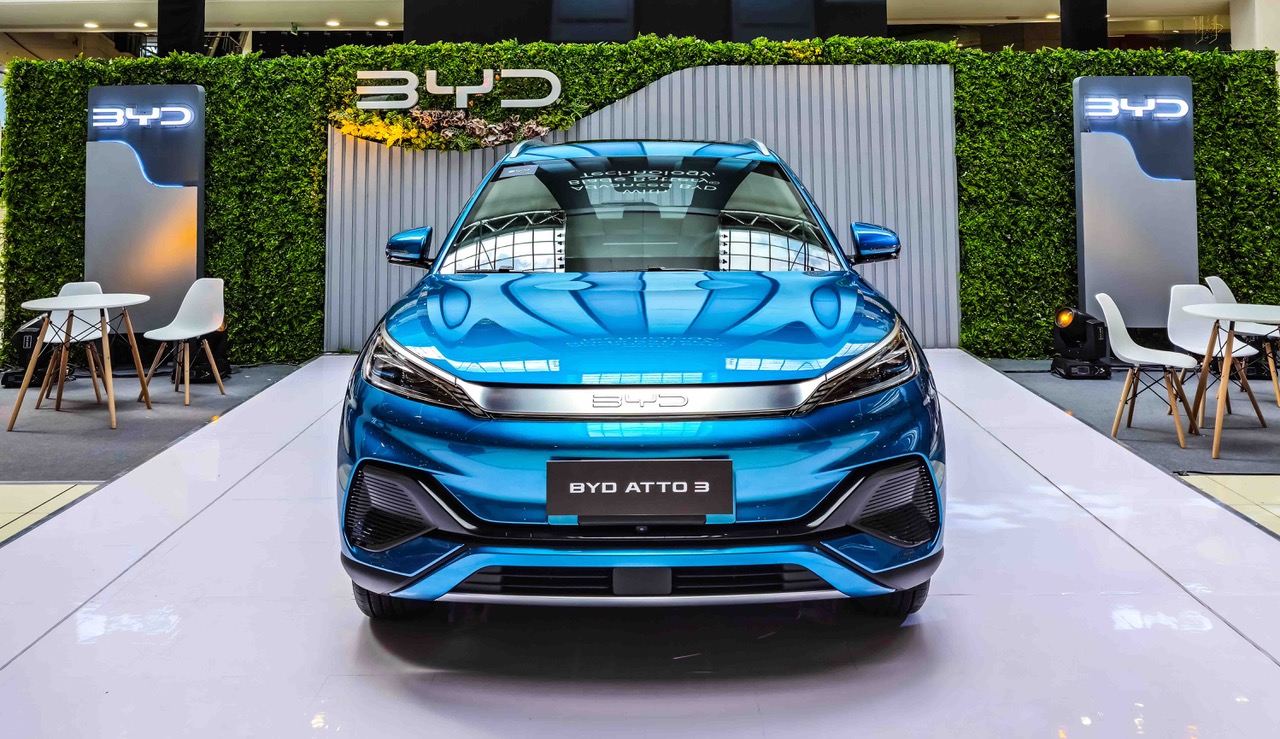
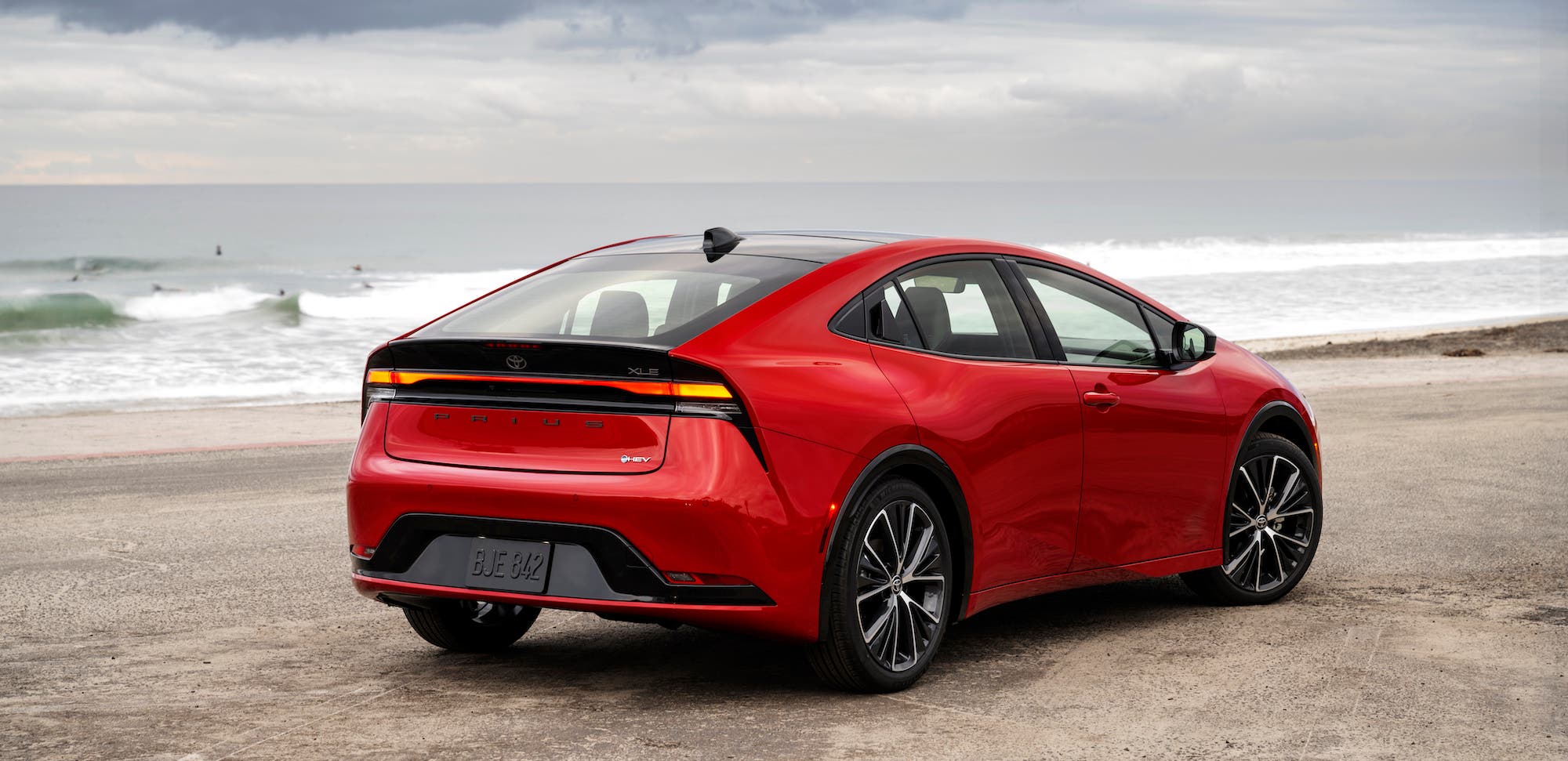
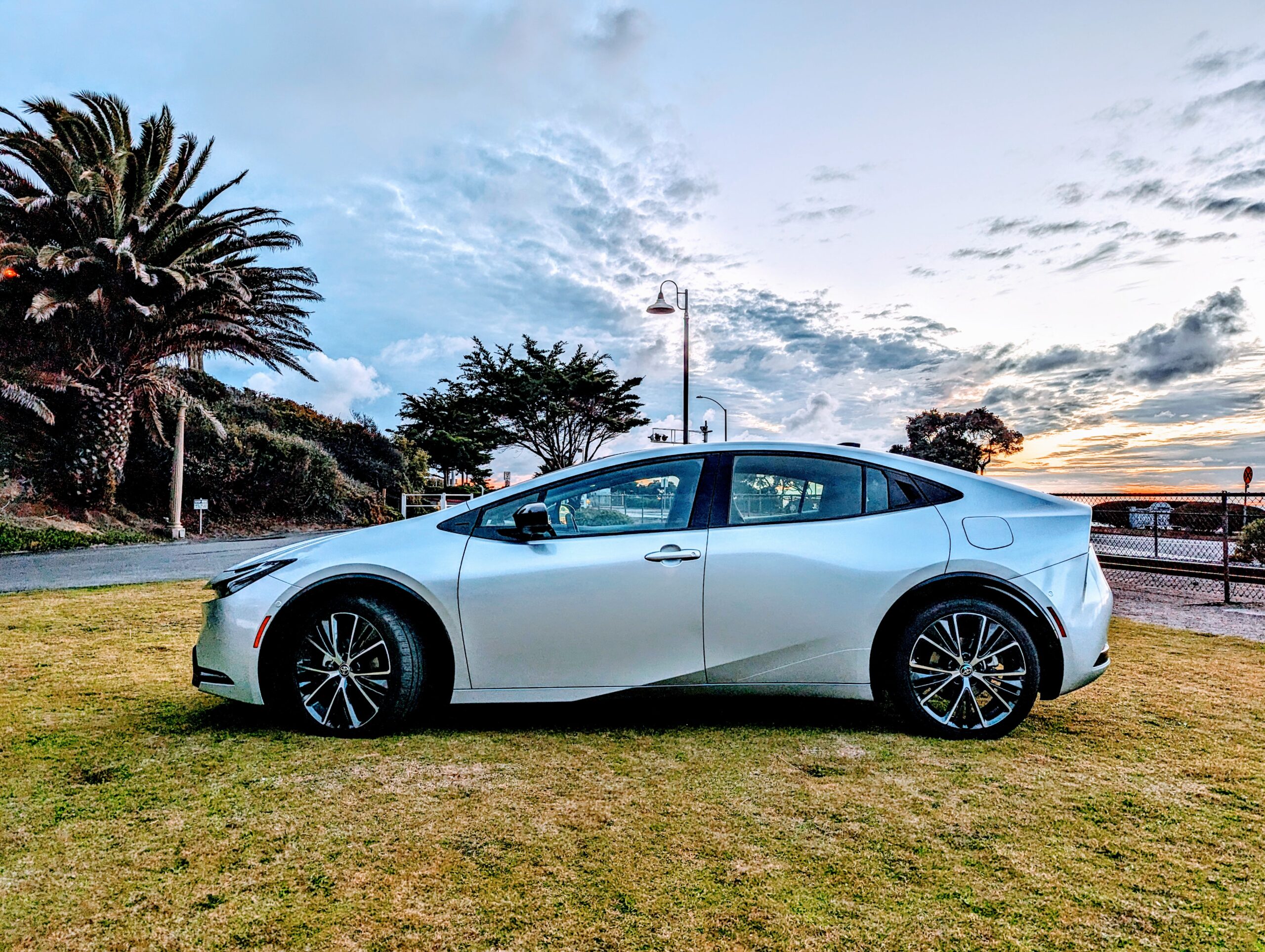















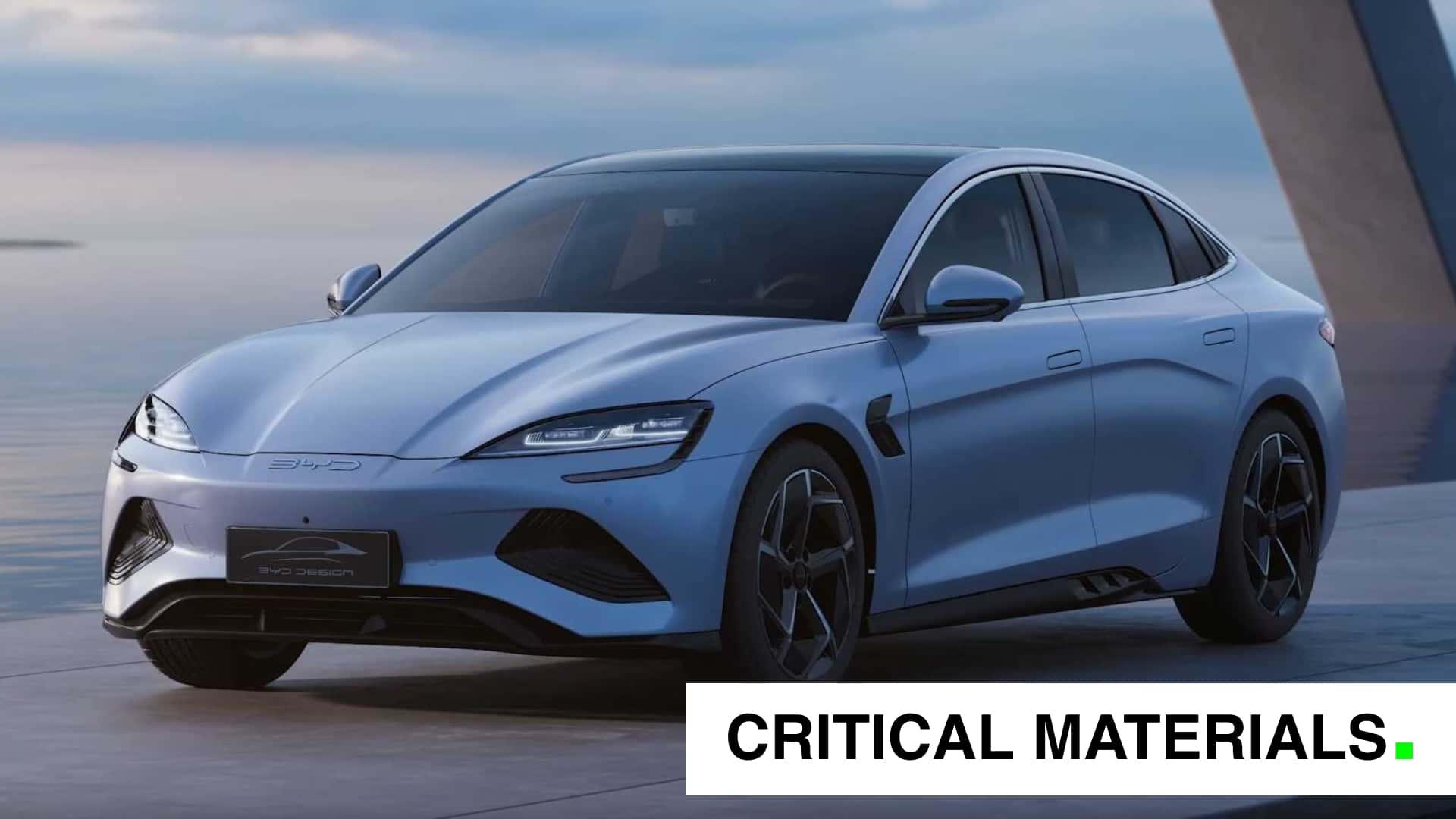
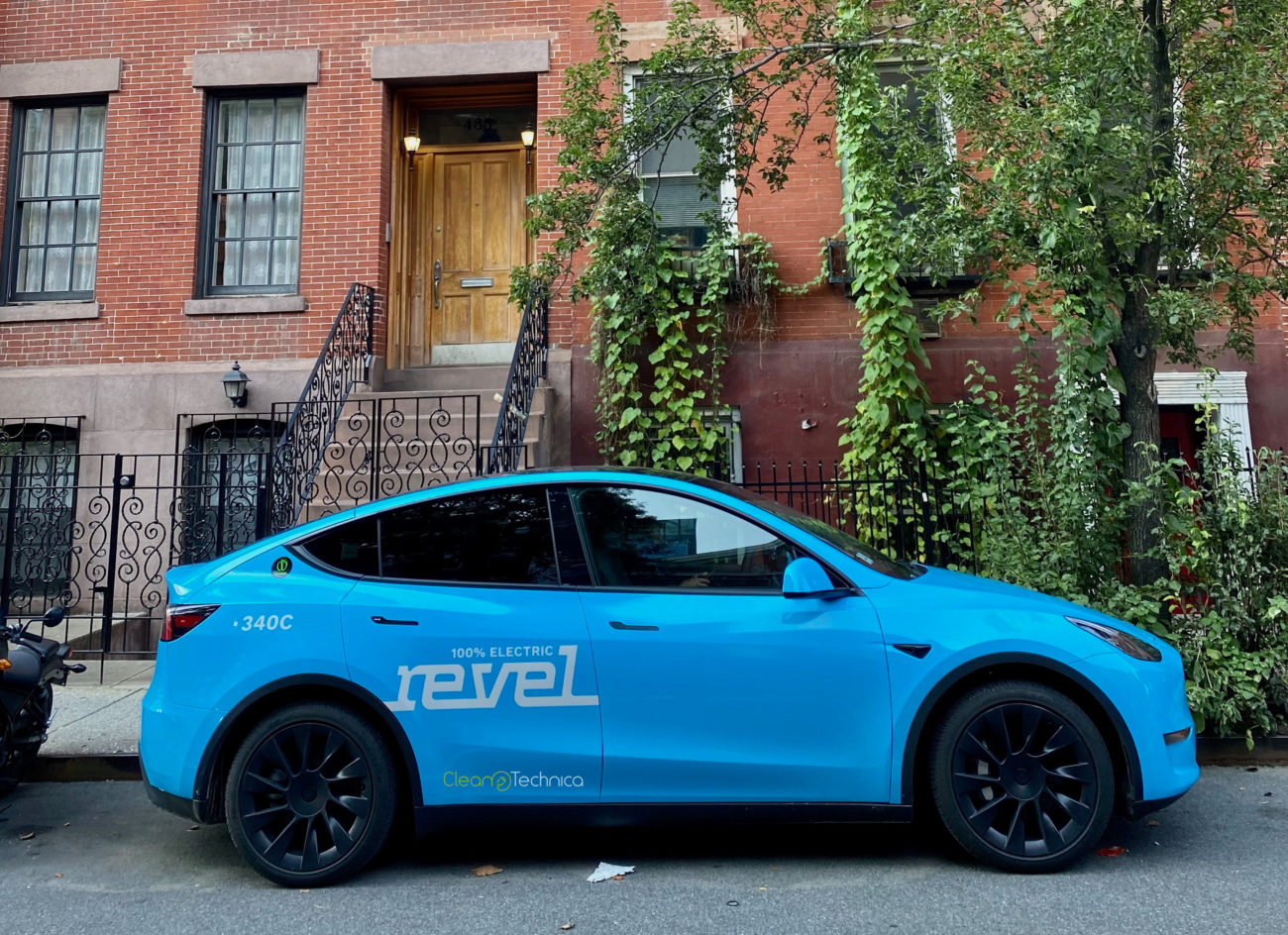





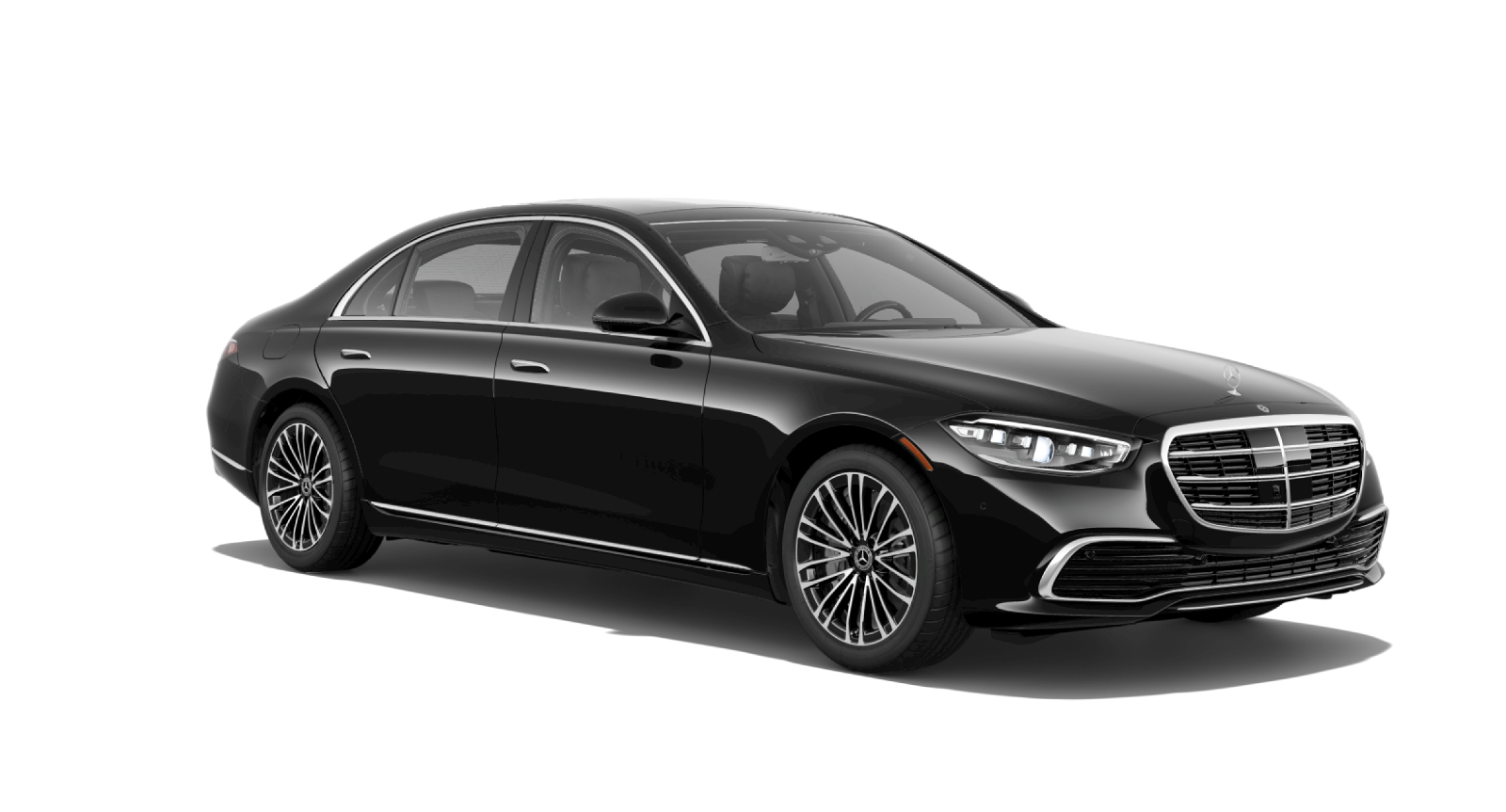














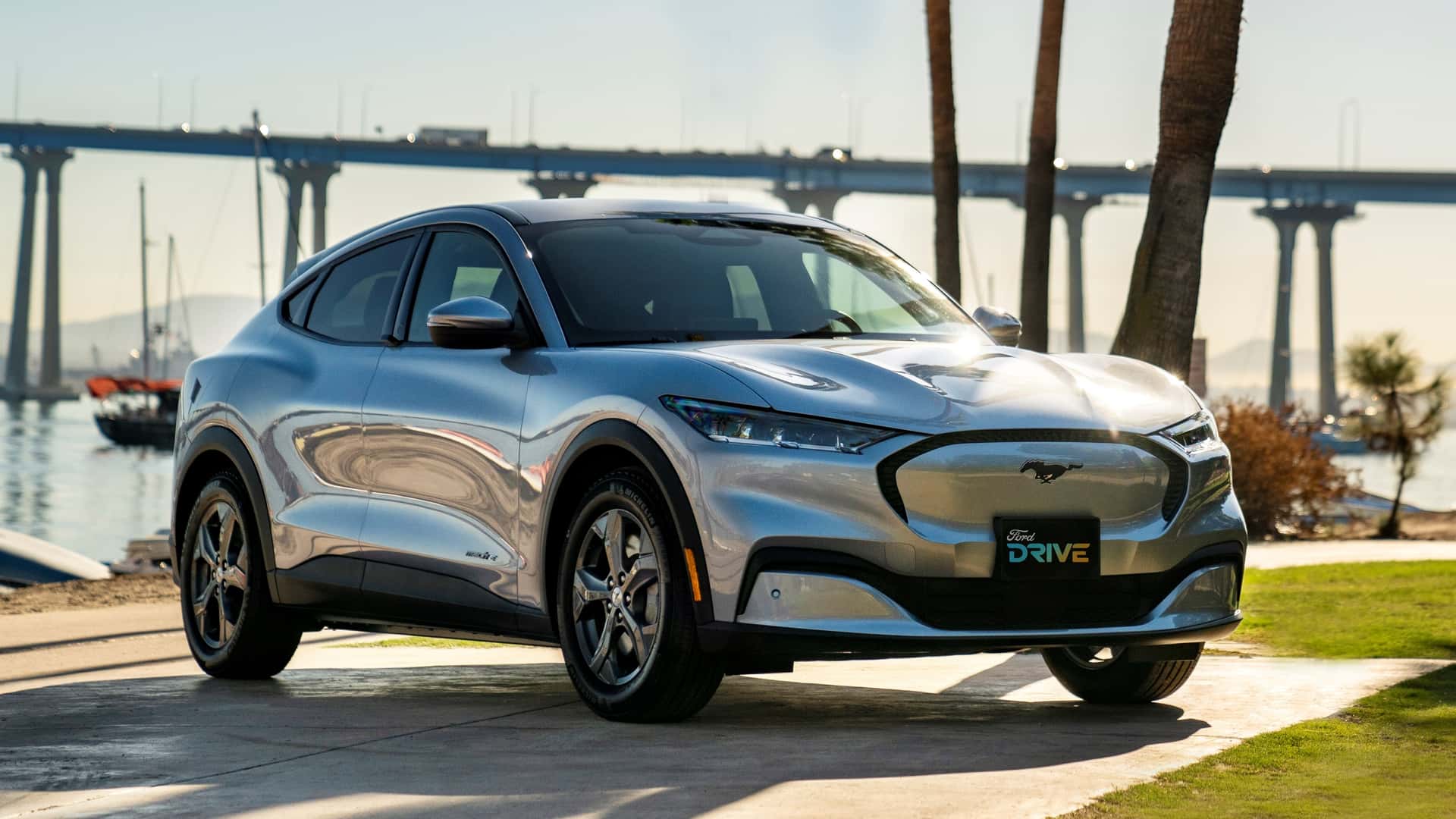


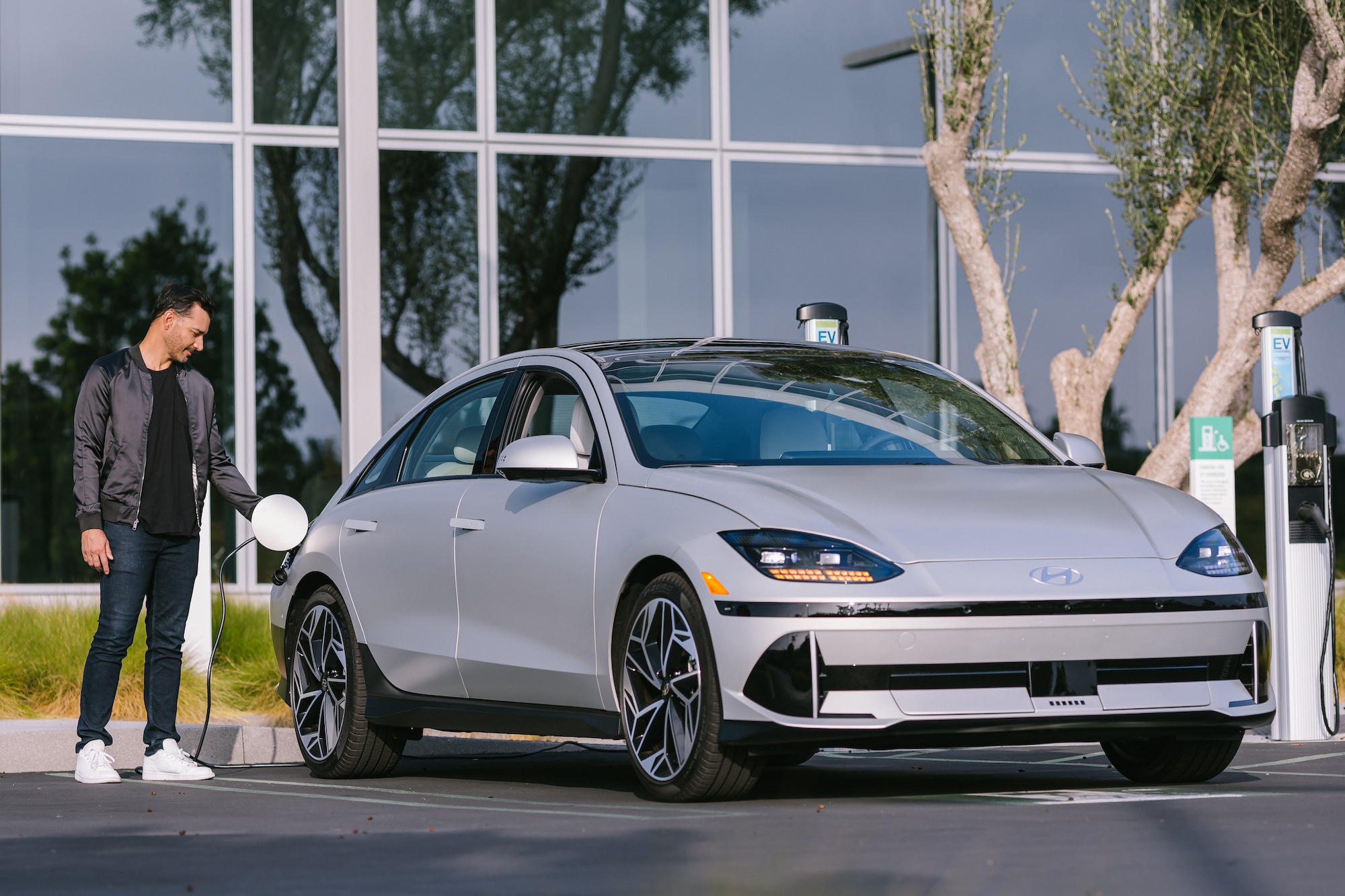


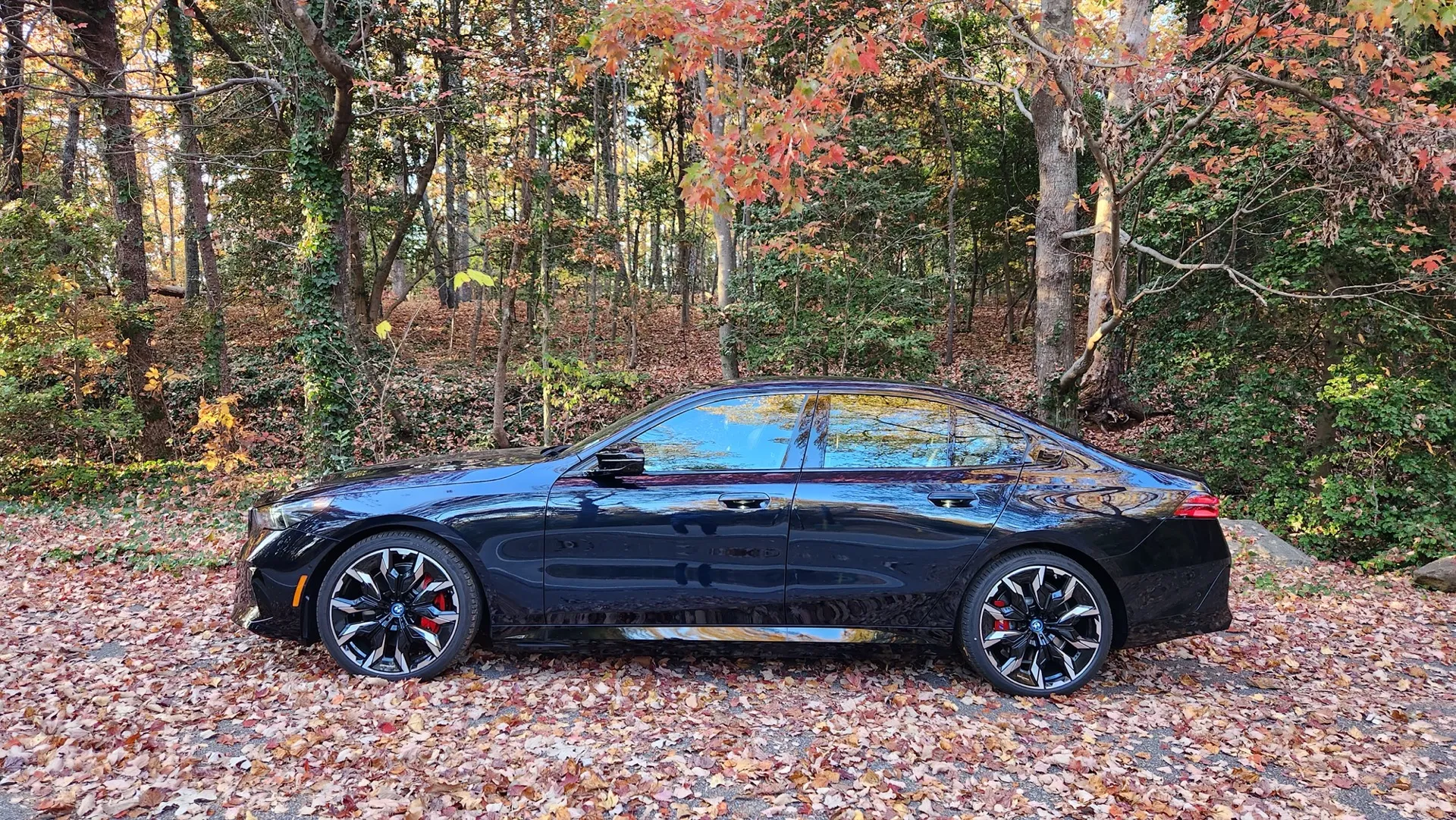



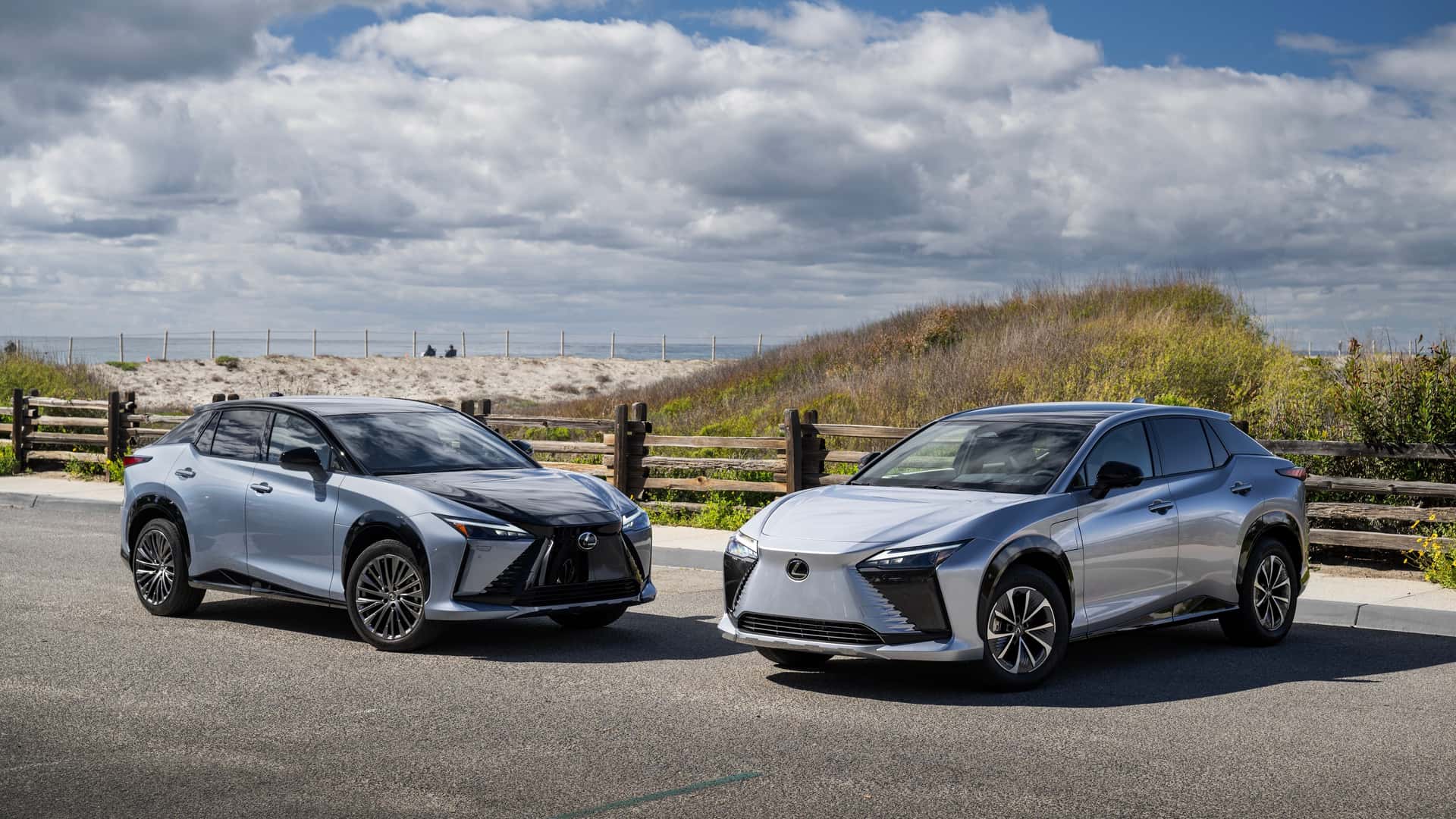




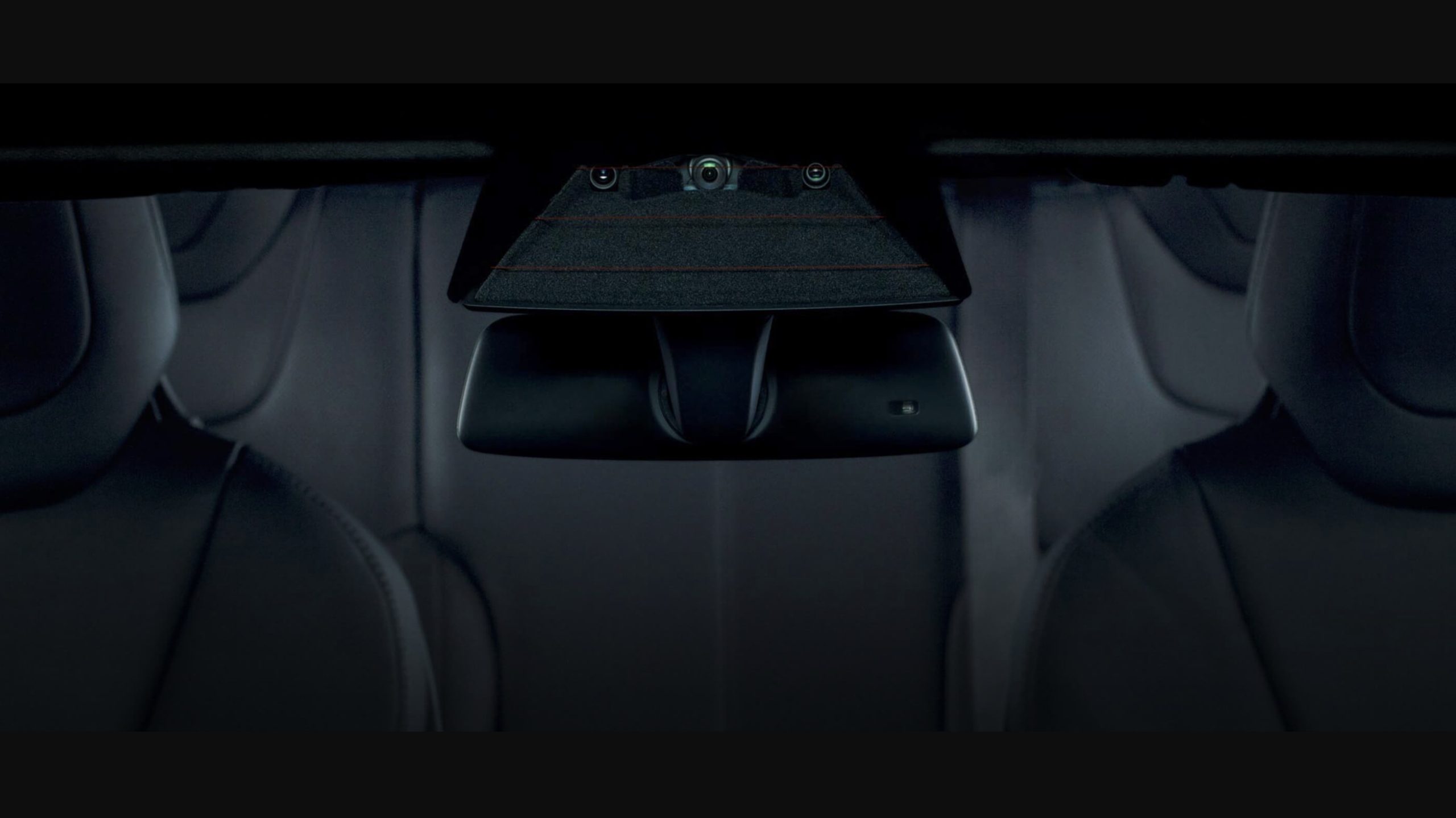


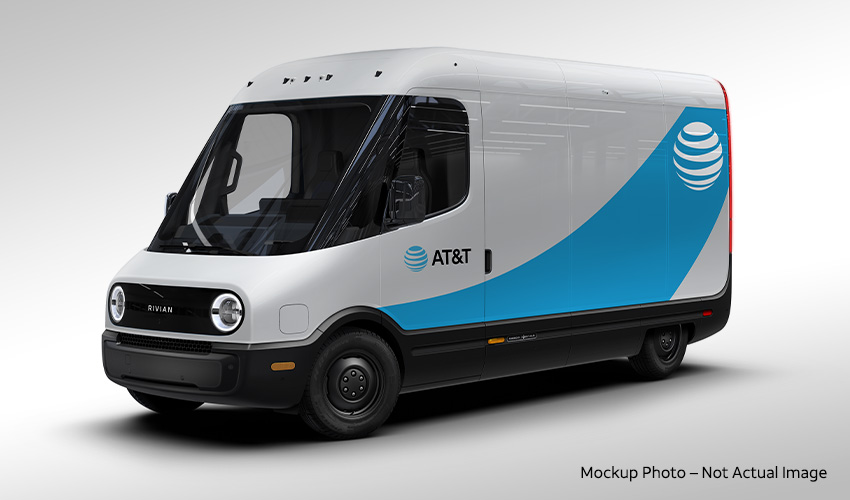





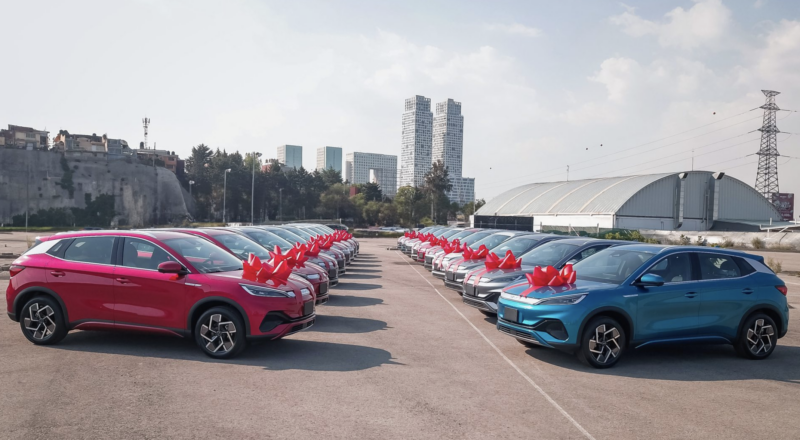

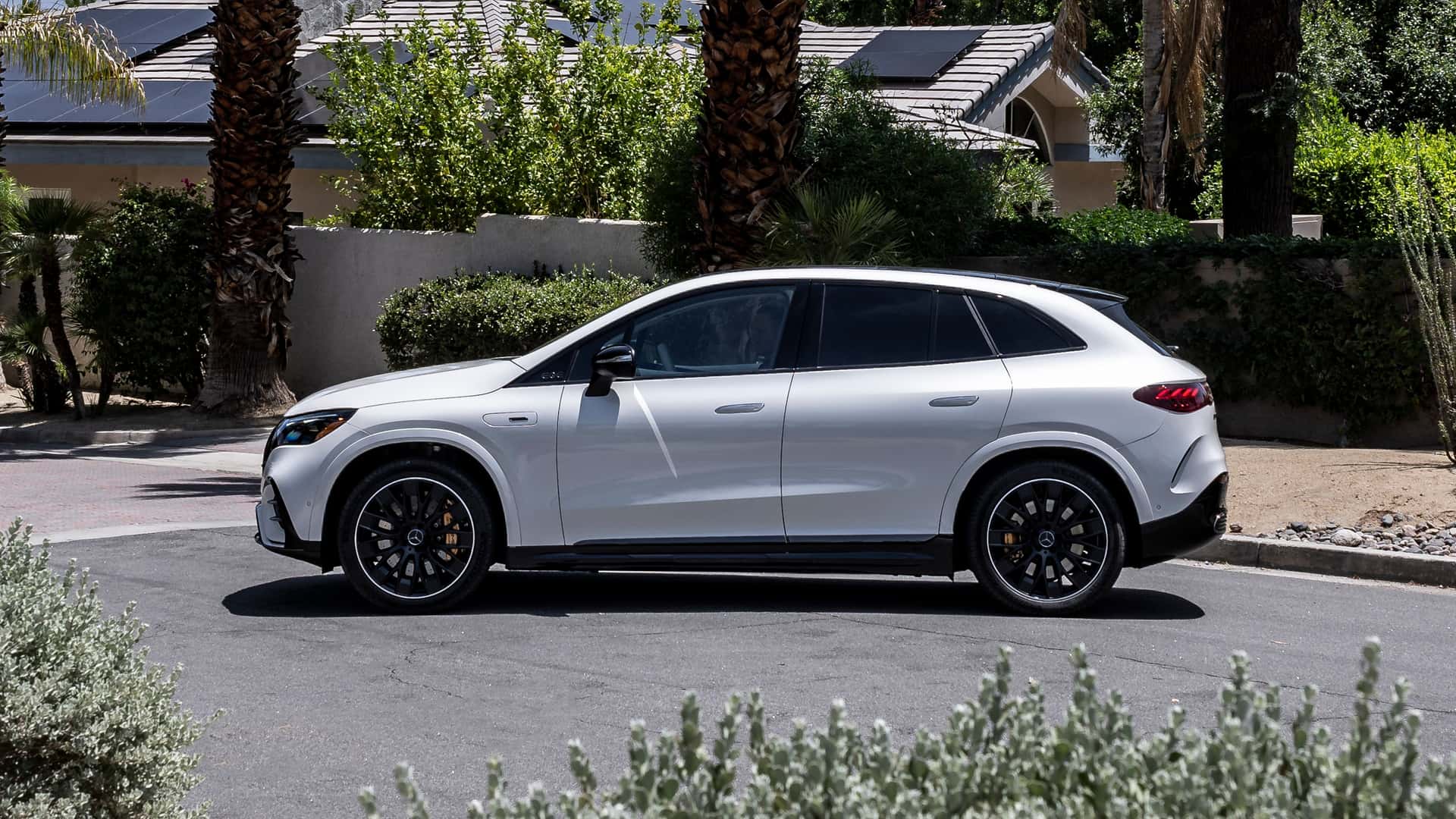

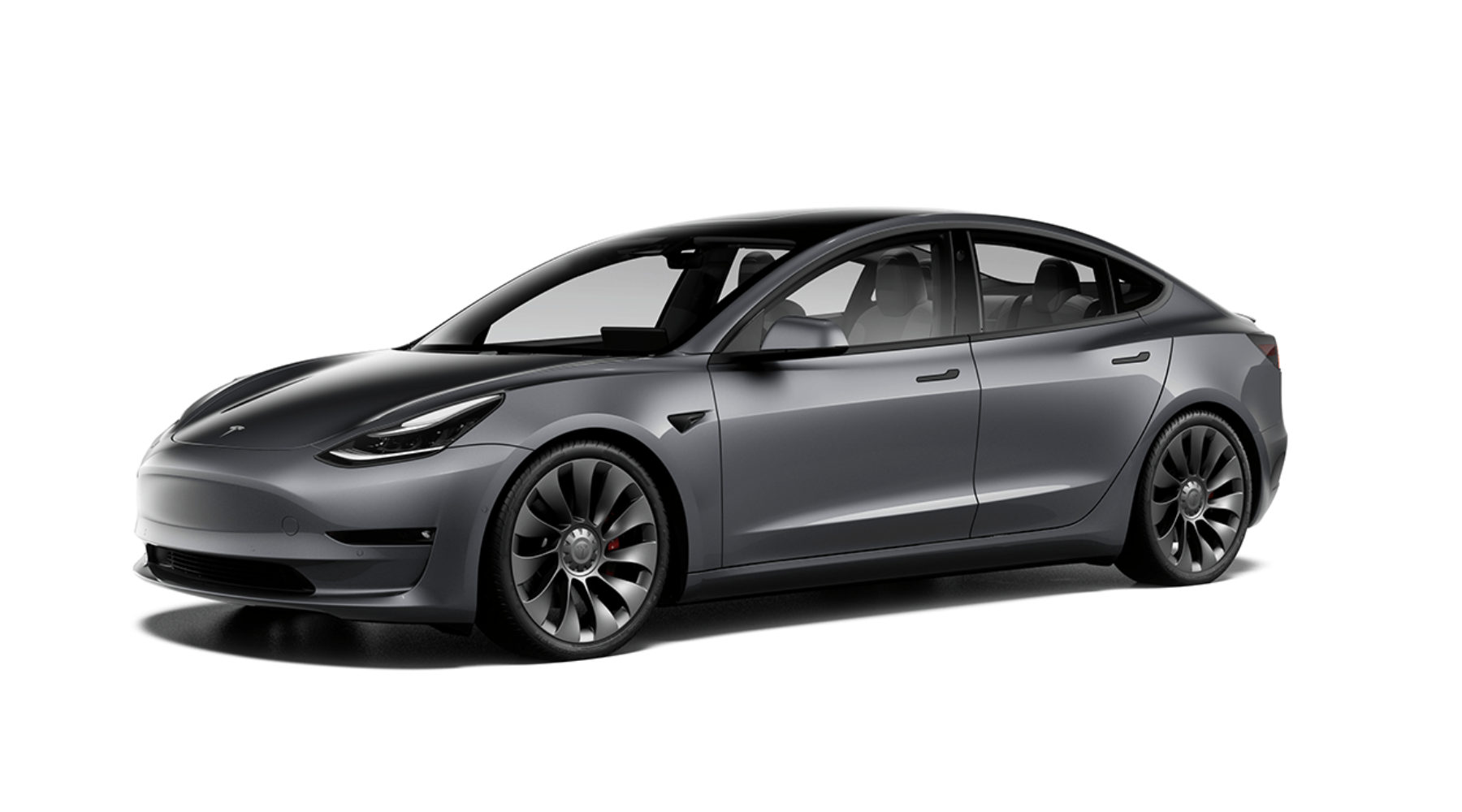
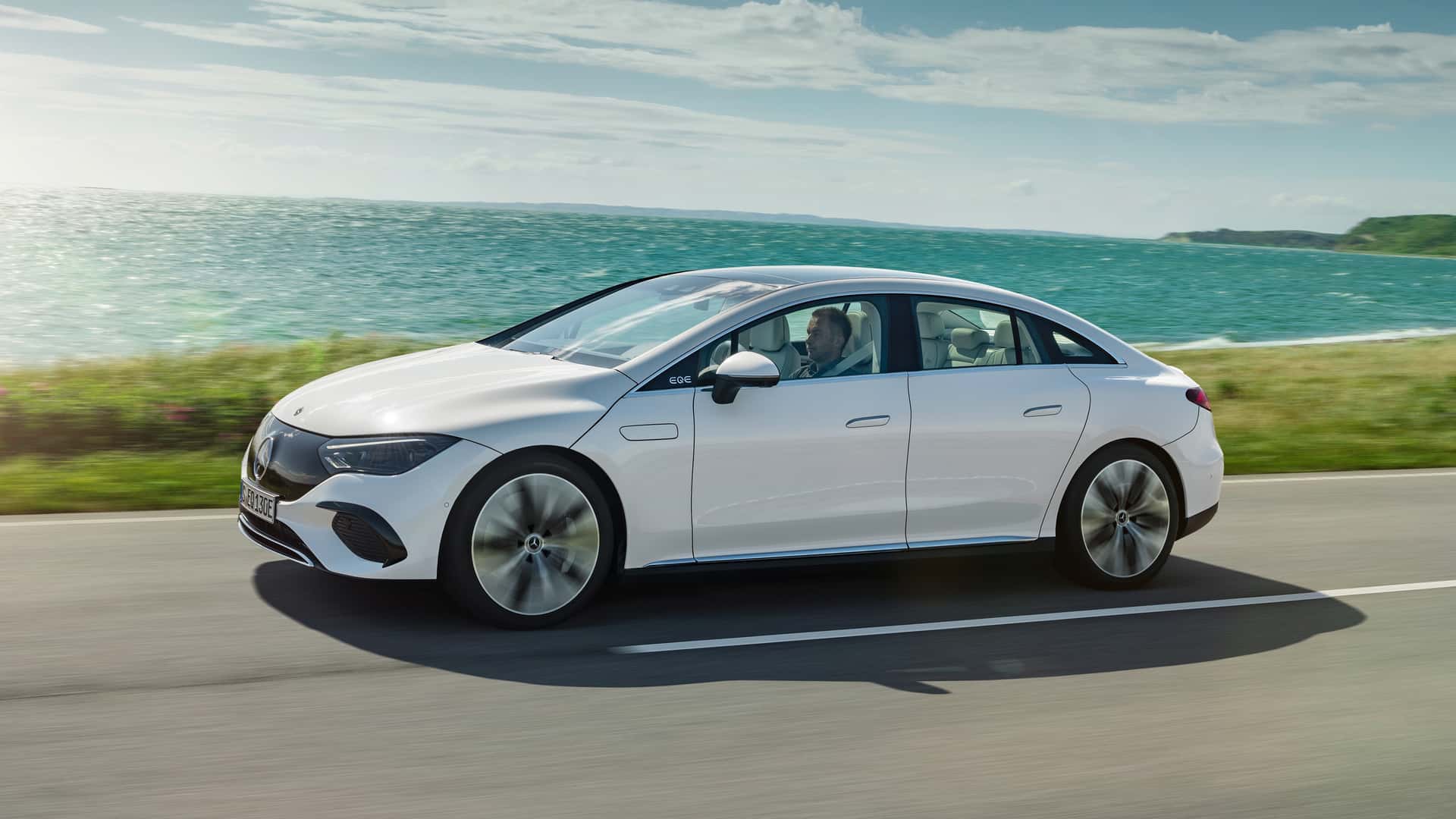

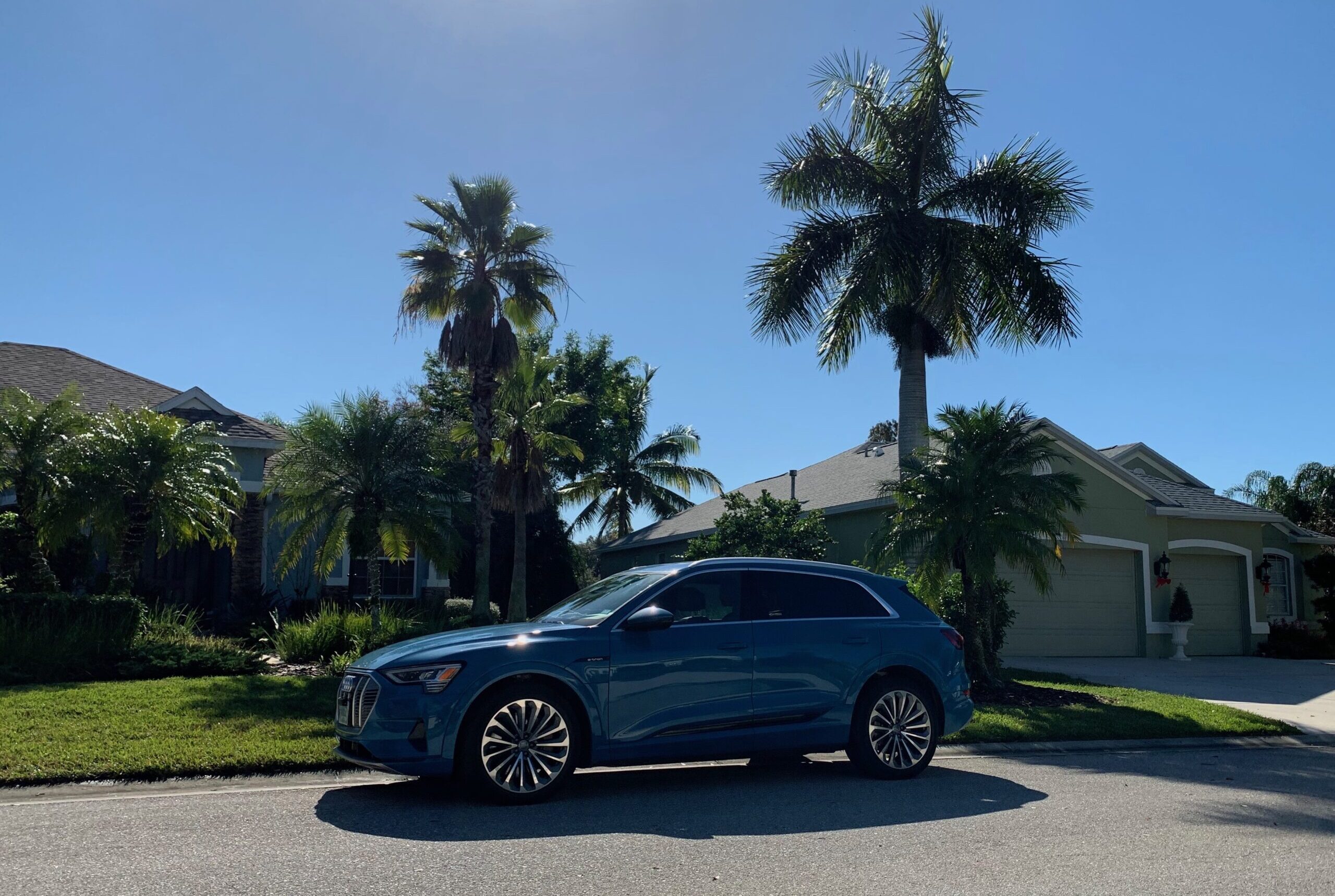

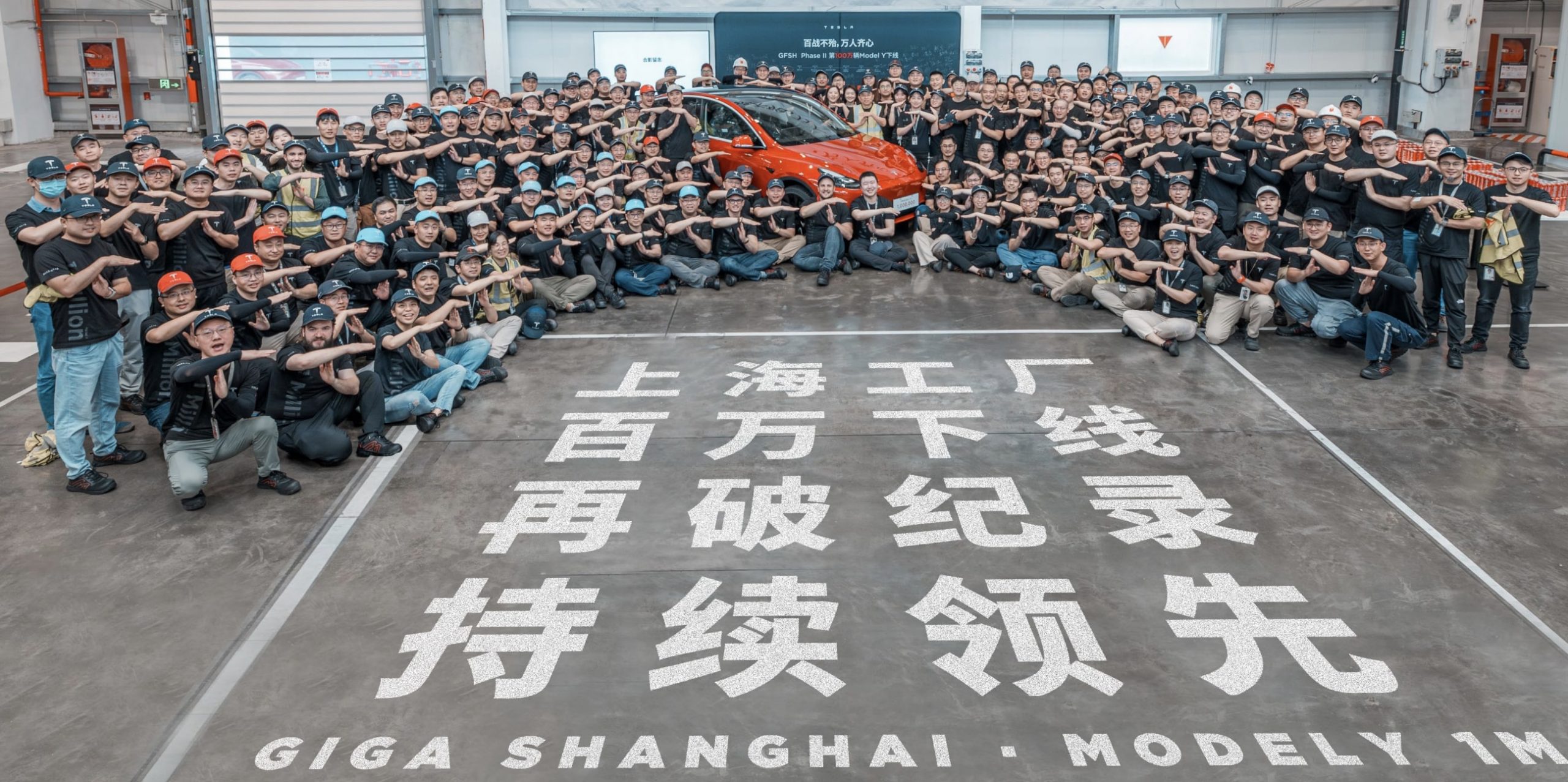

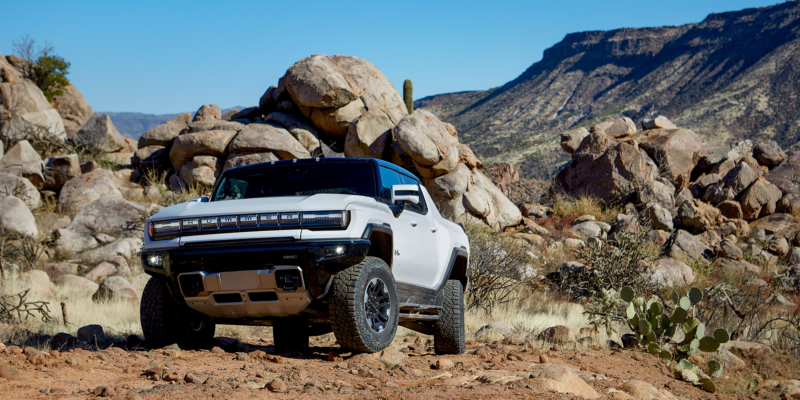
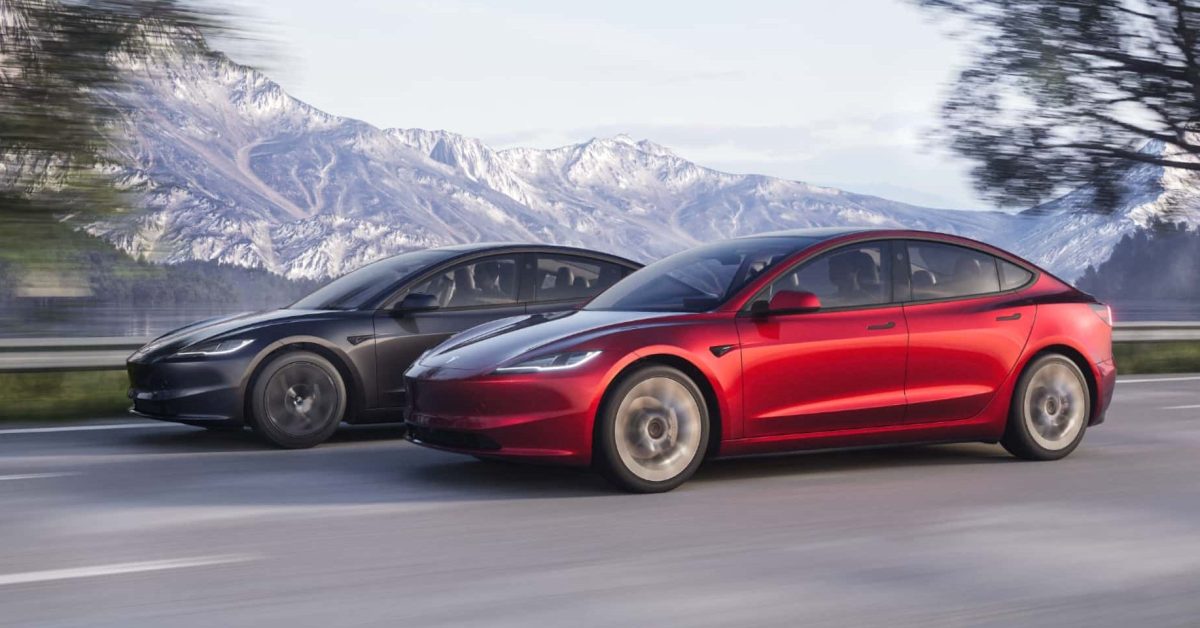


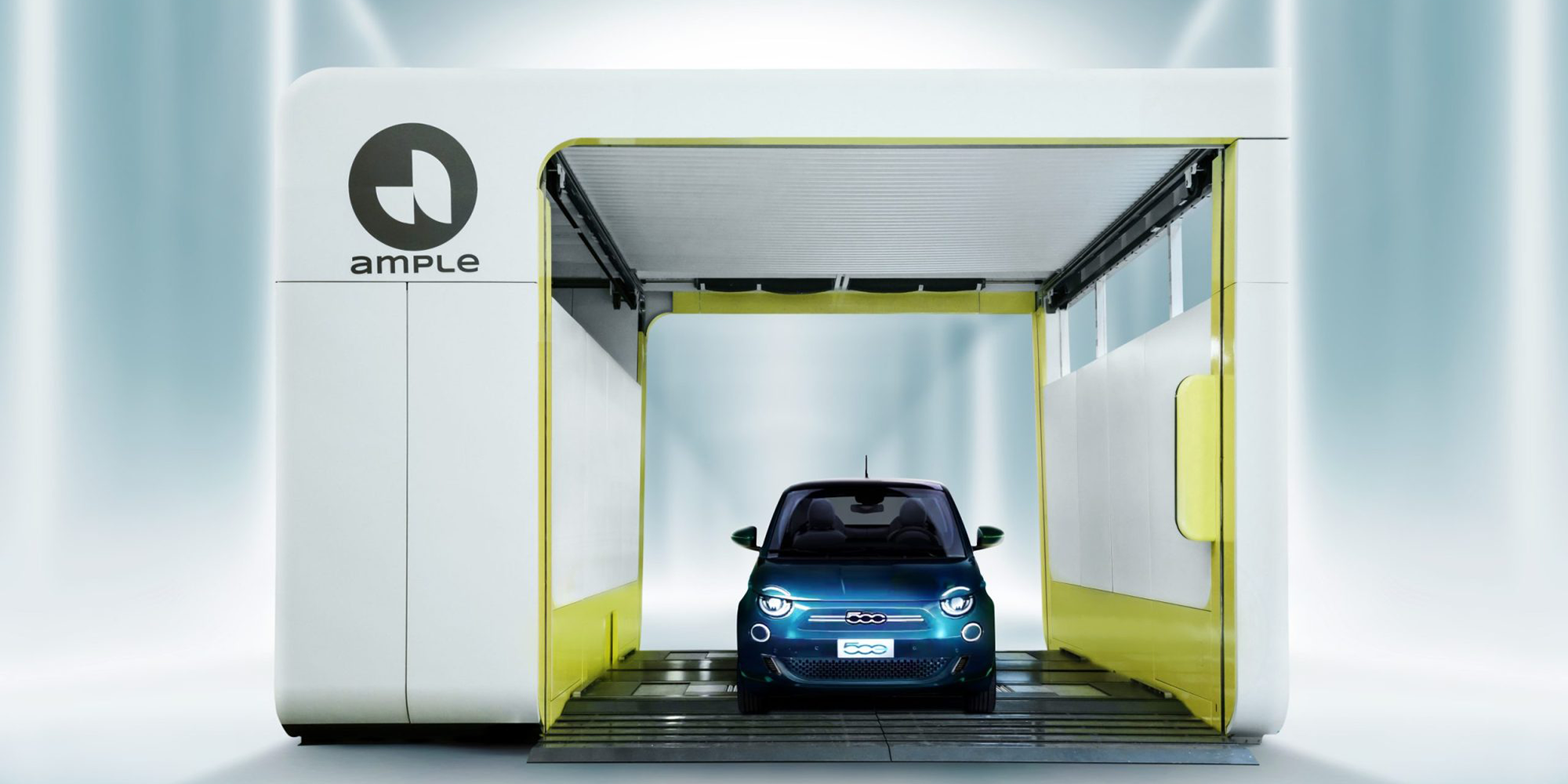















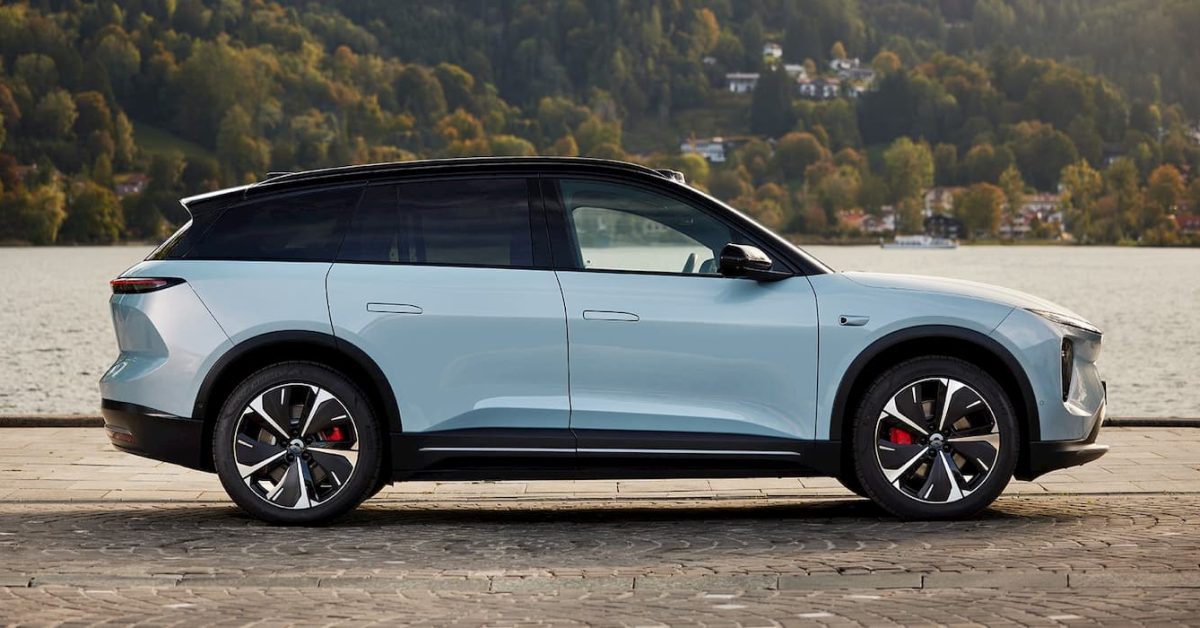





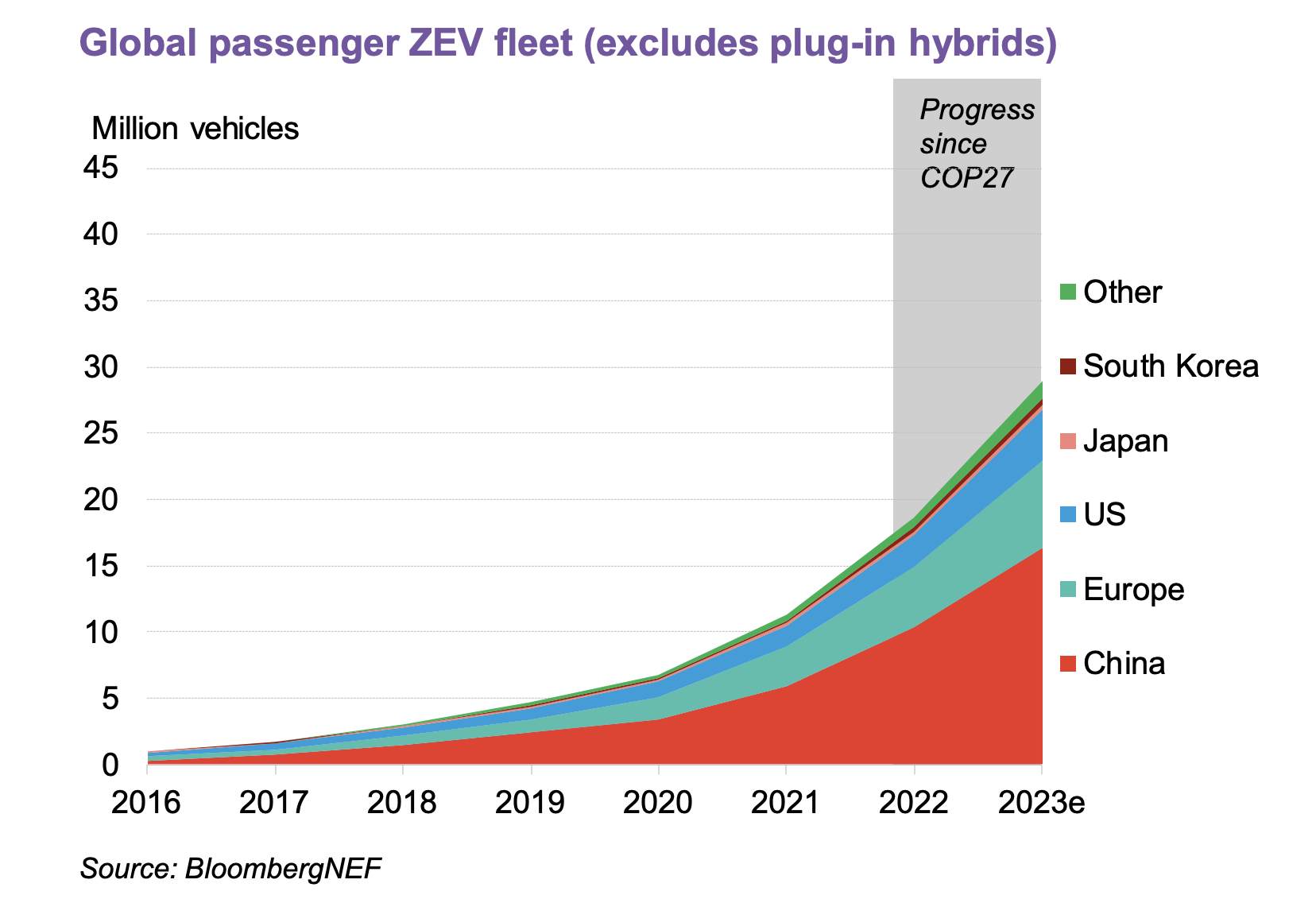





















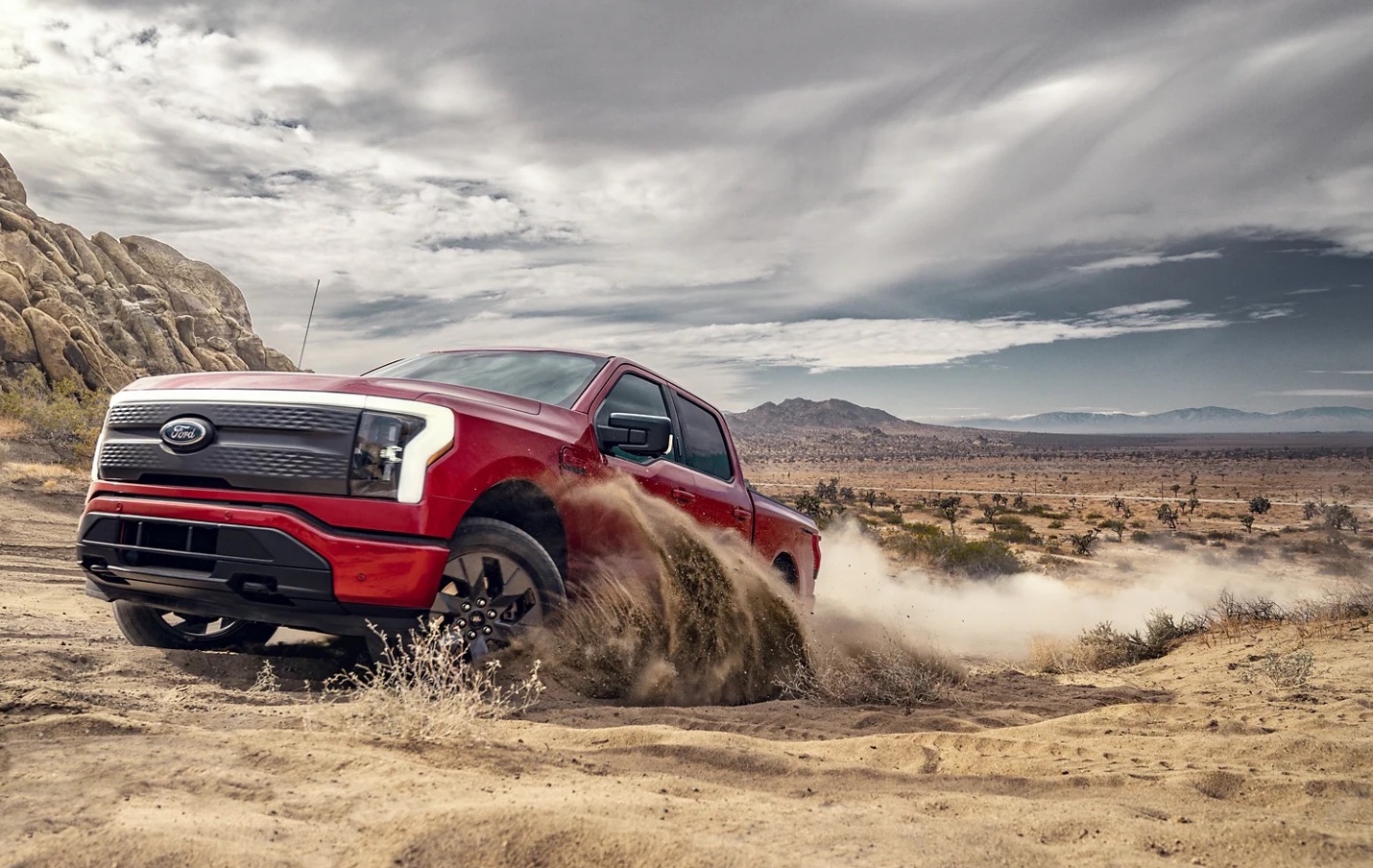


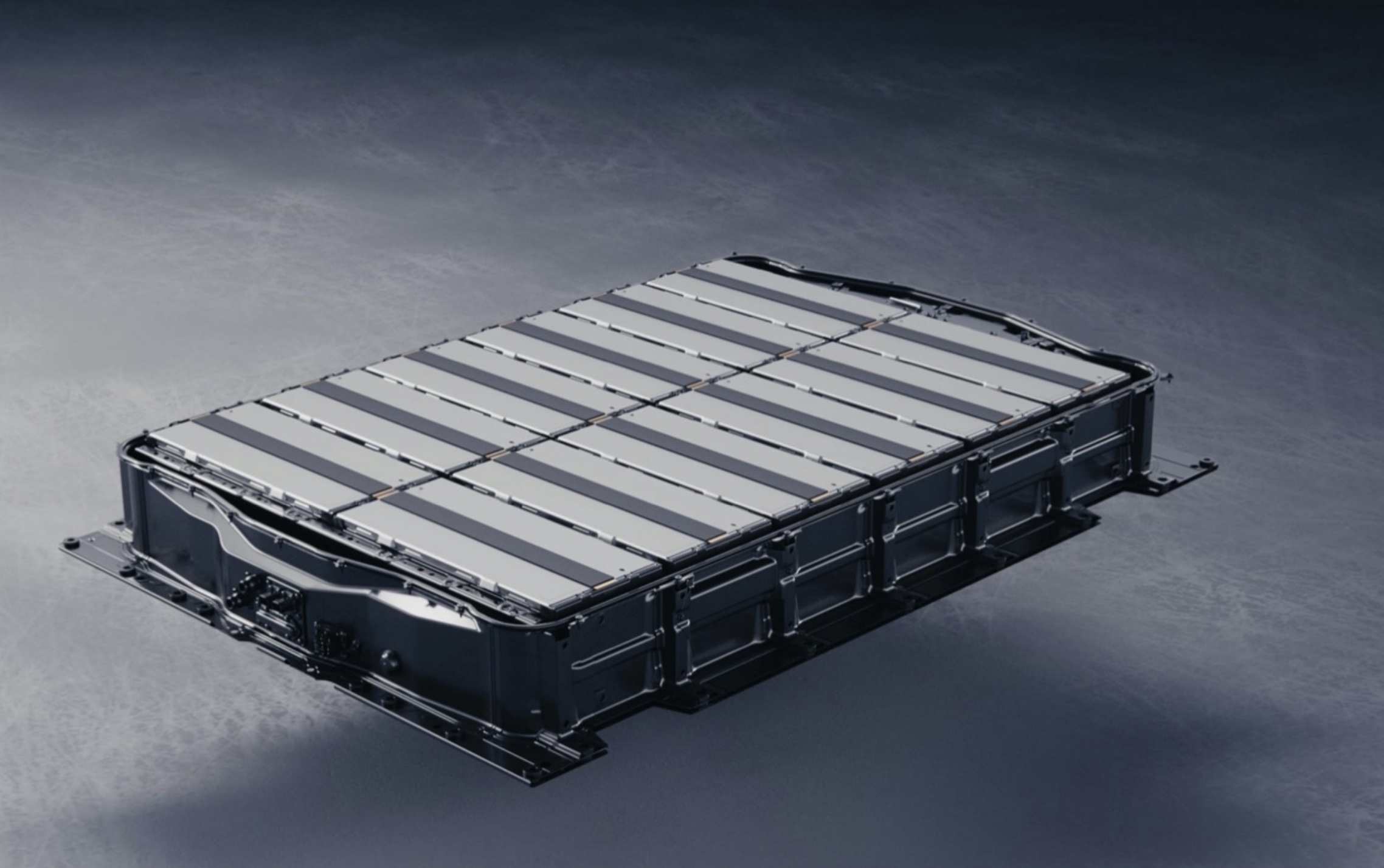









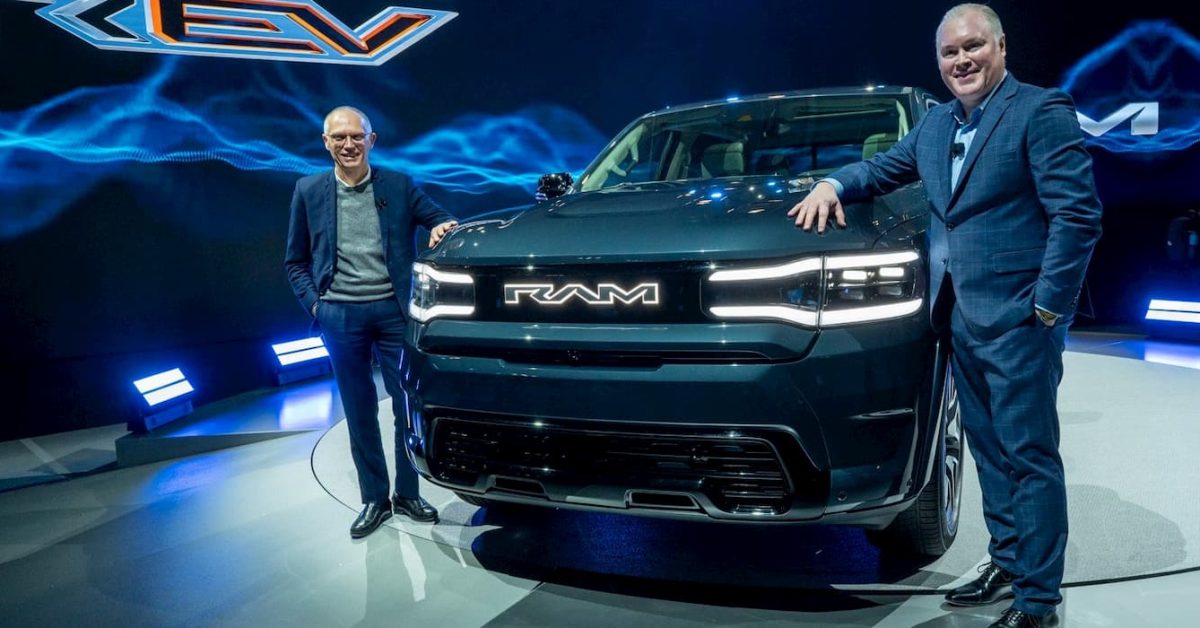







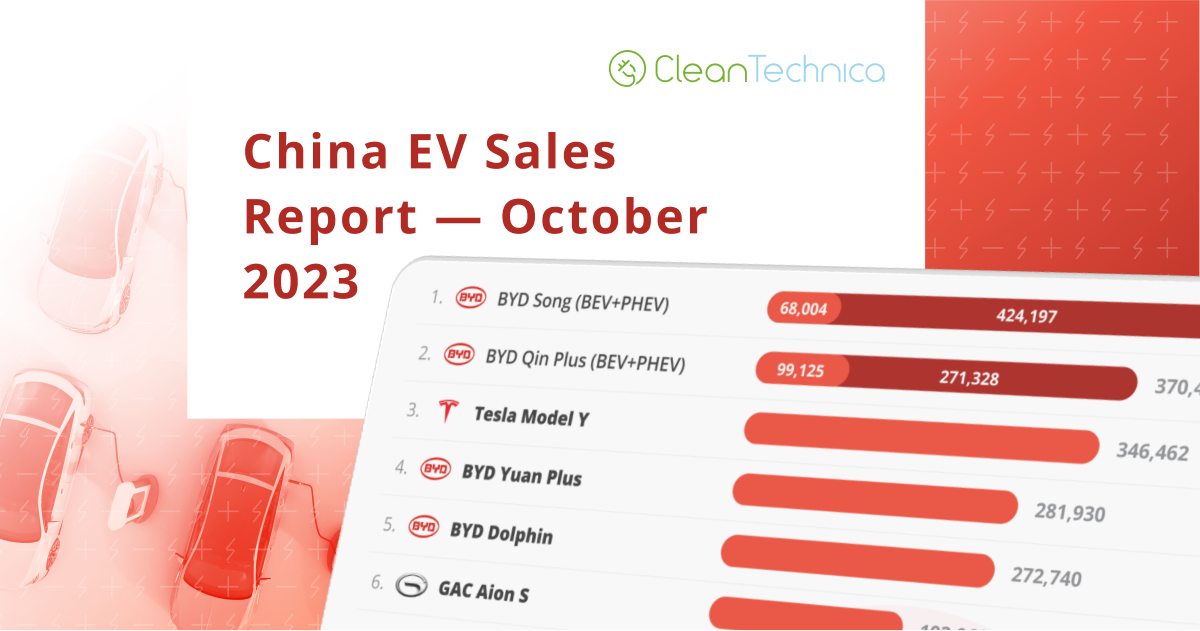
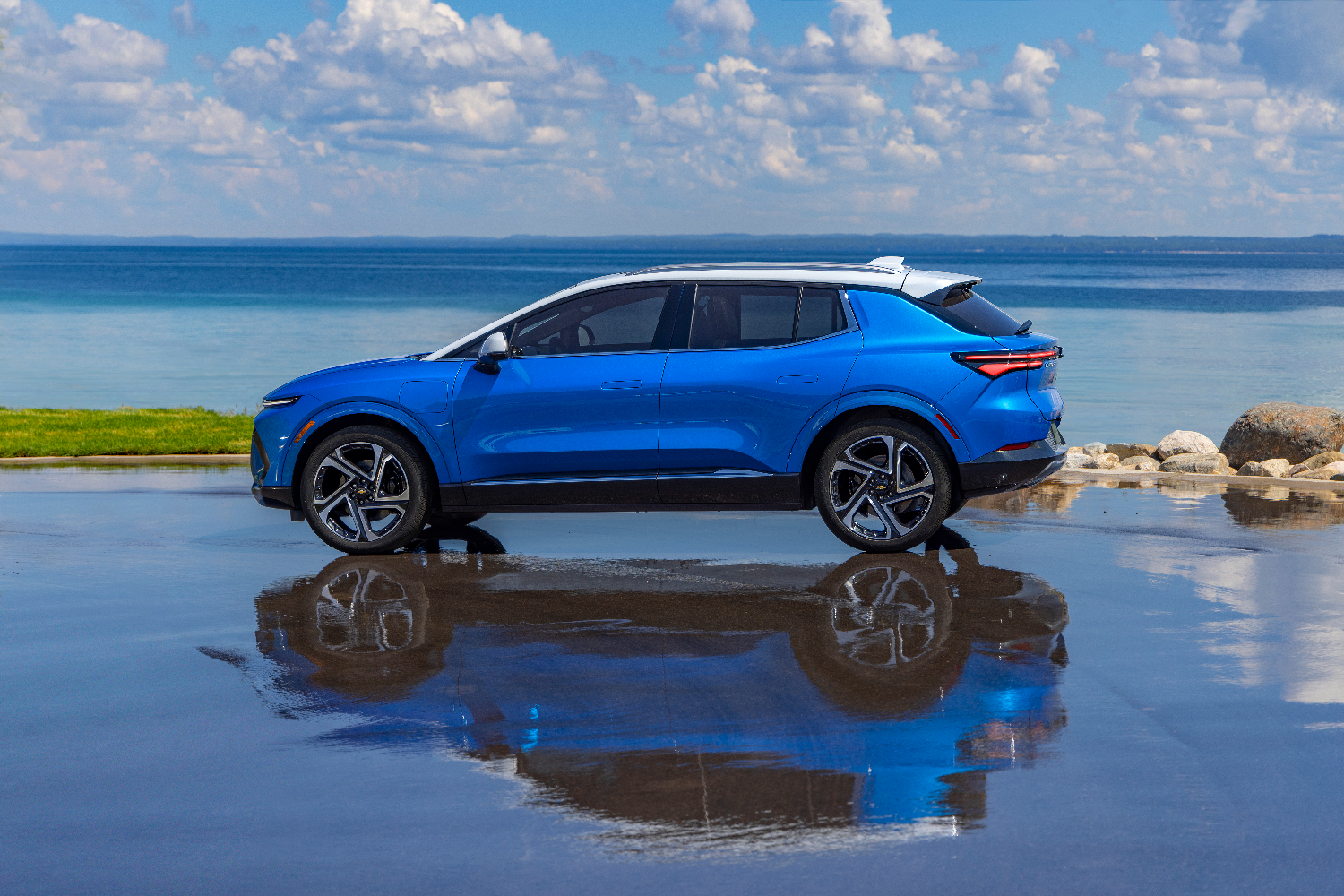







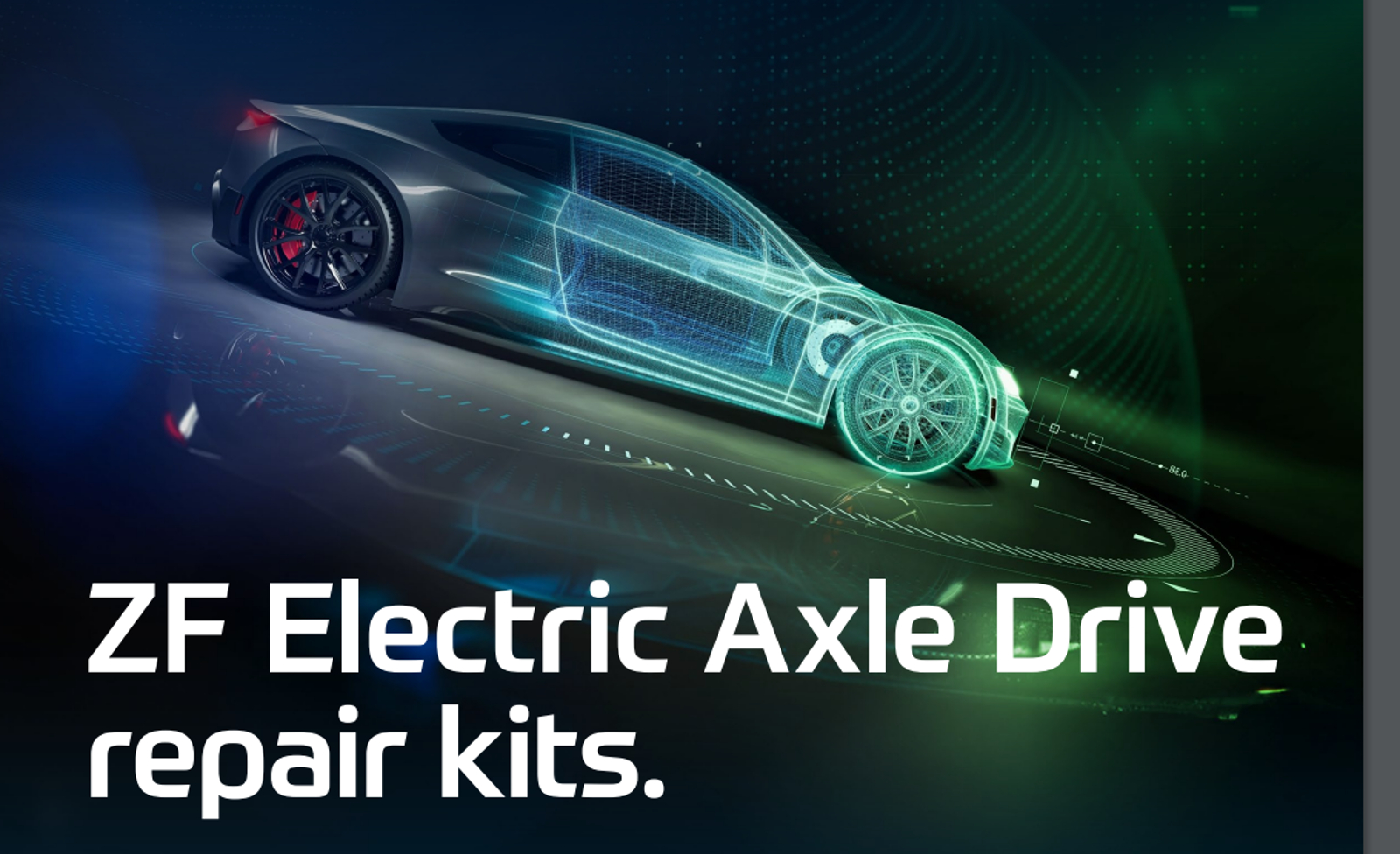



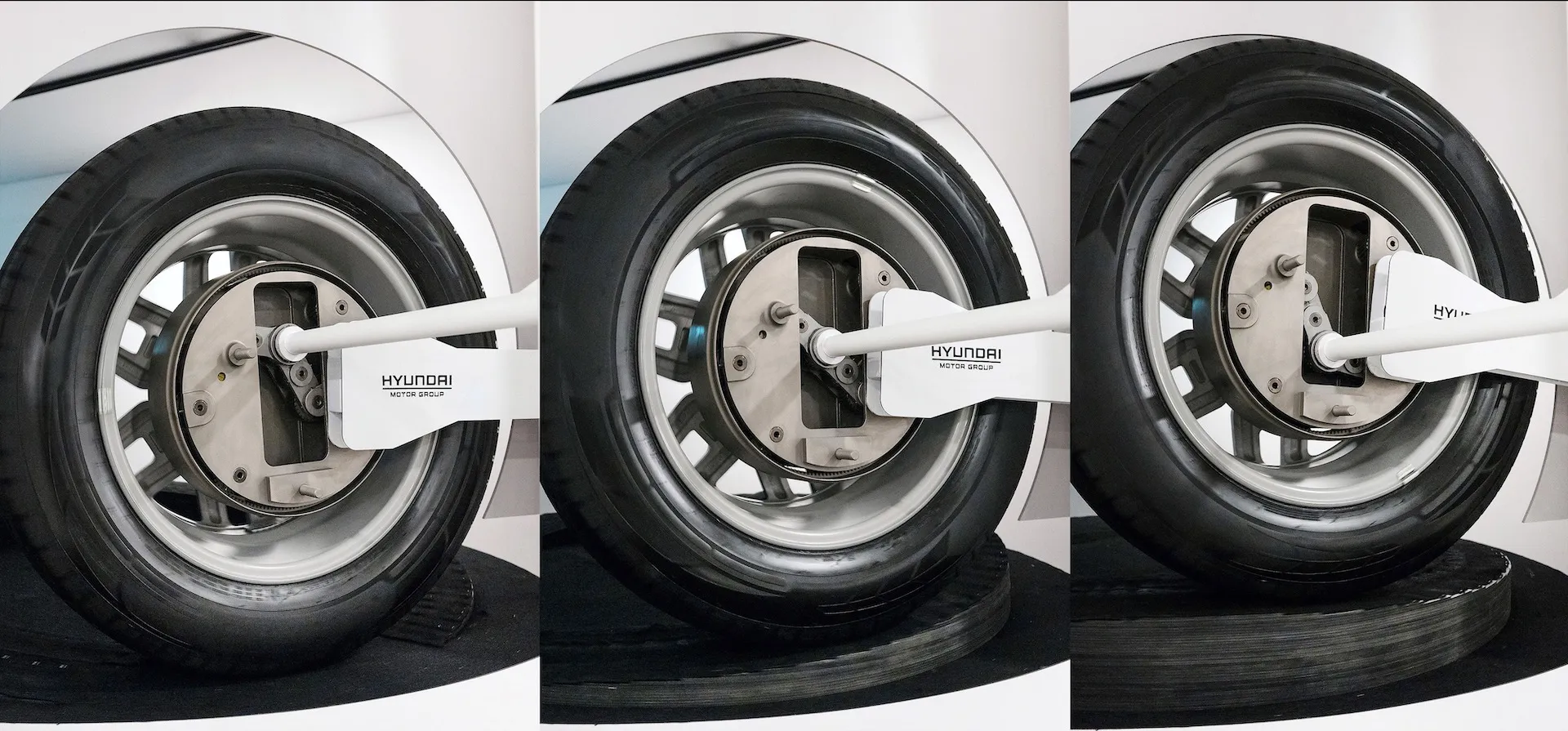

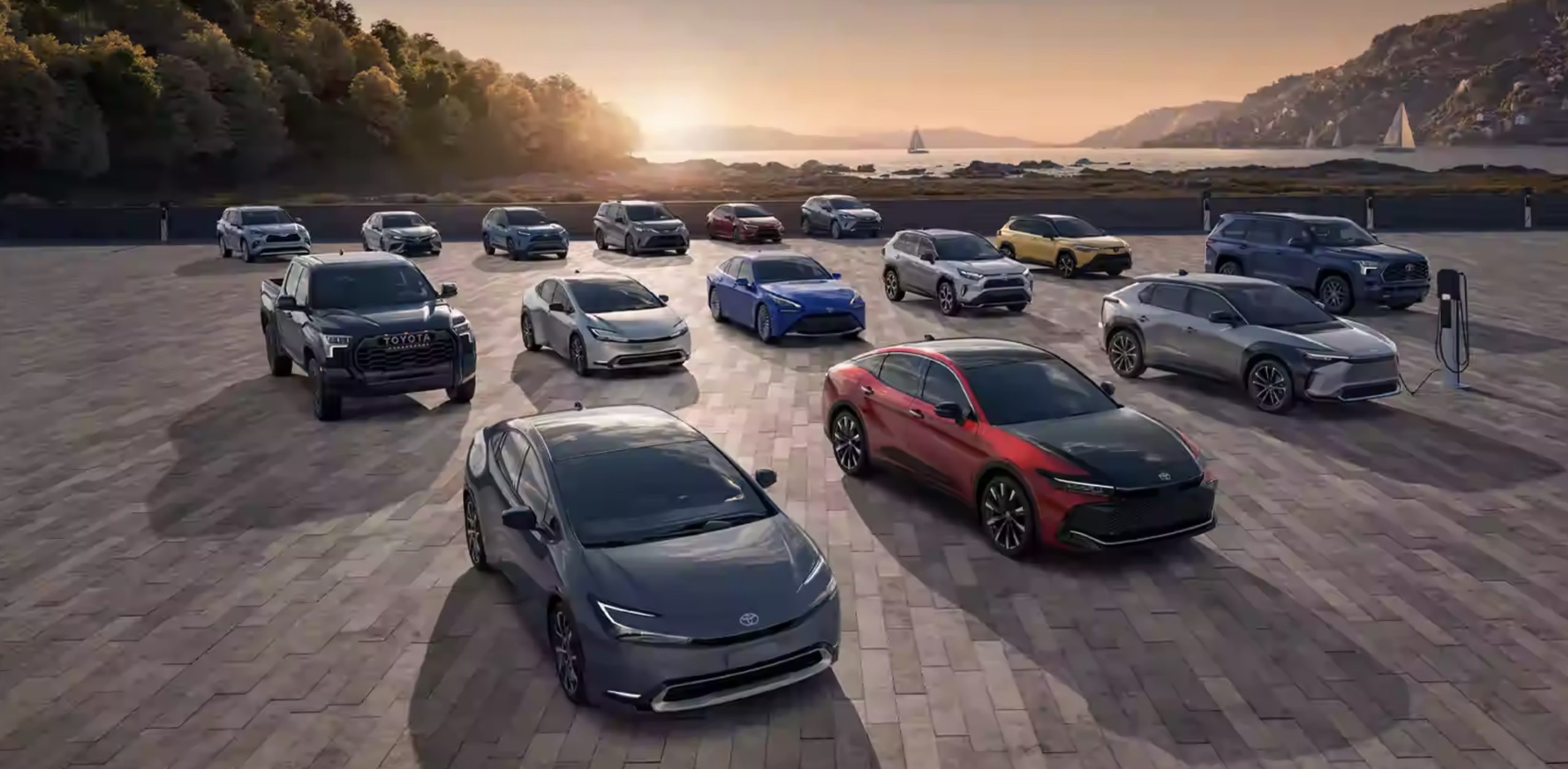



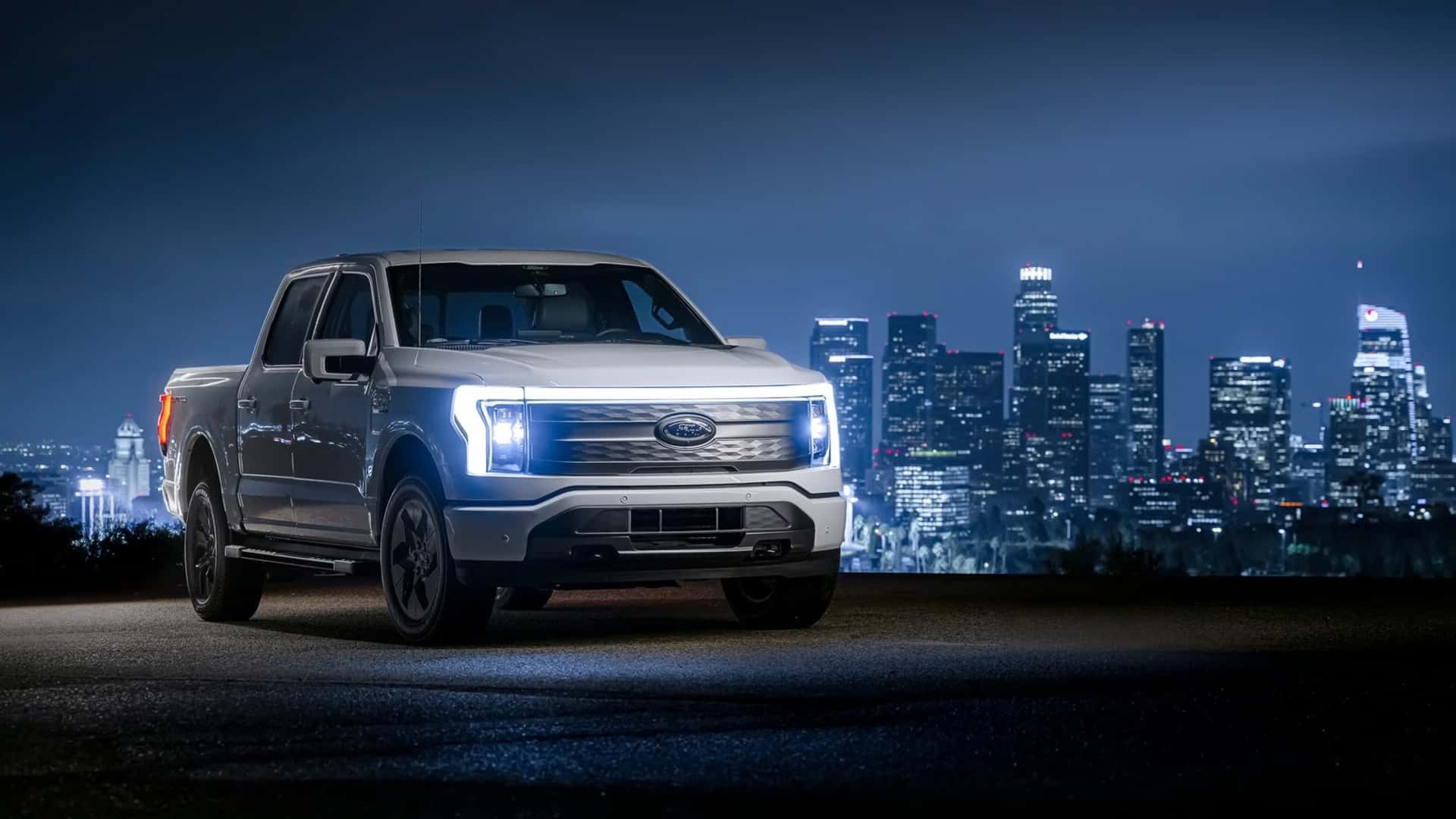














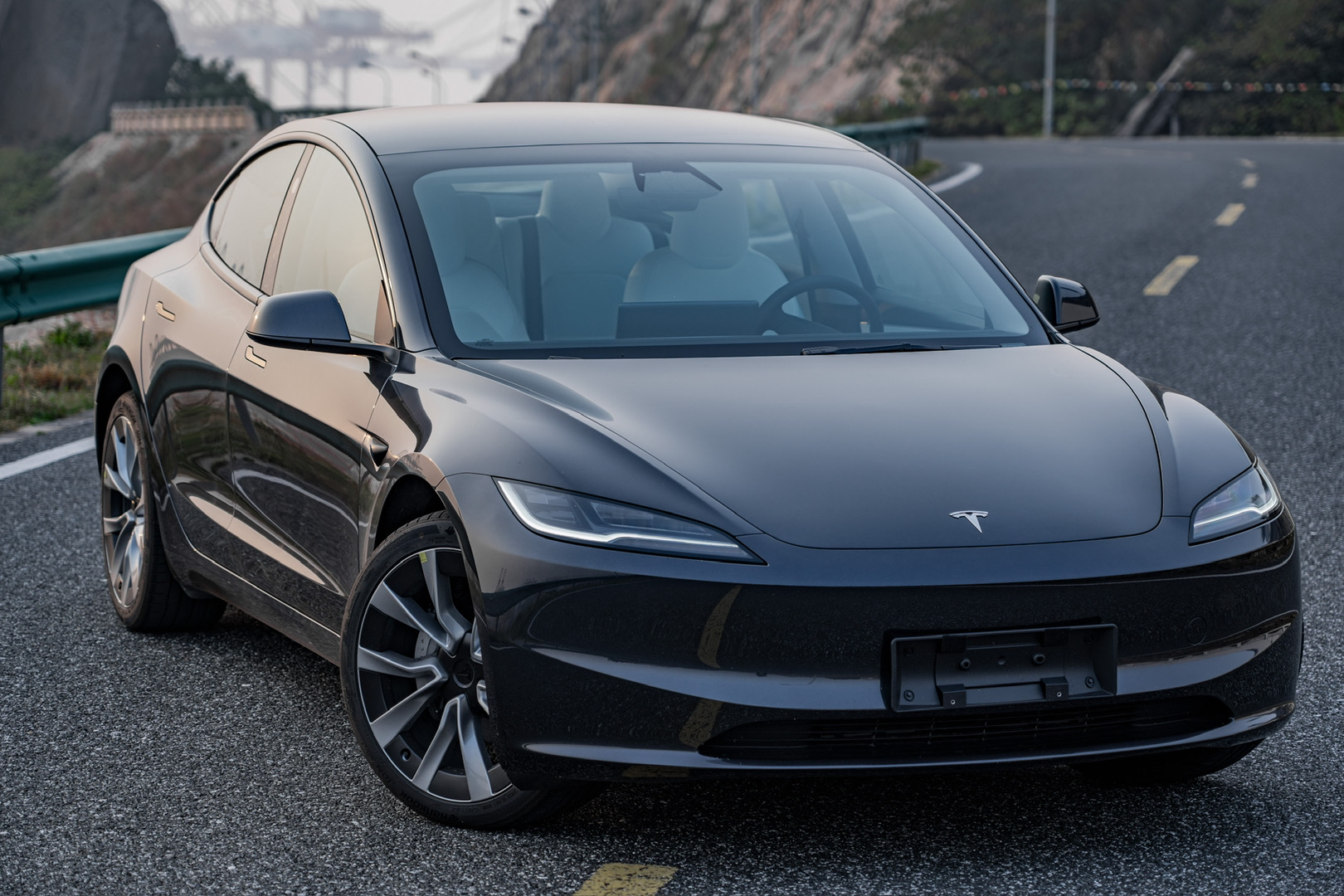


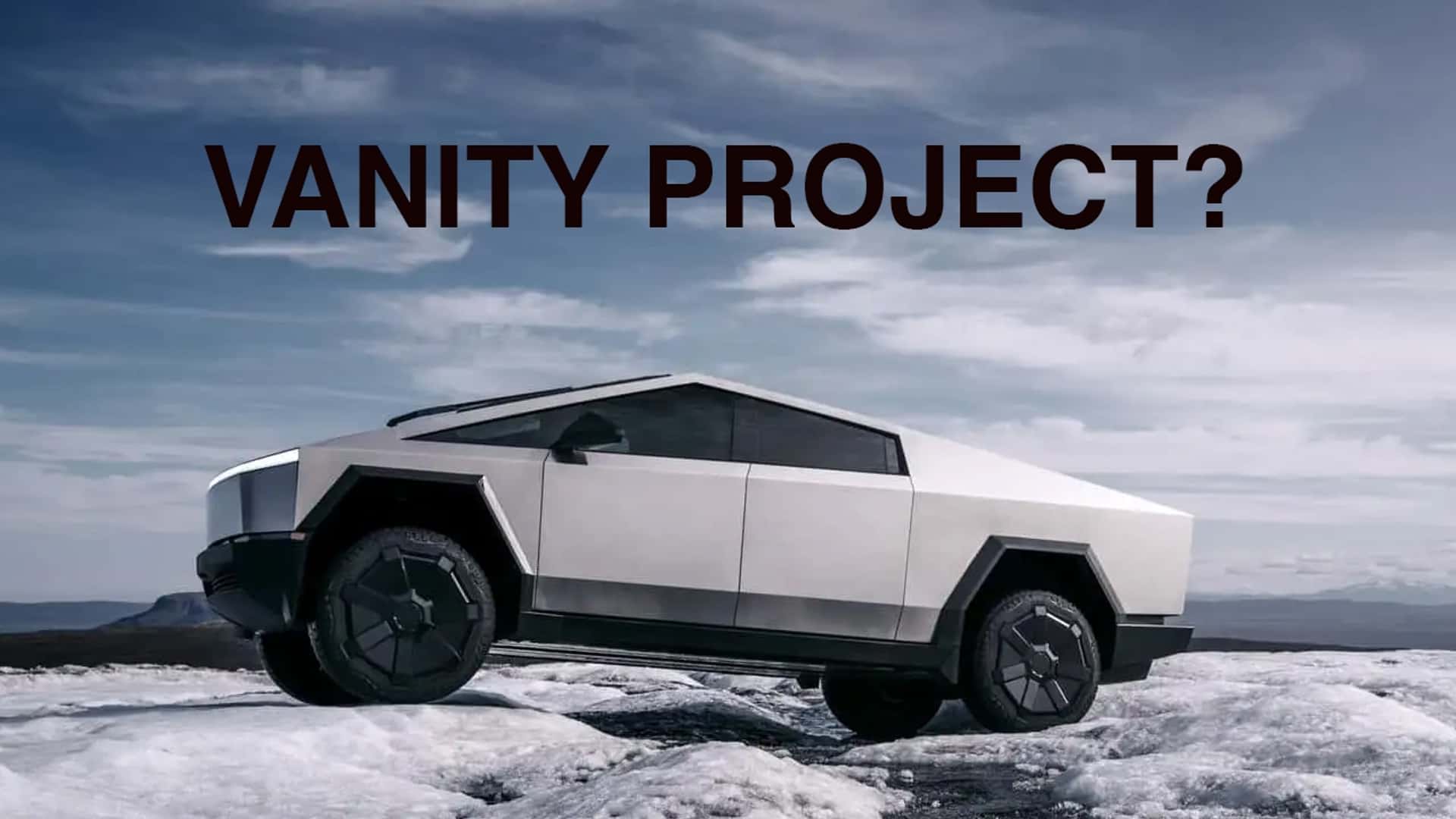



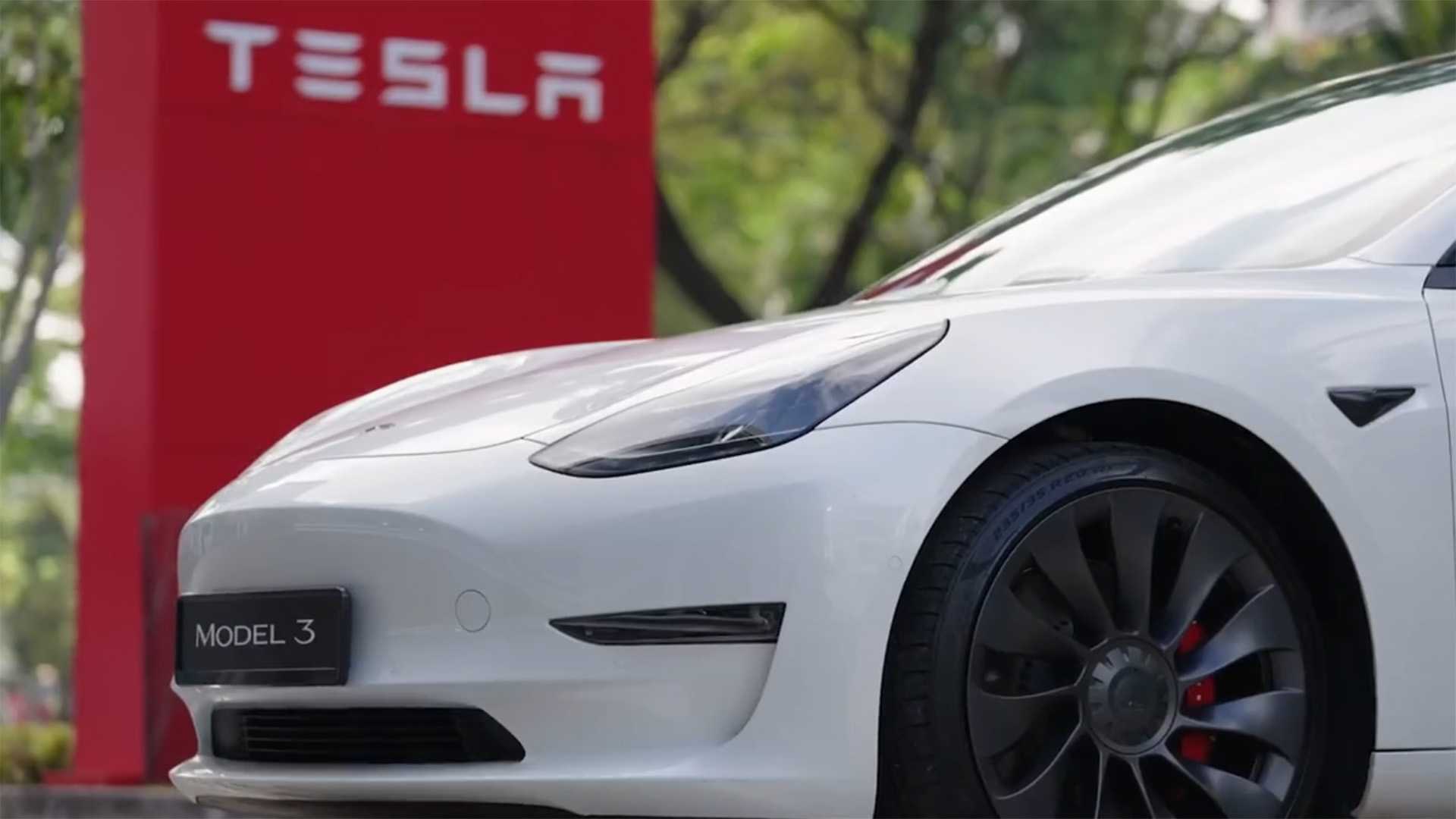




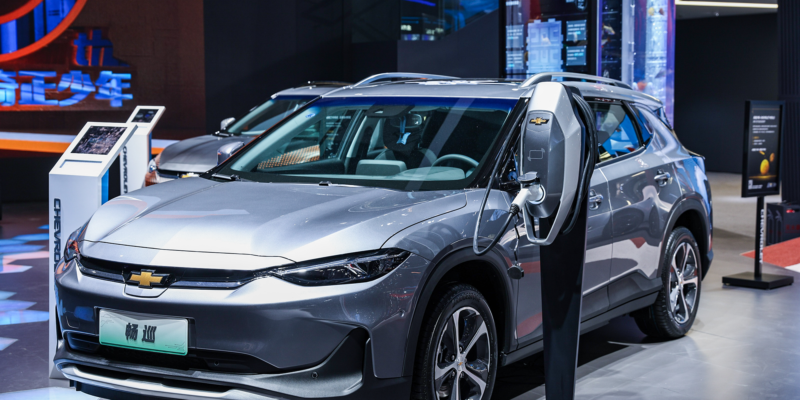


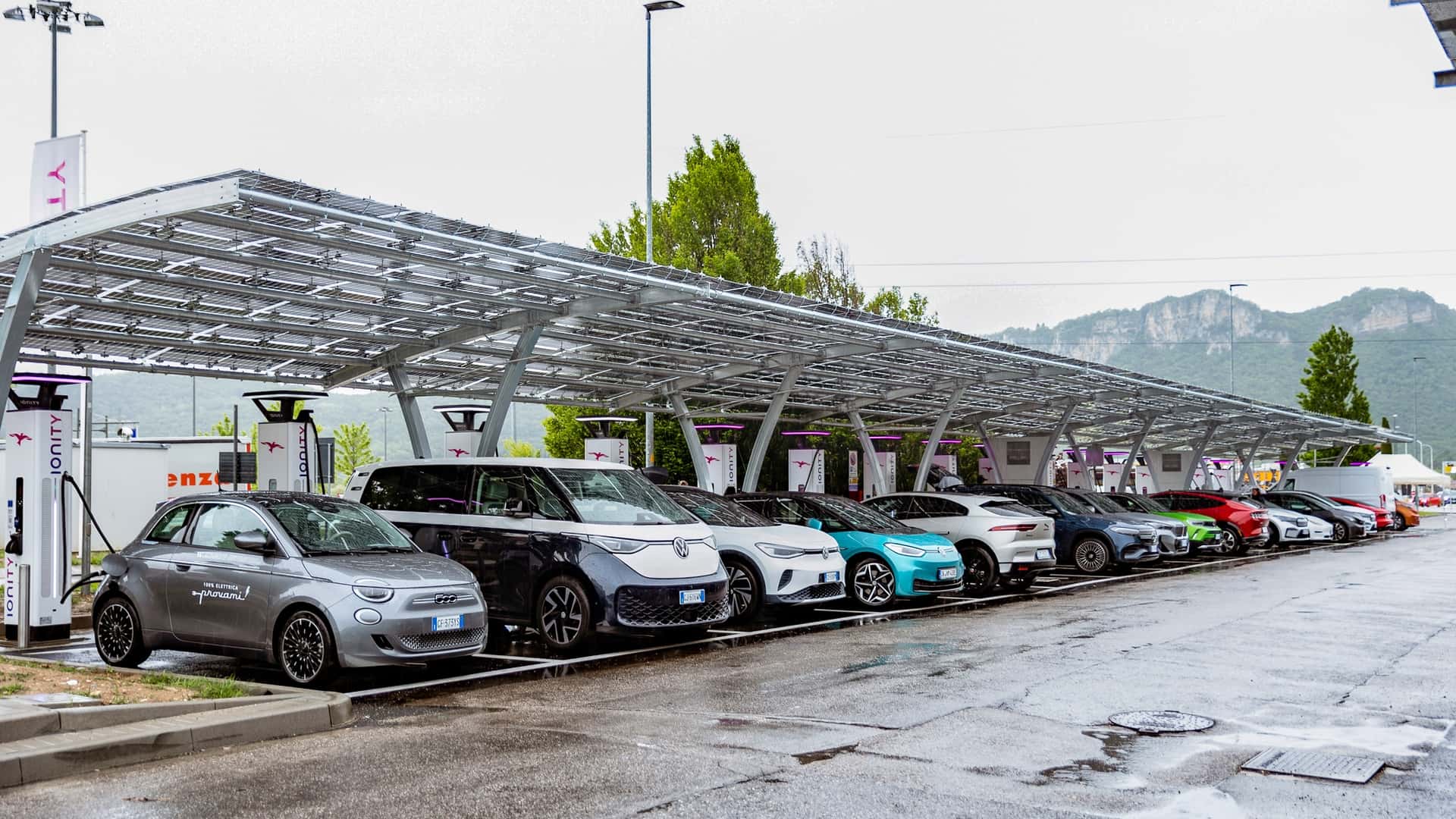


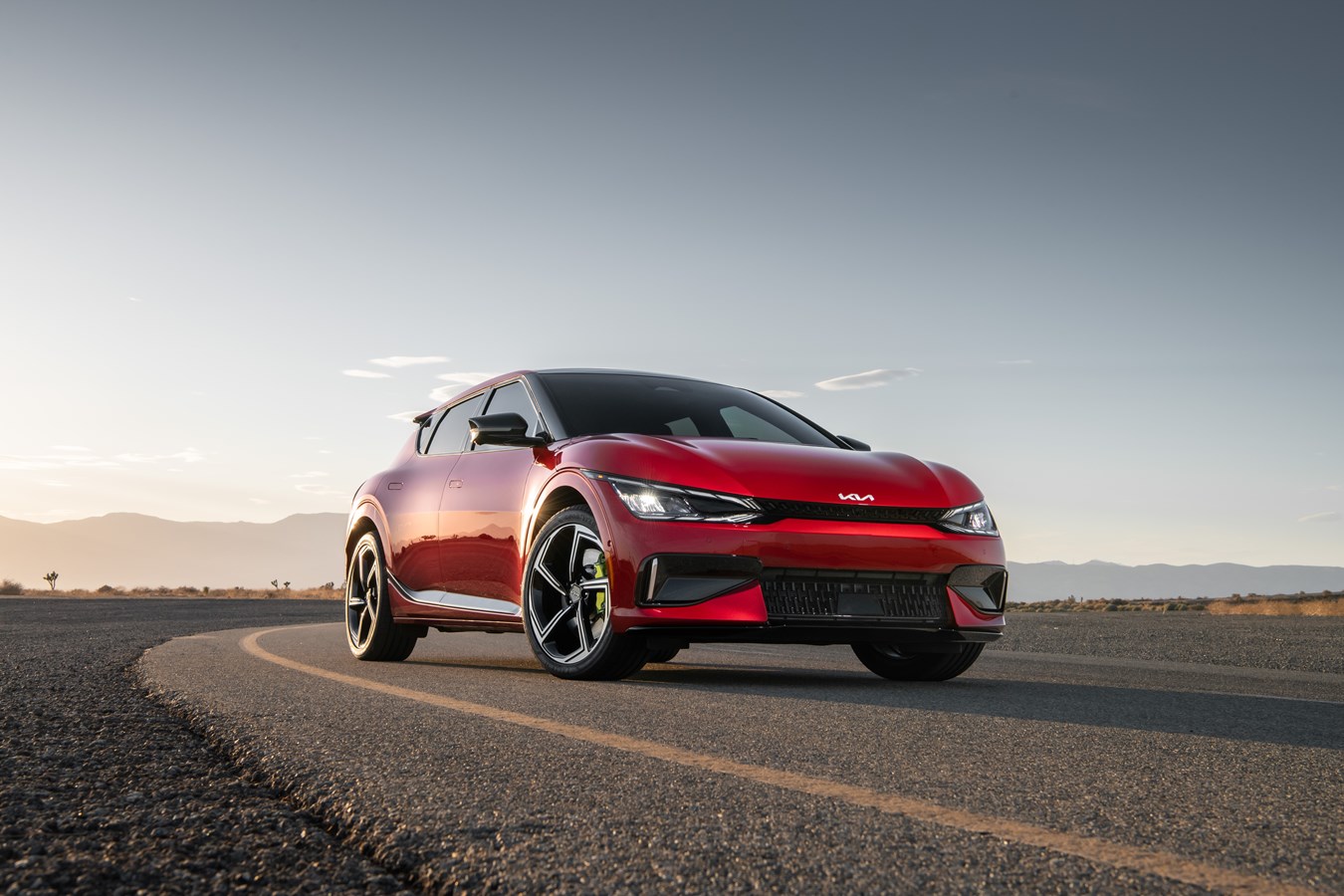






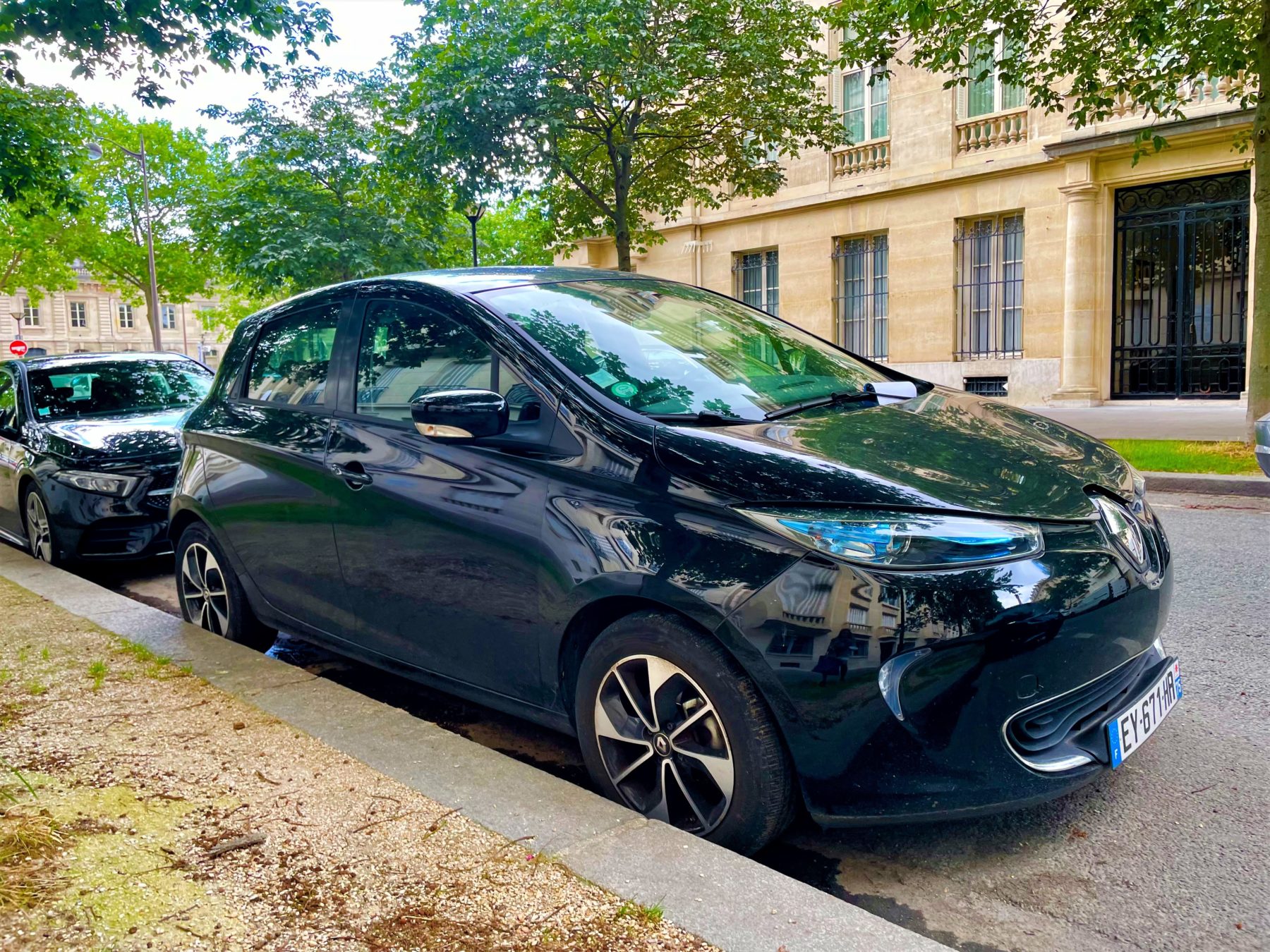

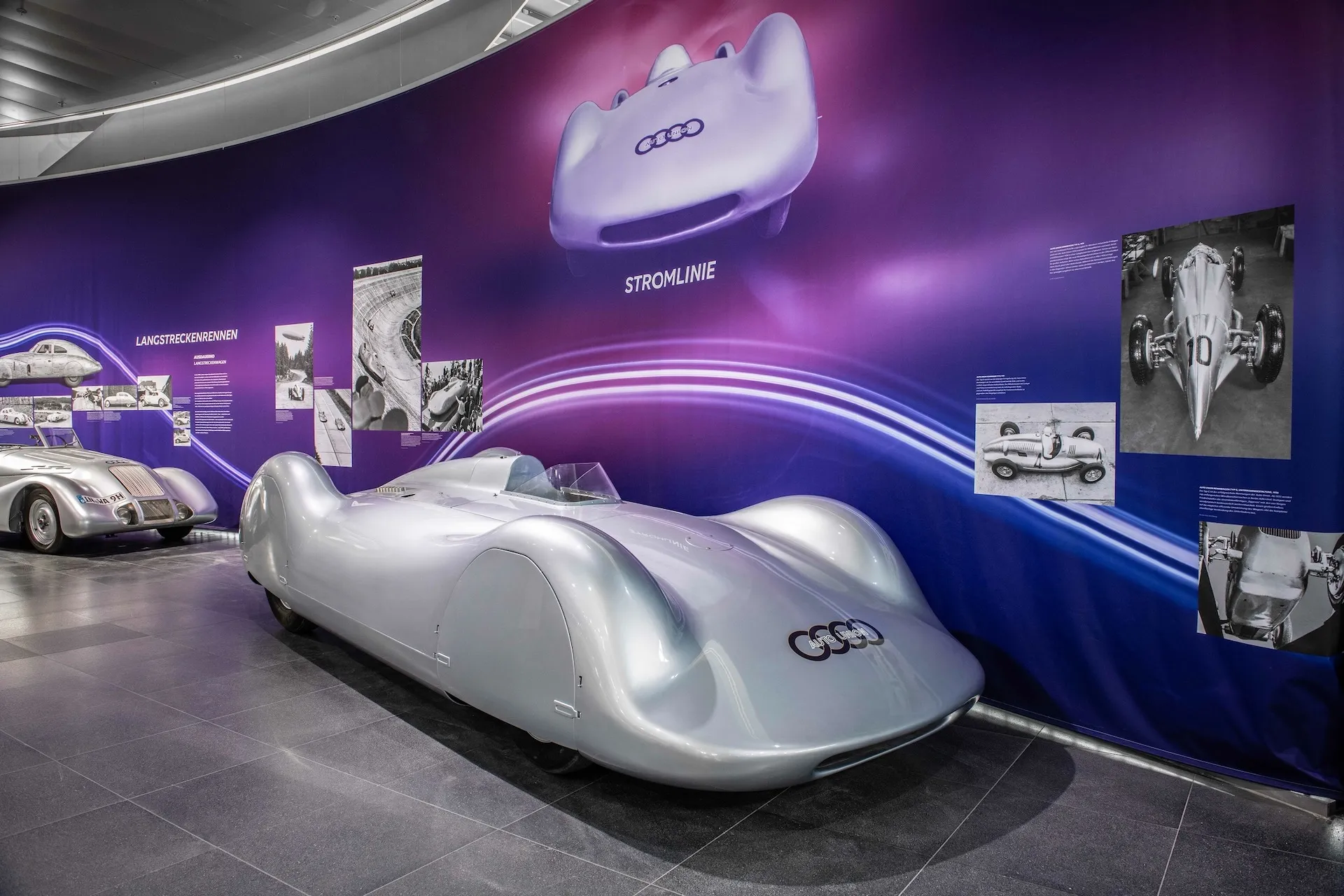






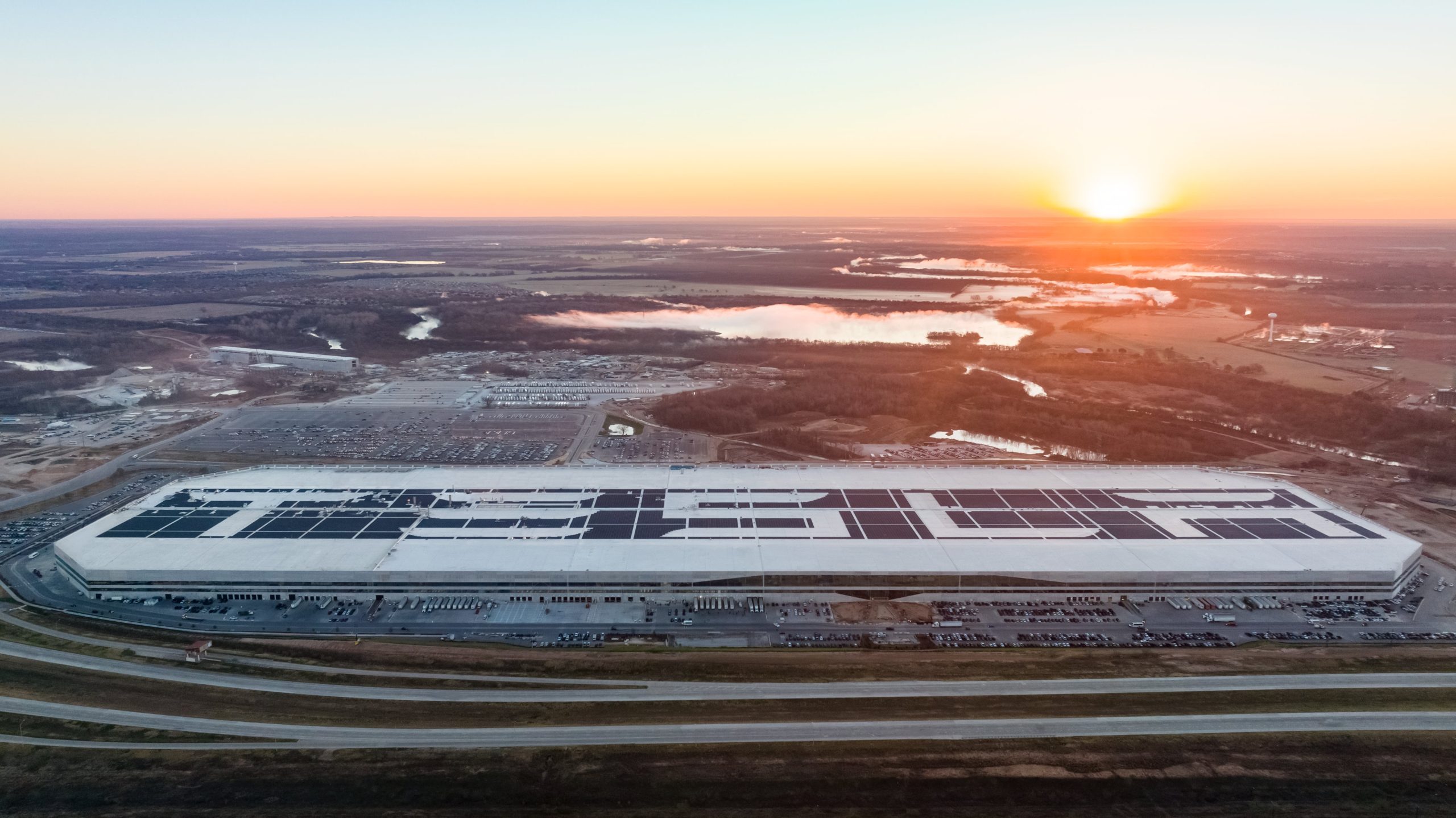


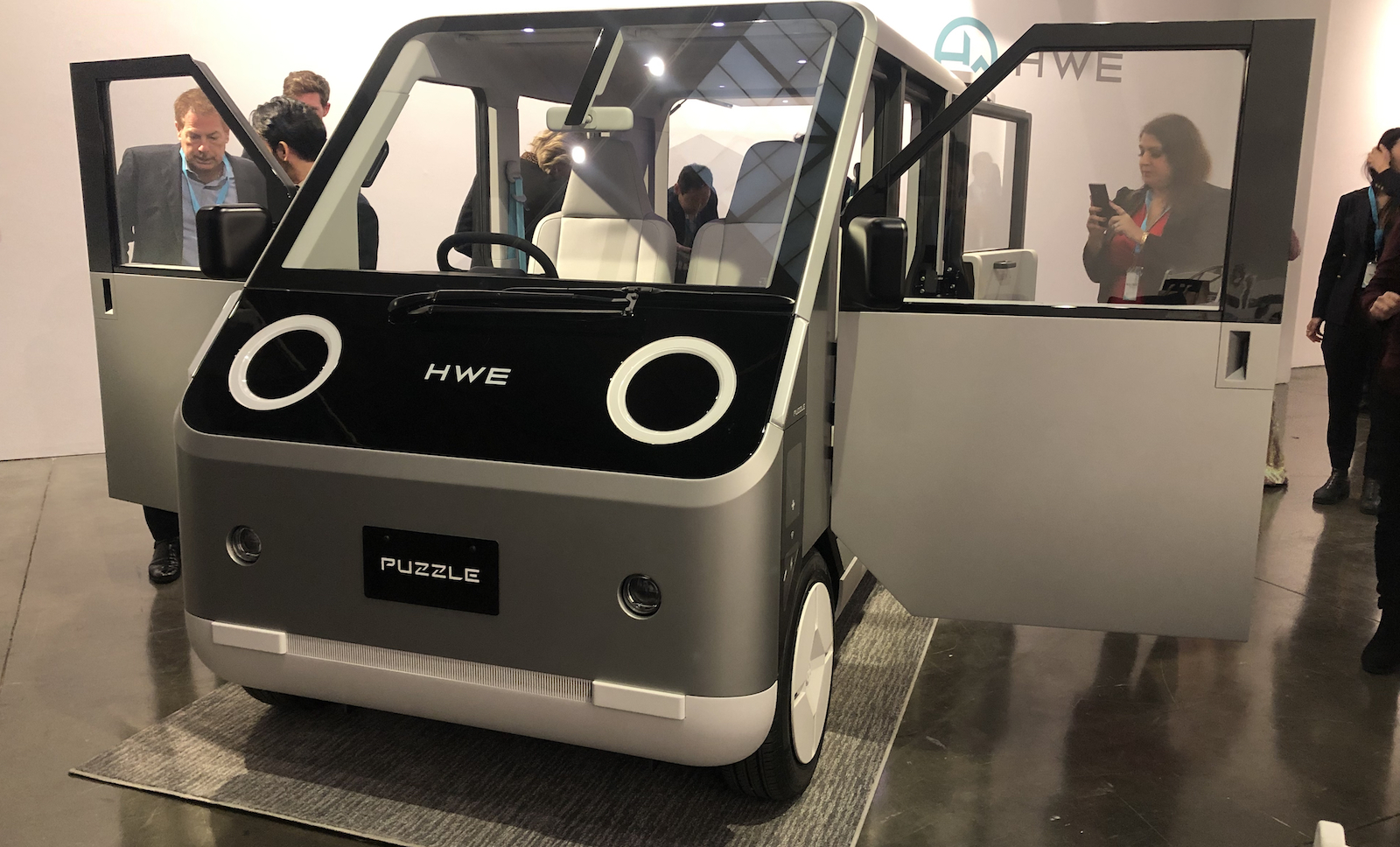
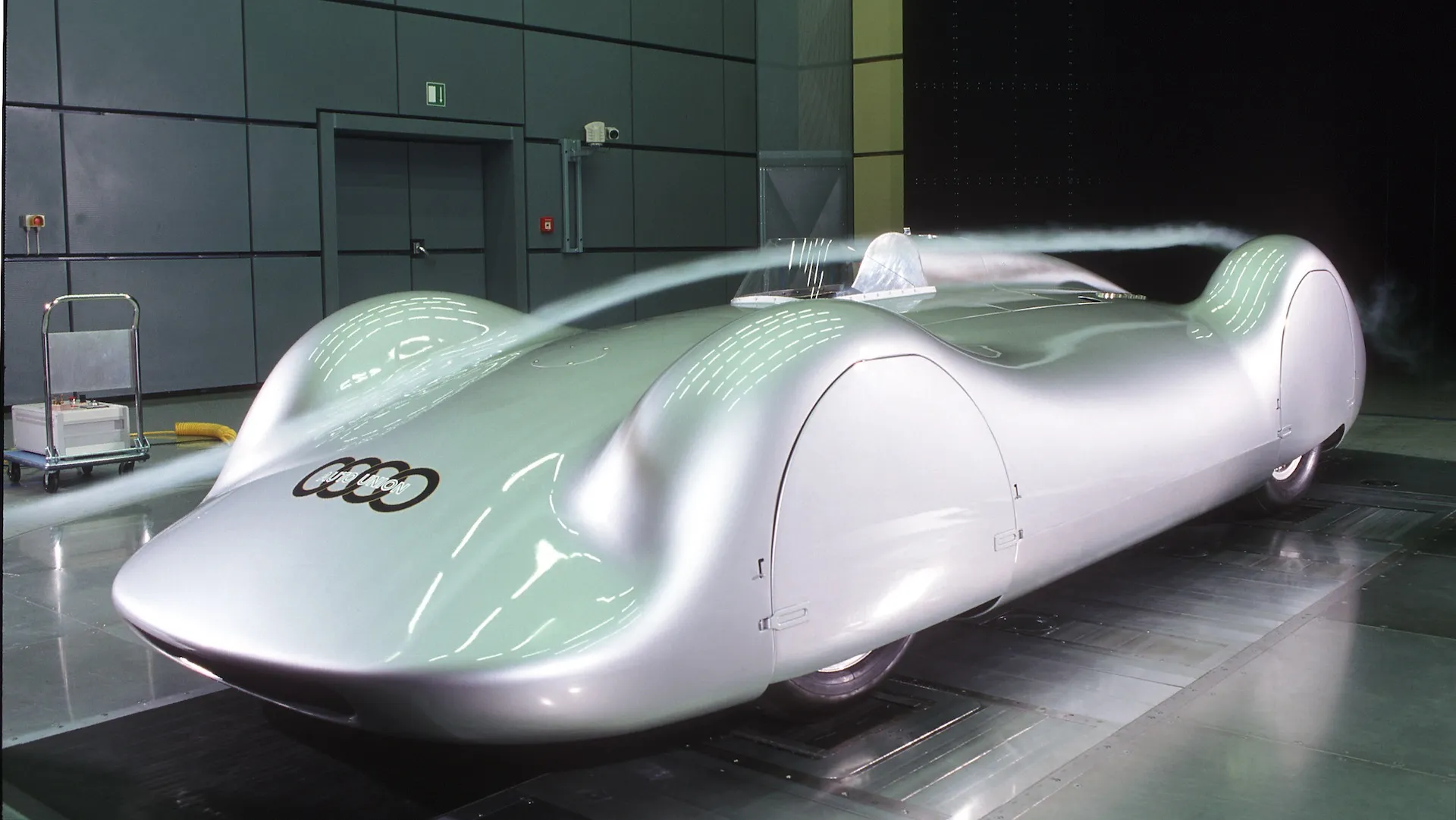
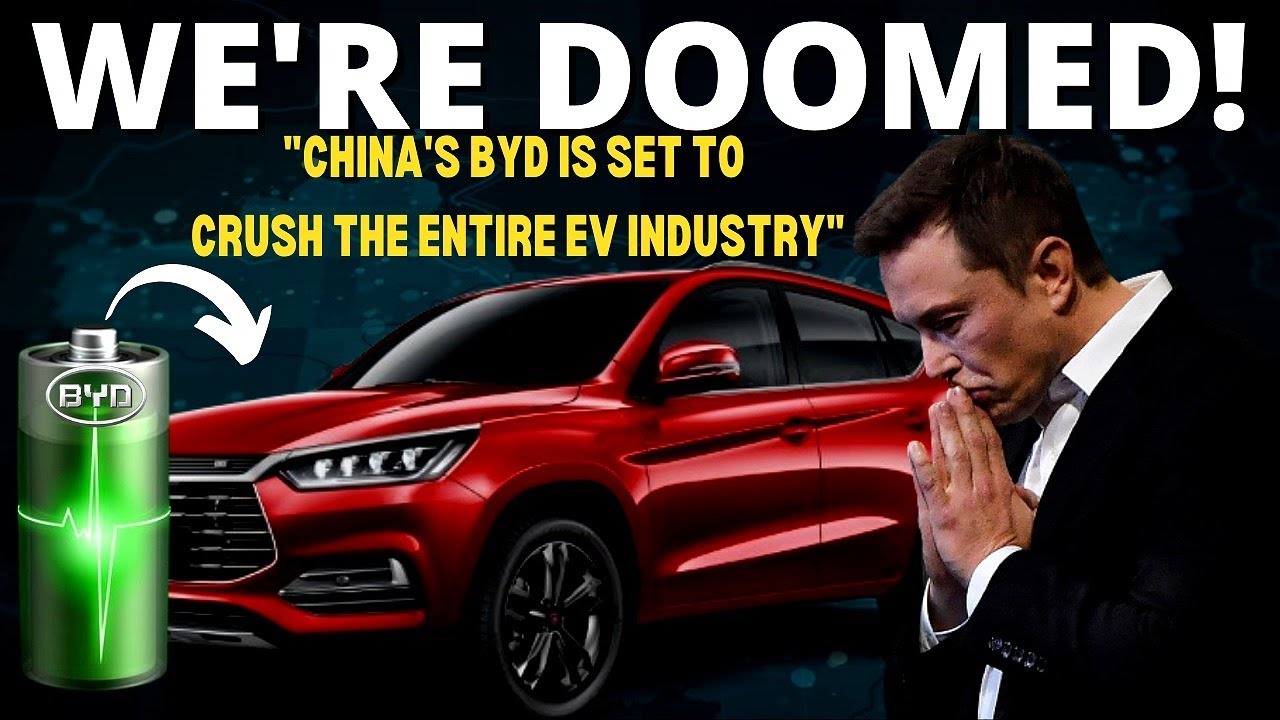





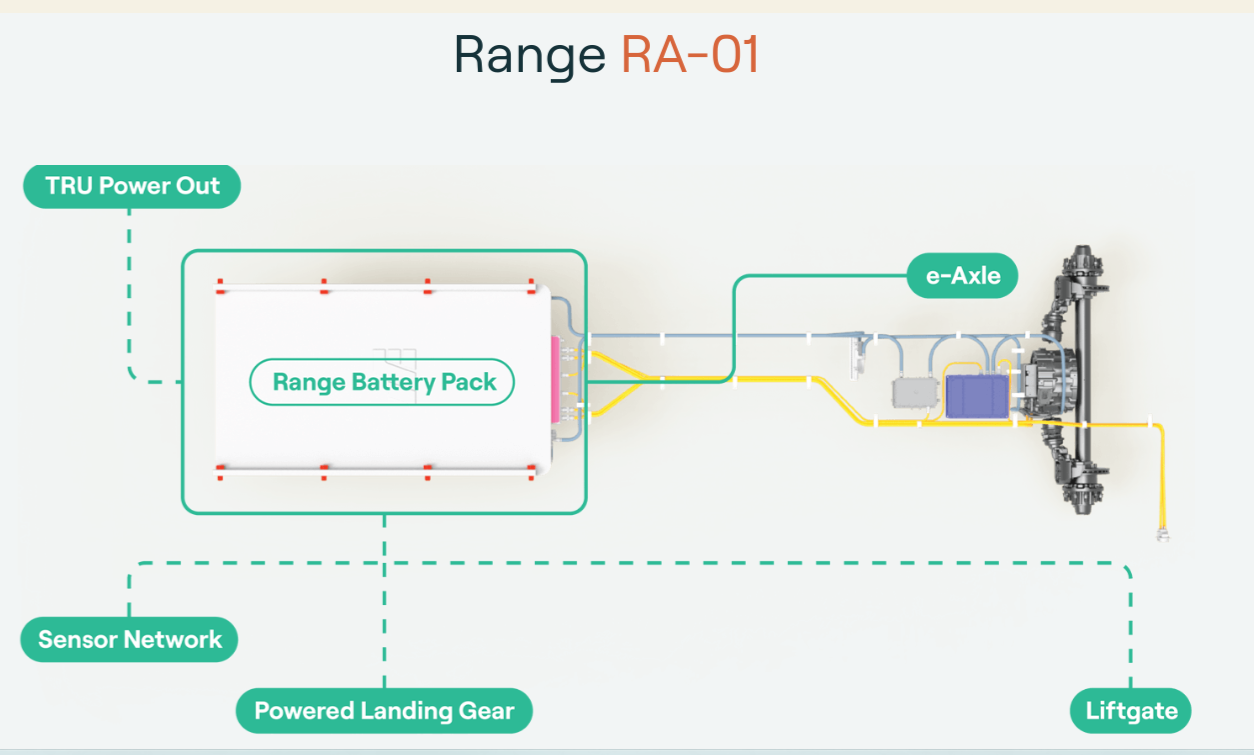

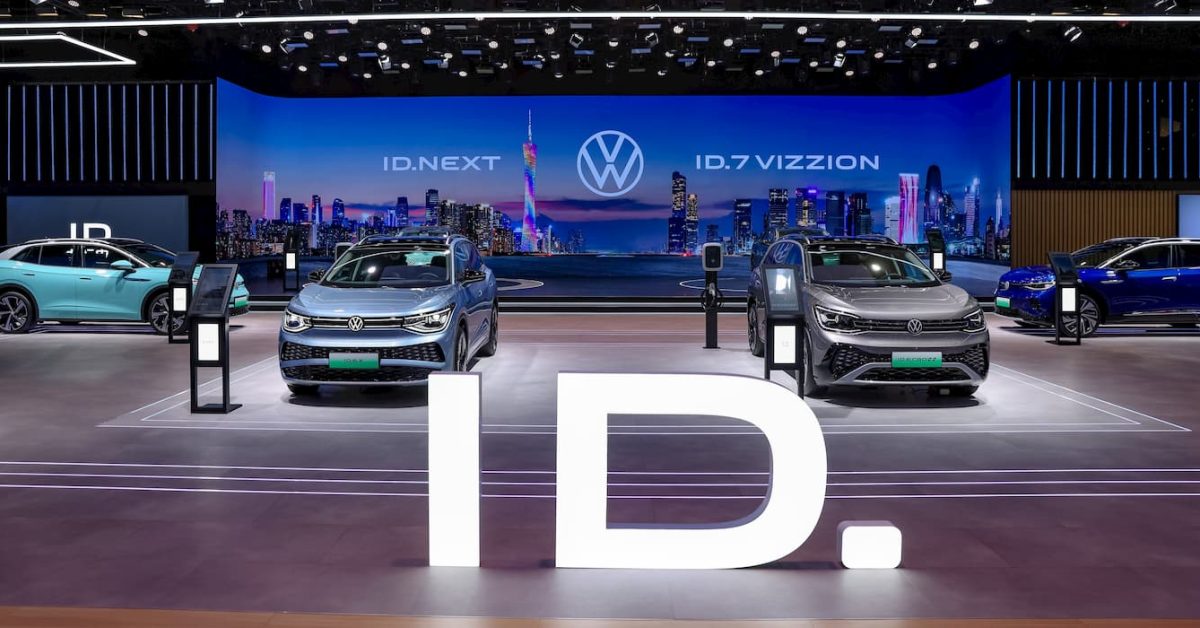

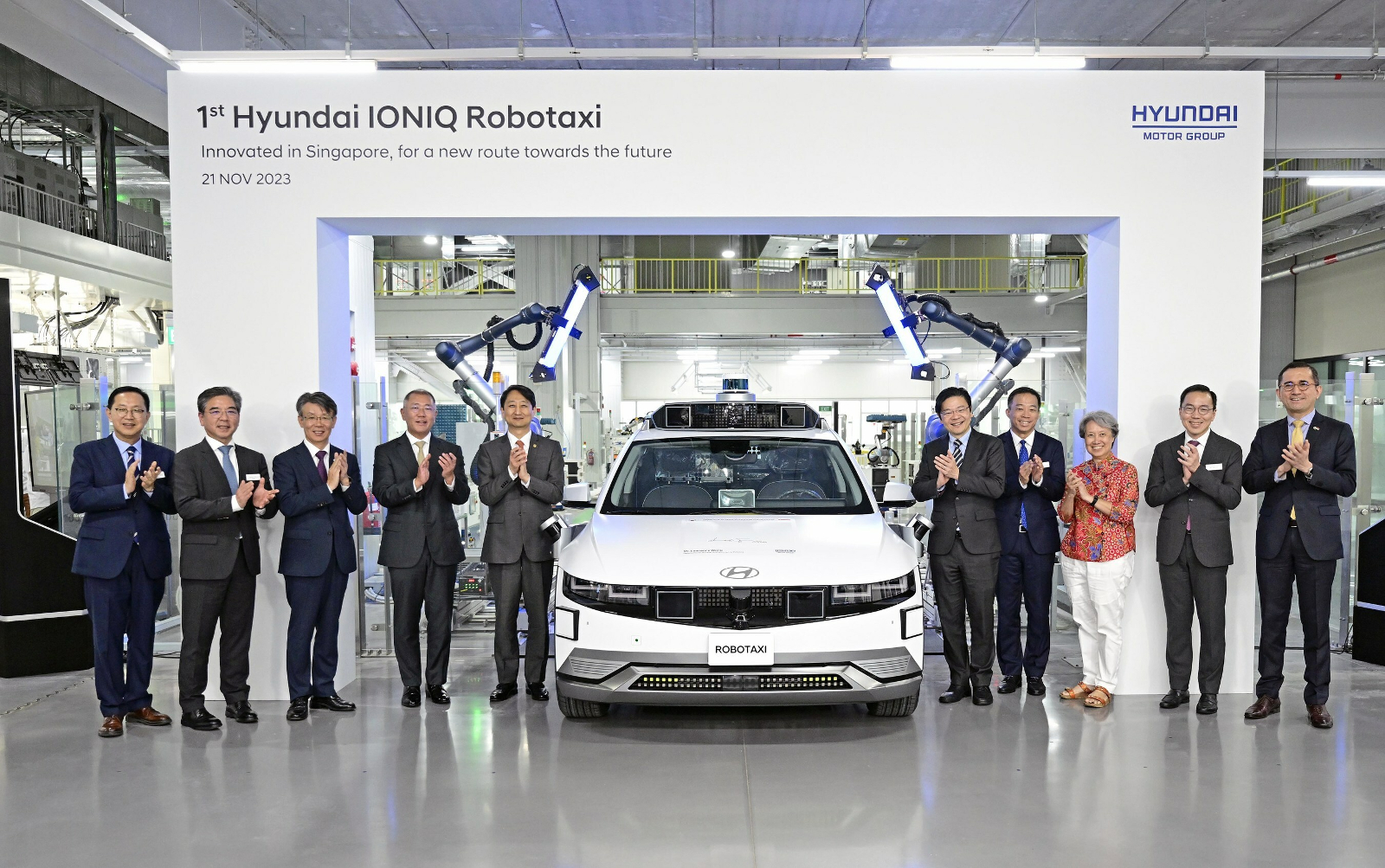




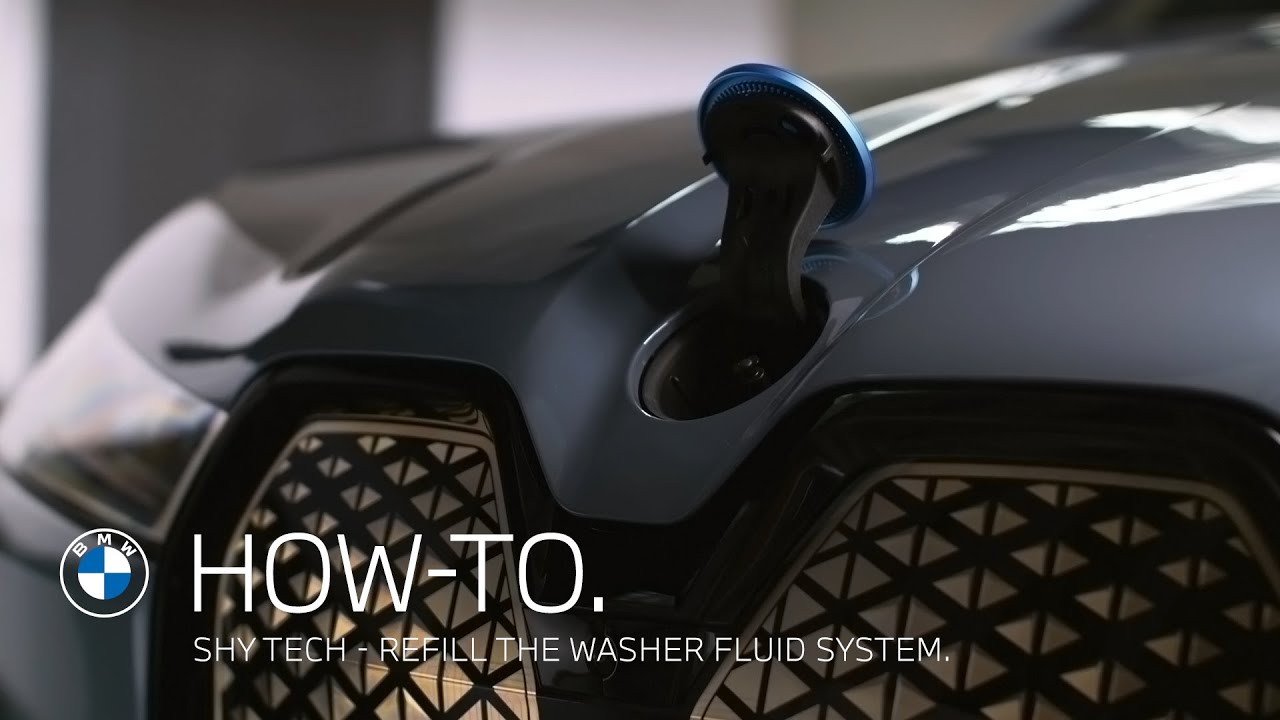




Leave a Reply
You must be logged in to post a comment.